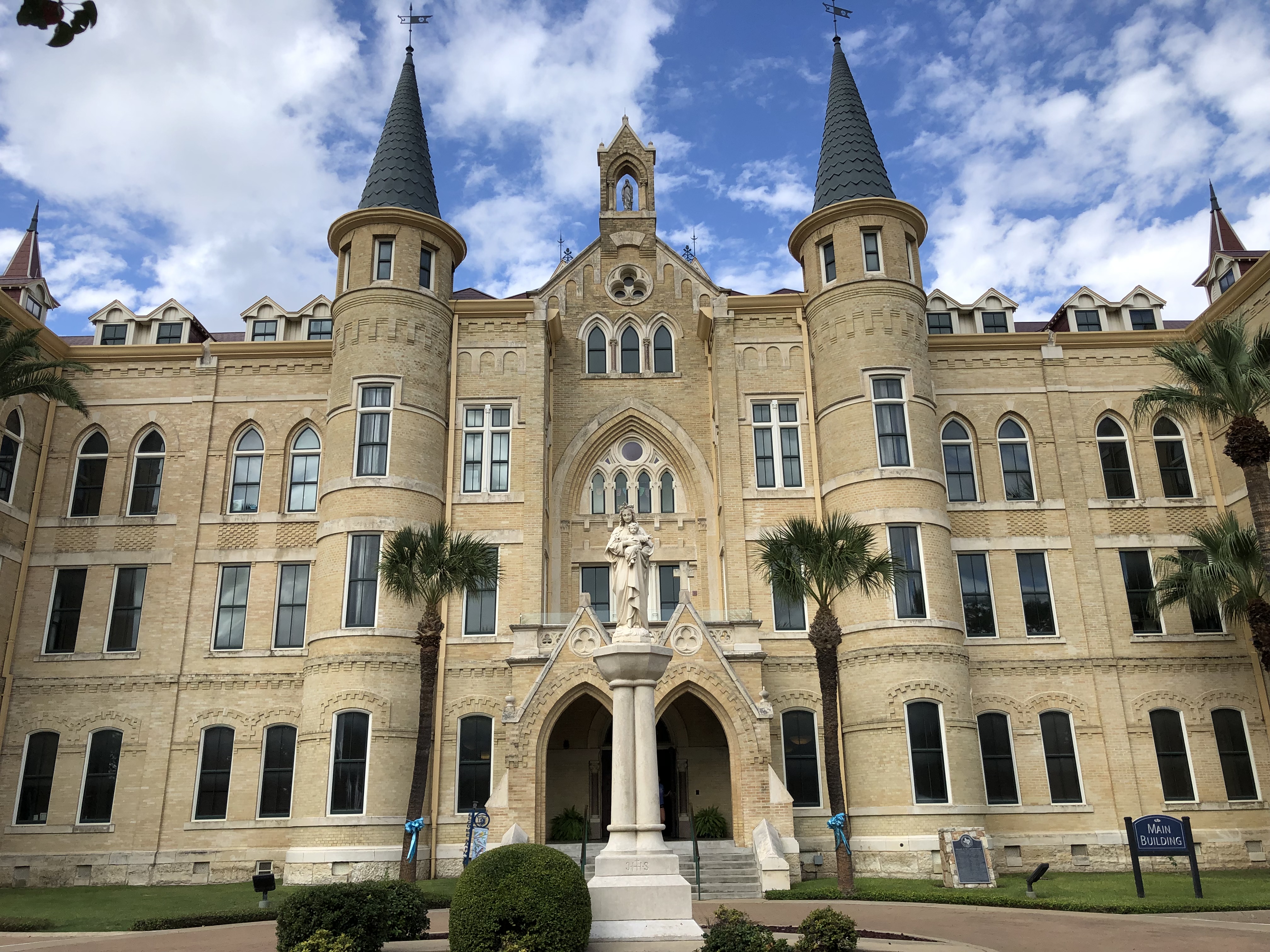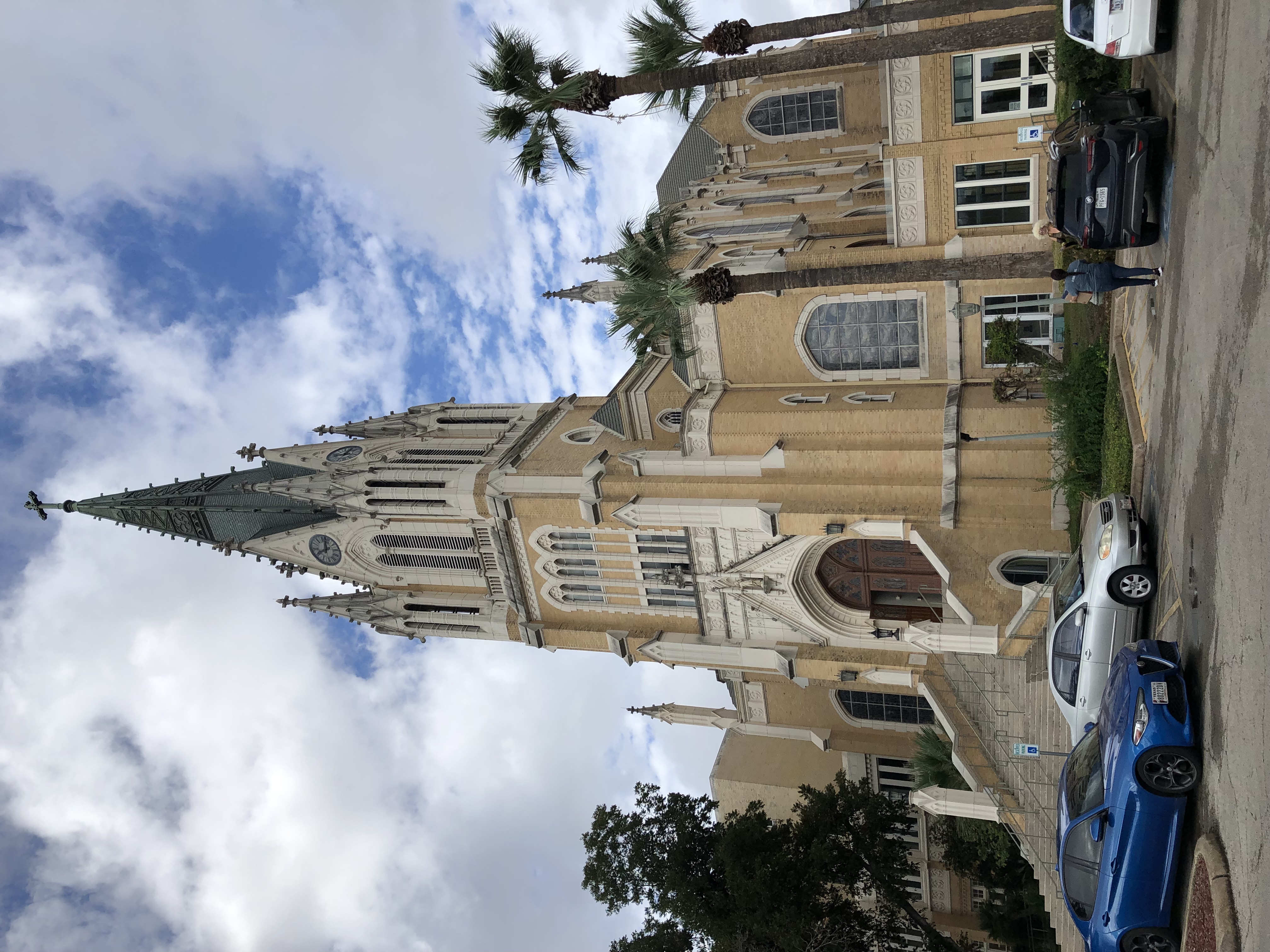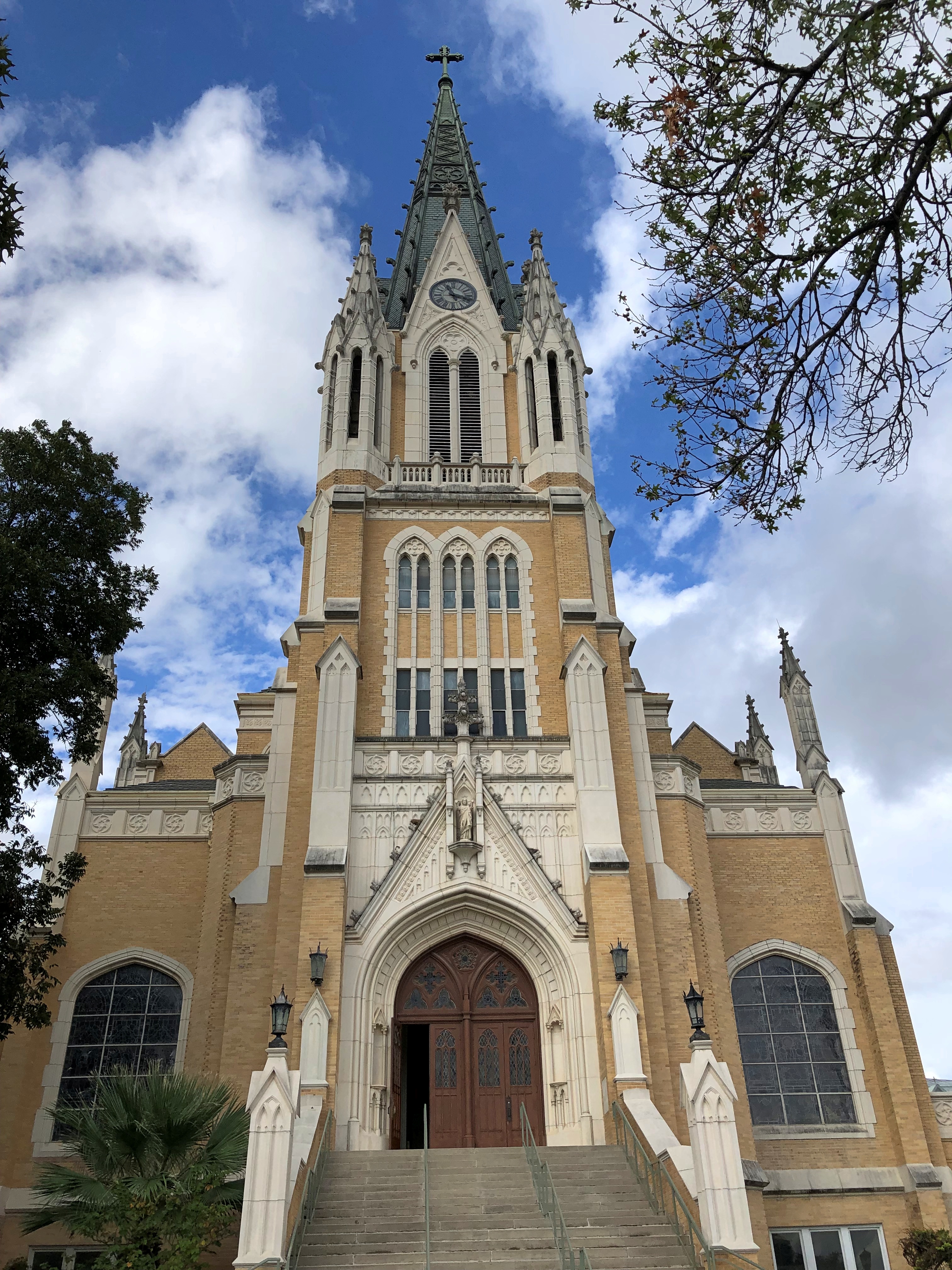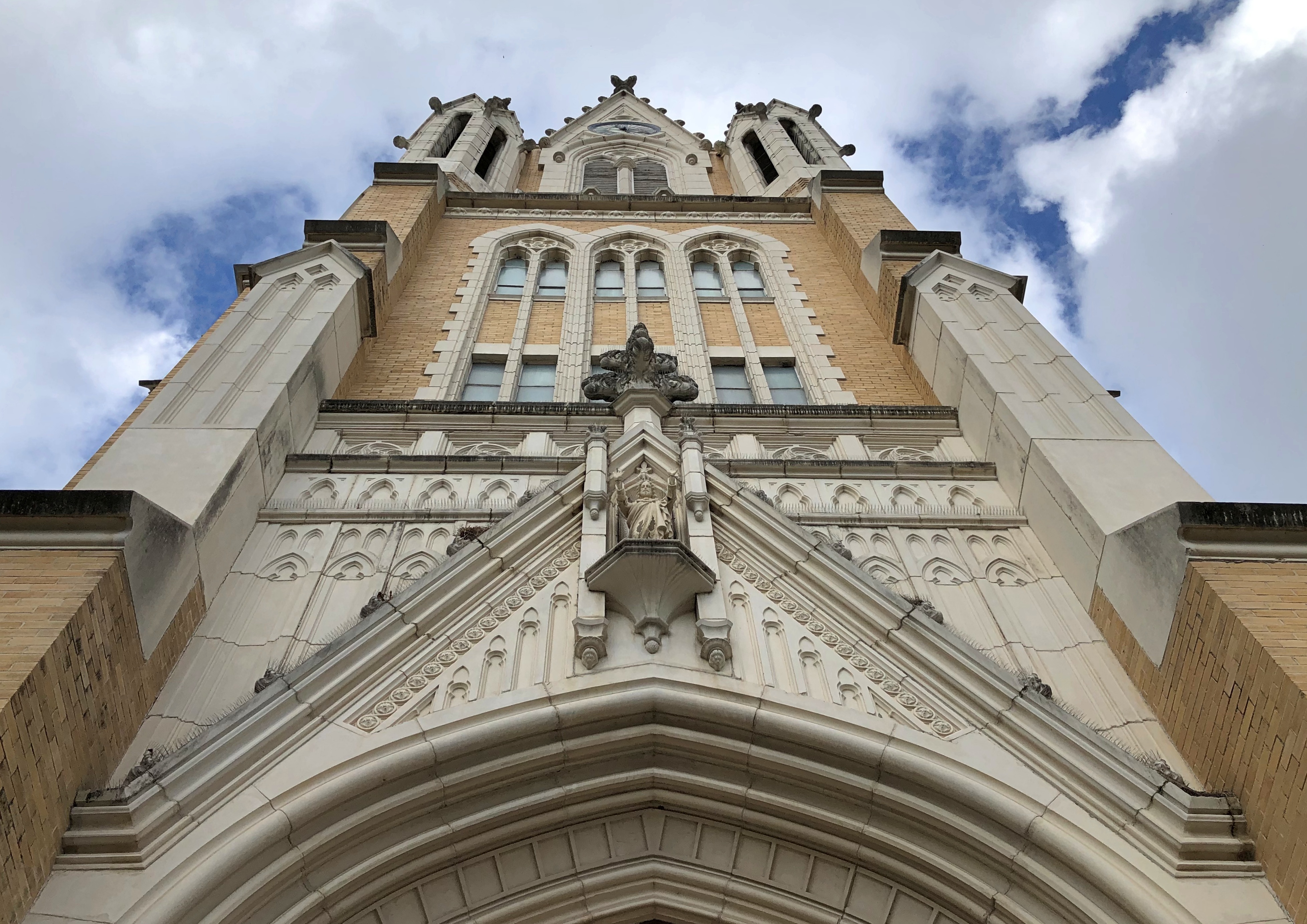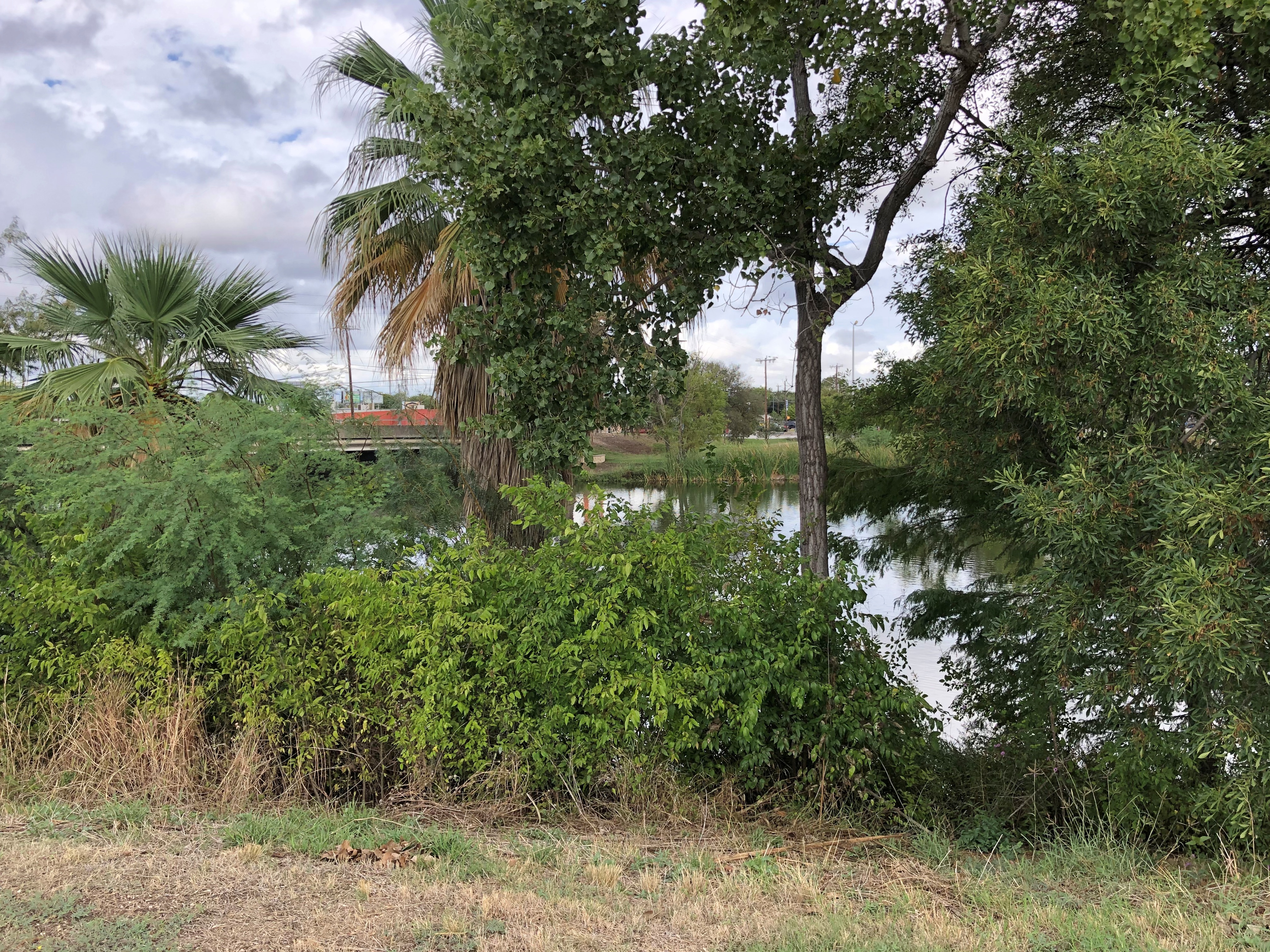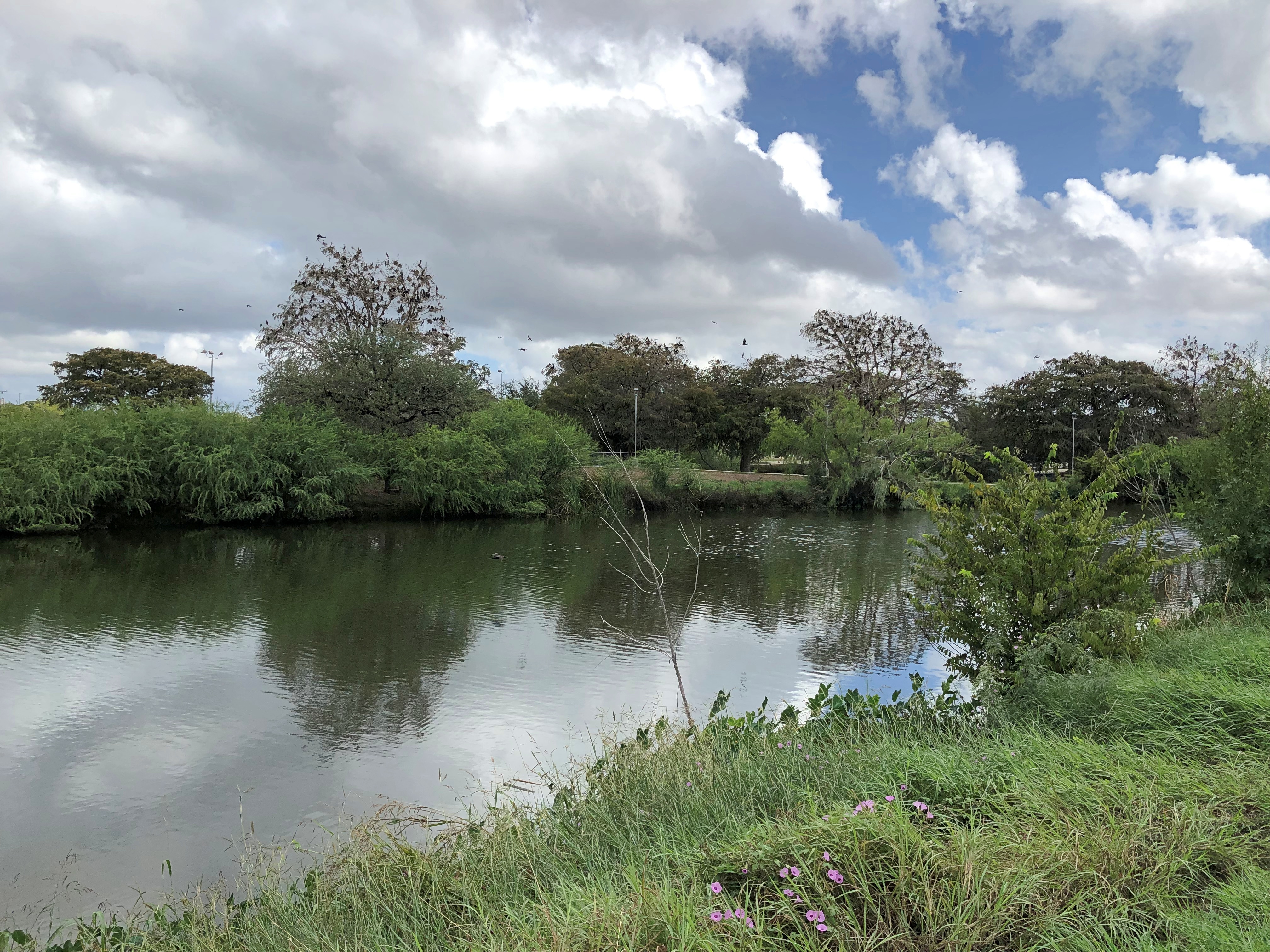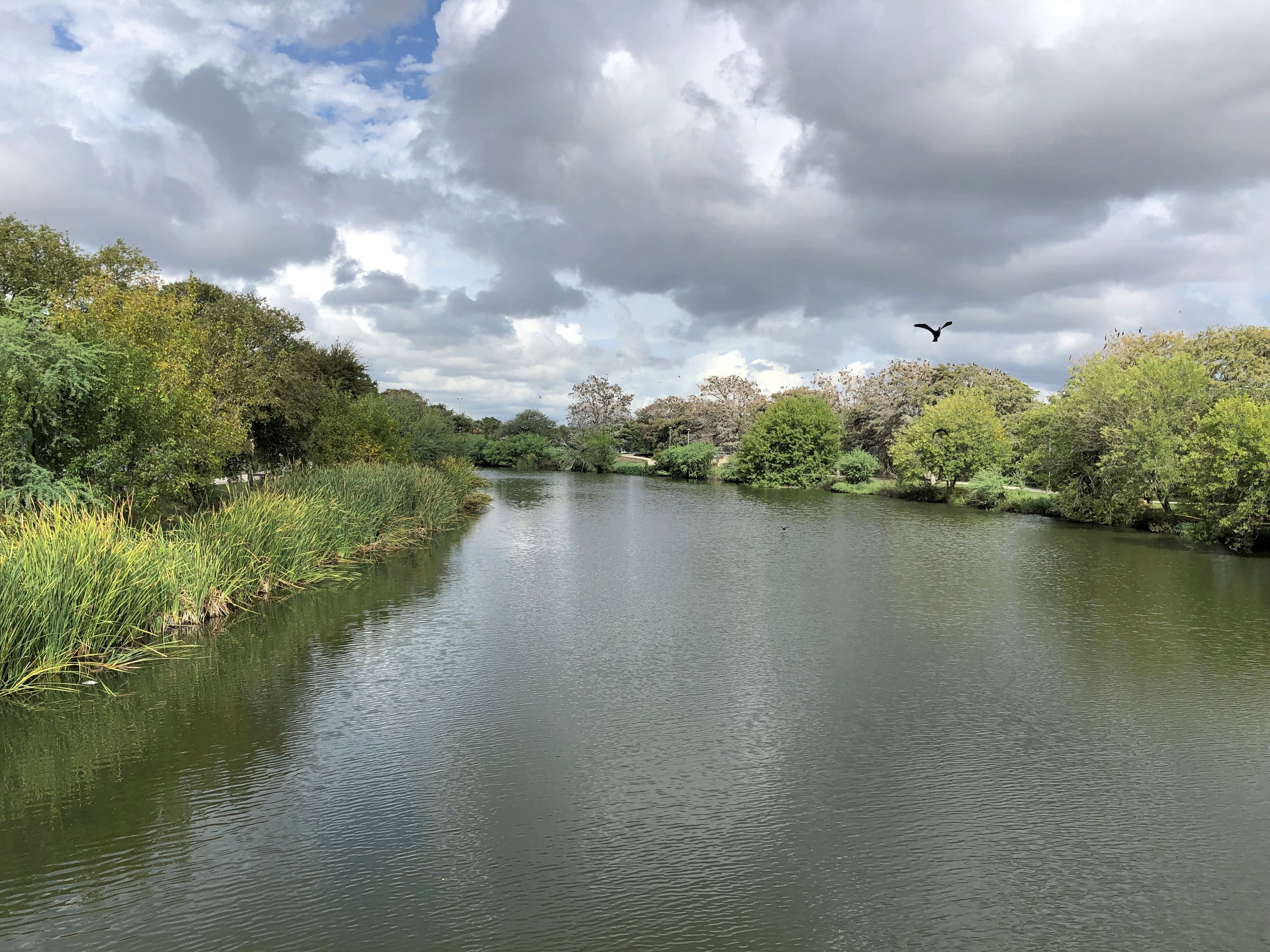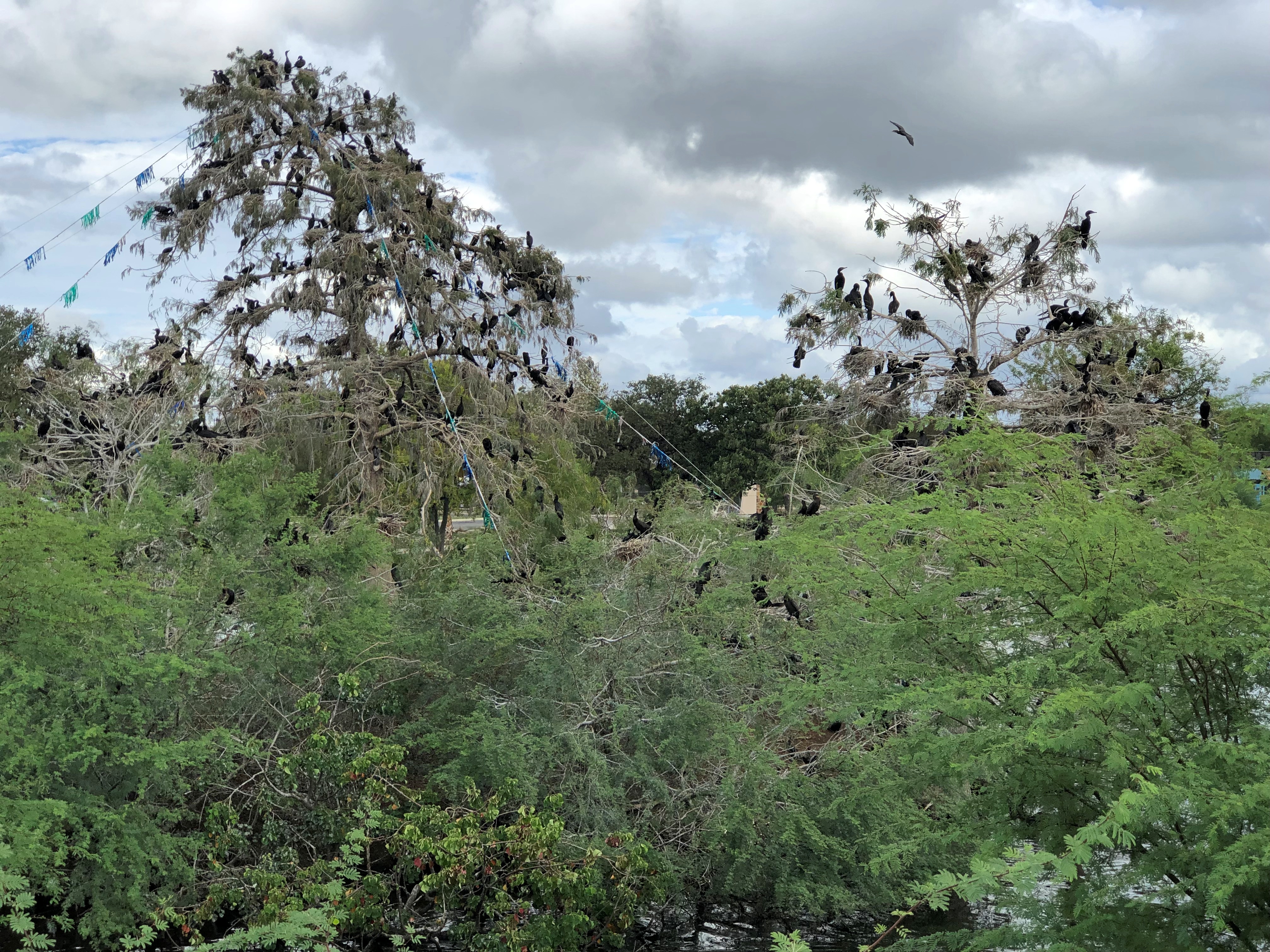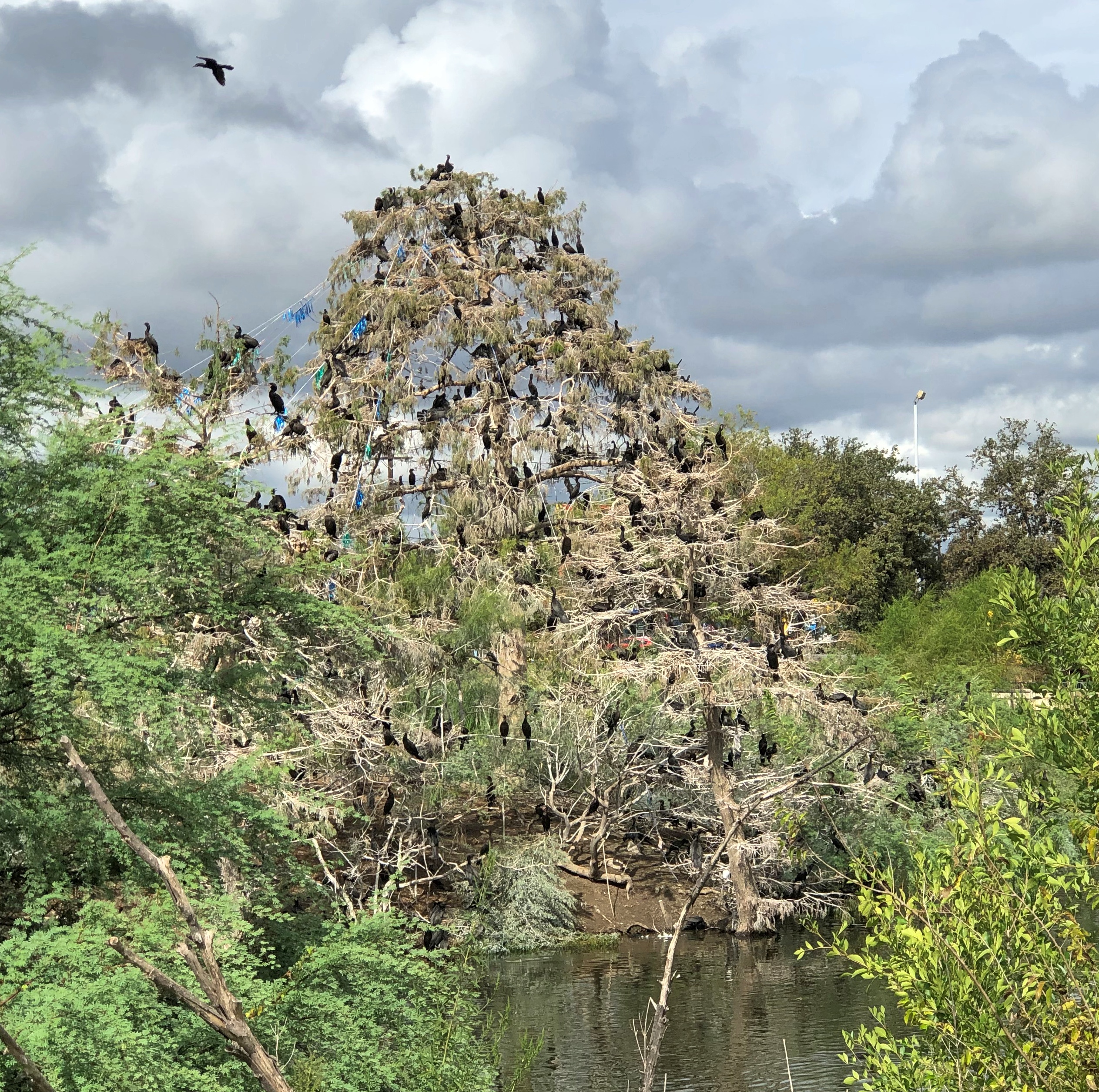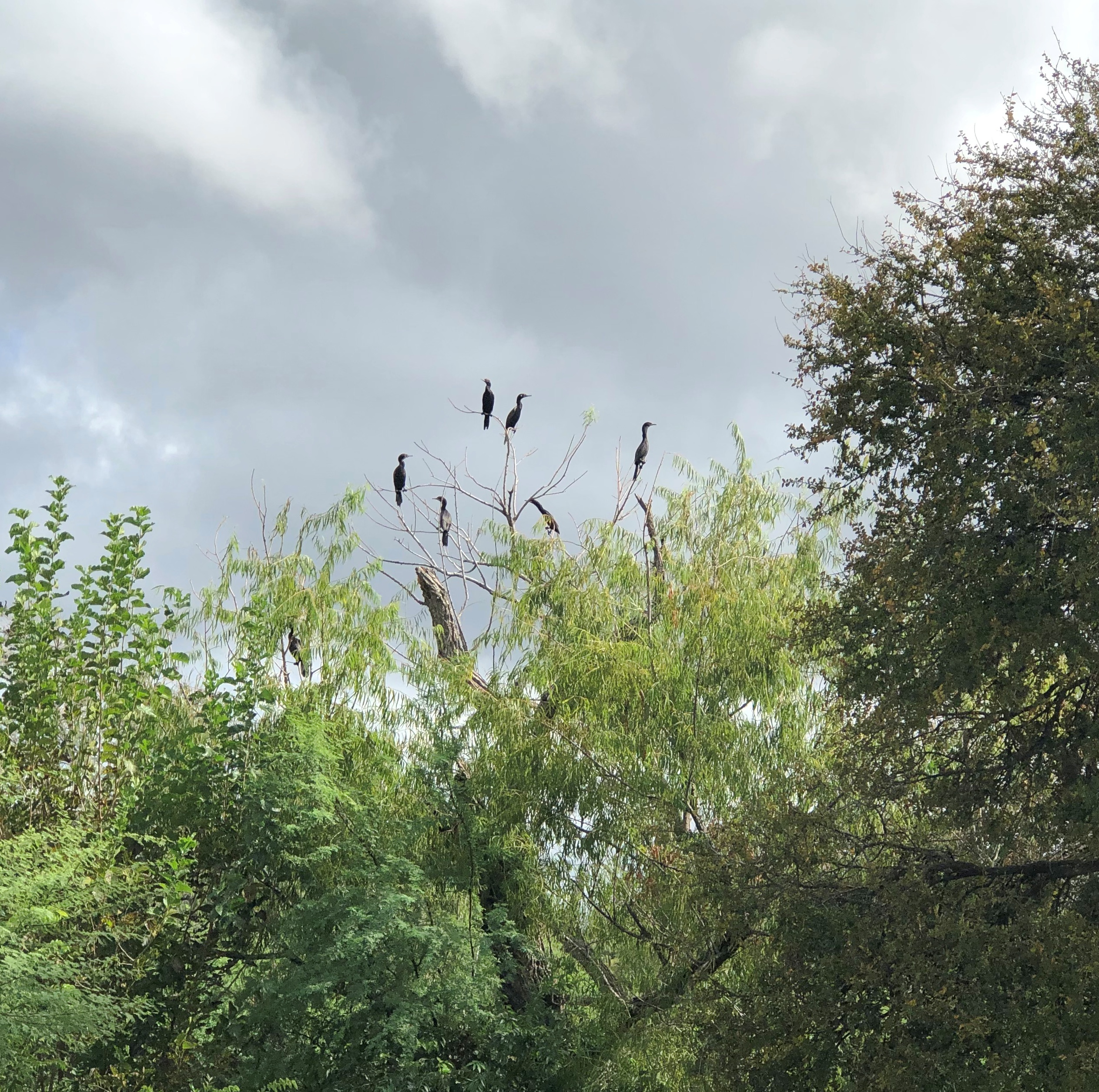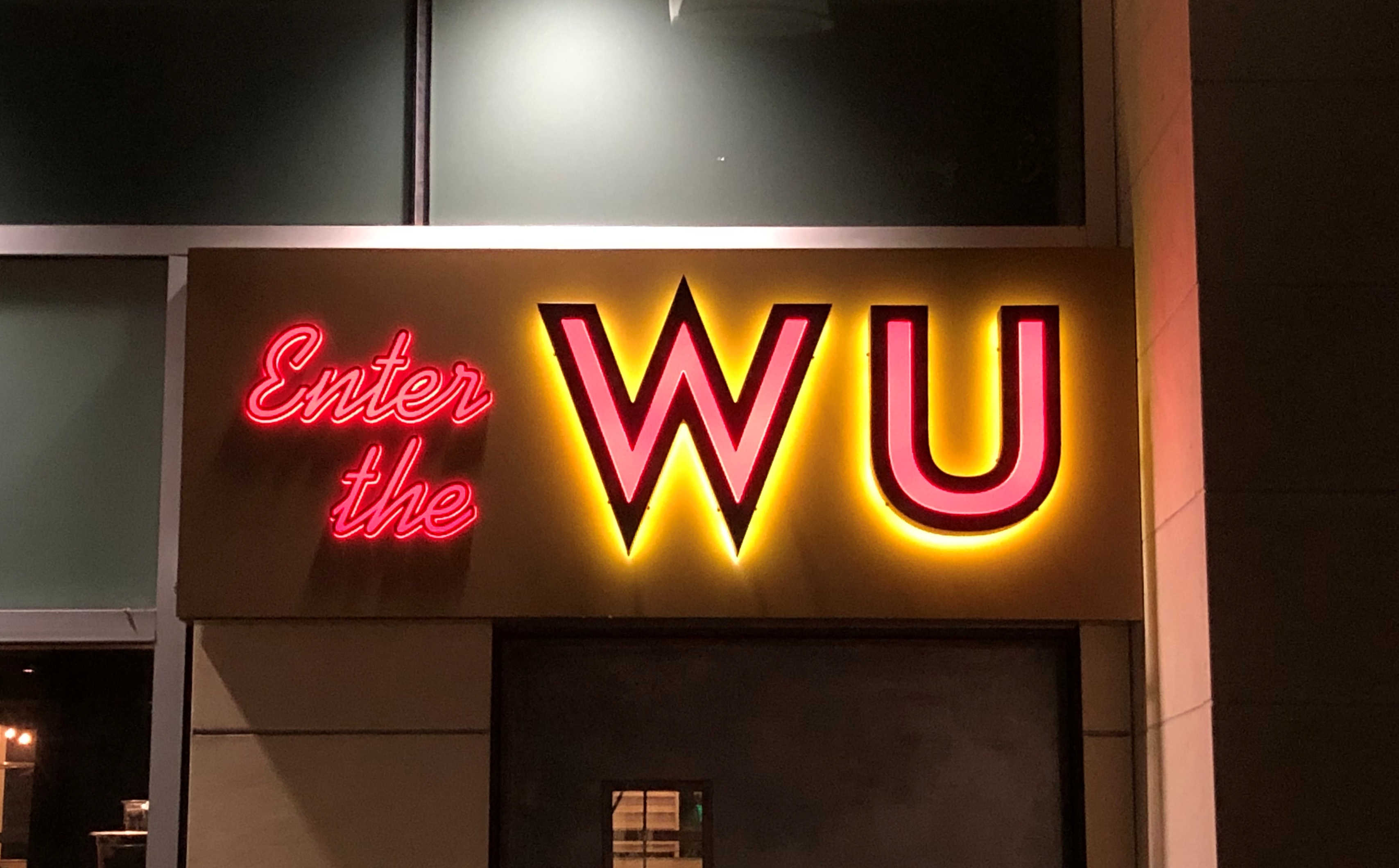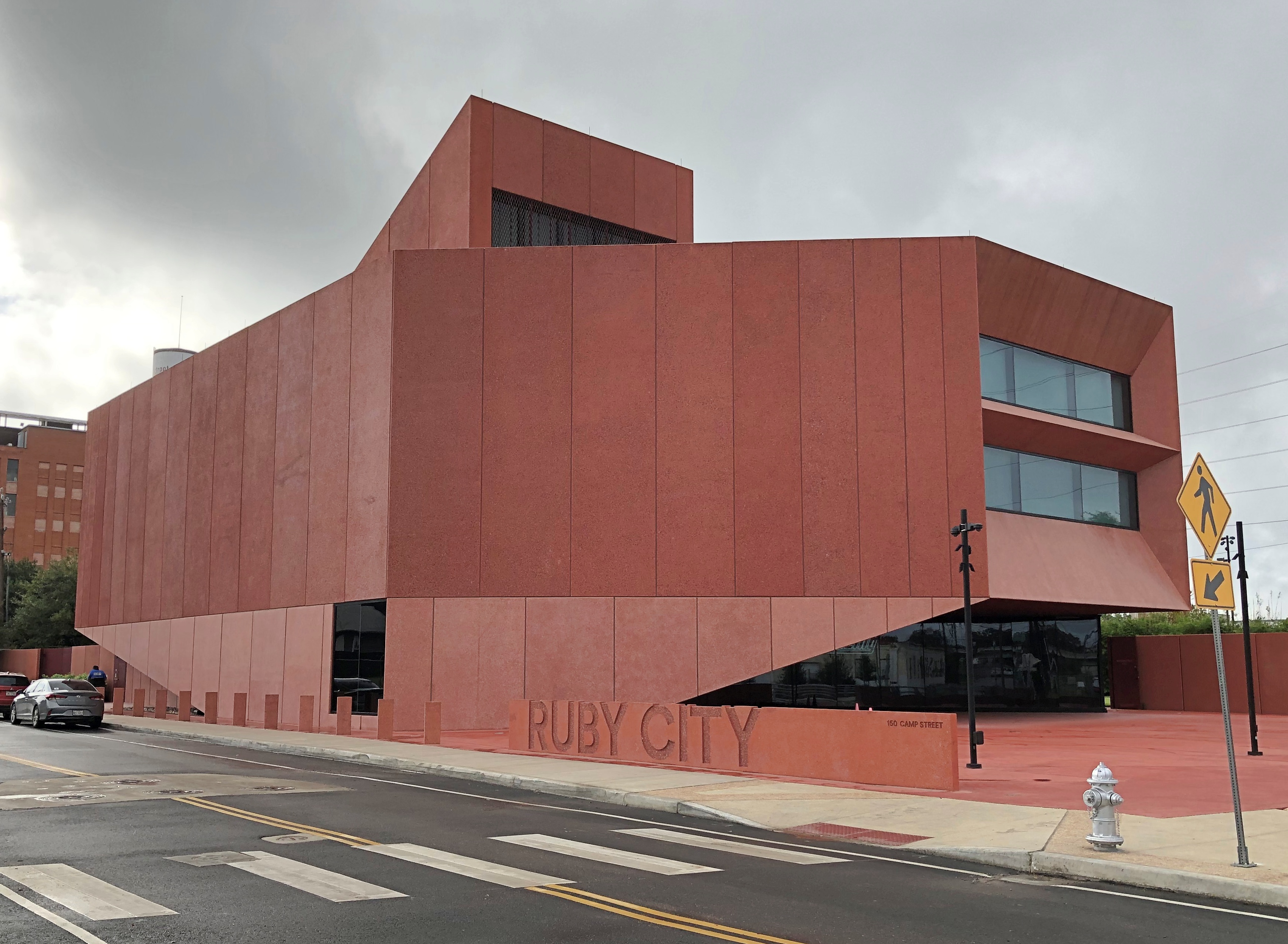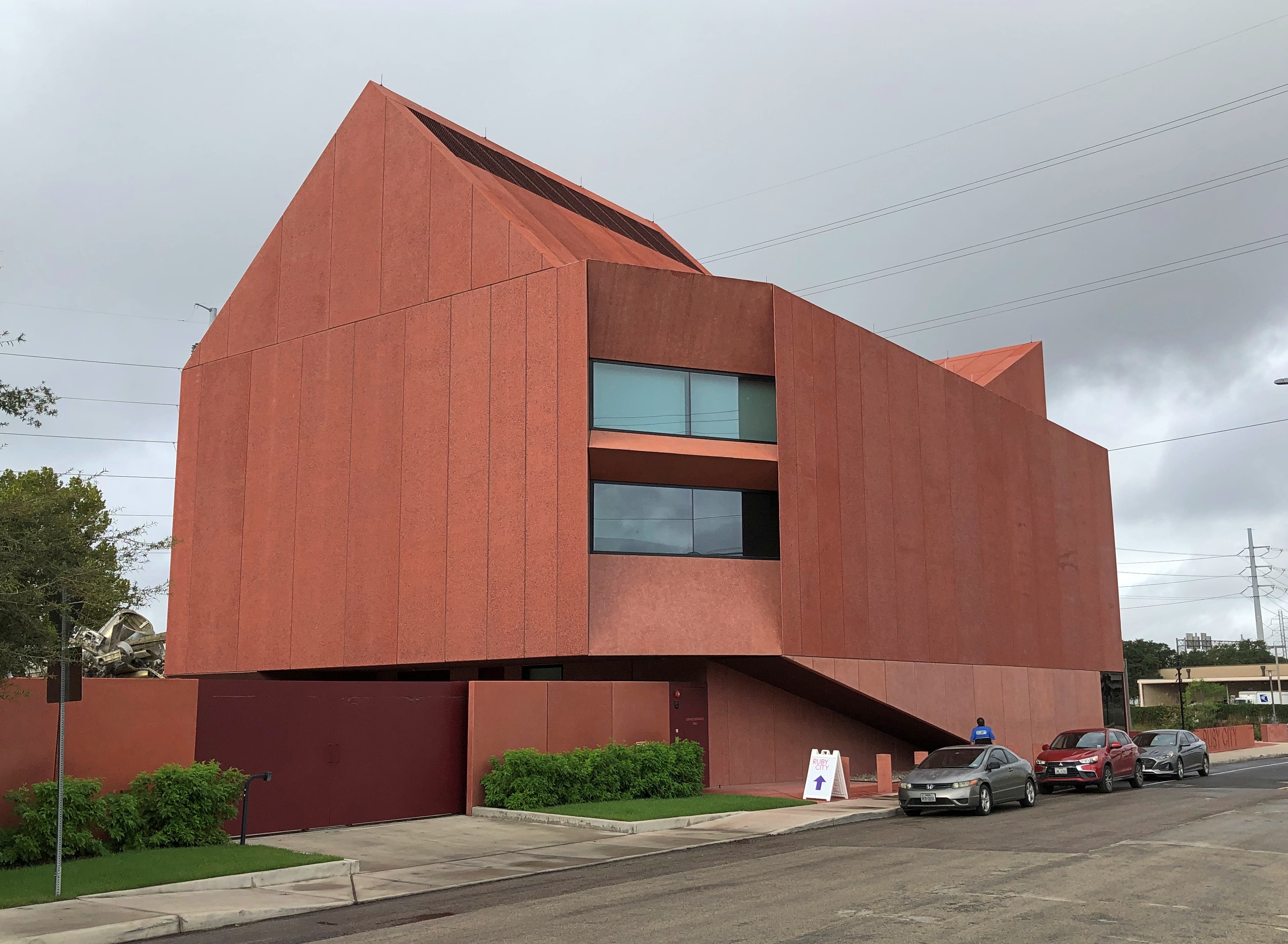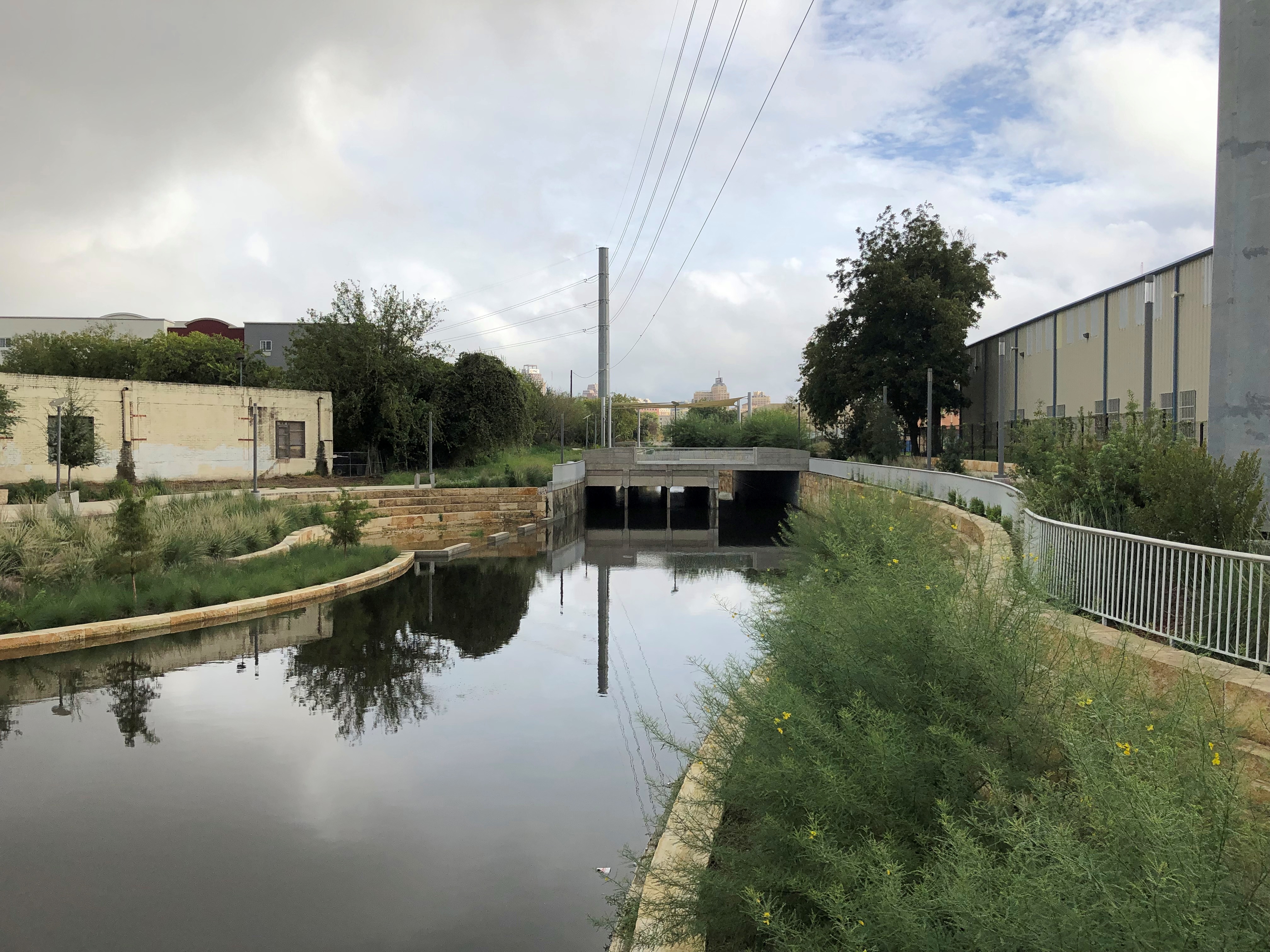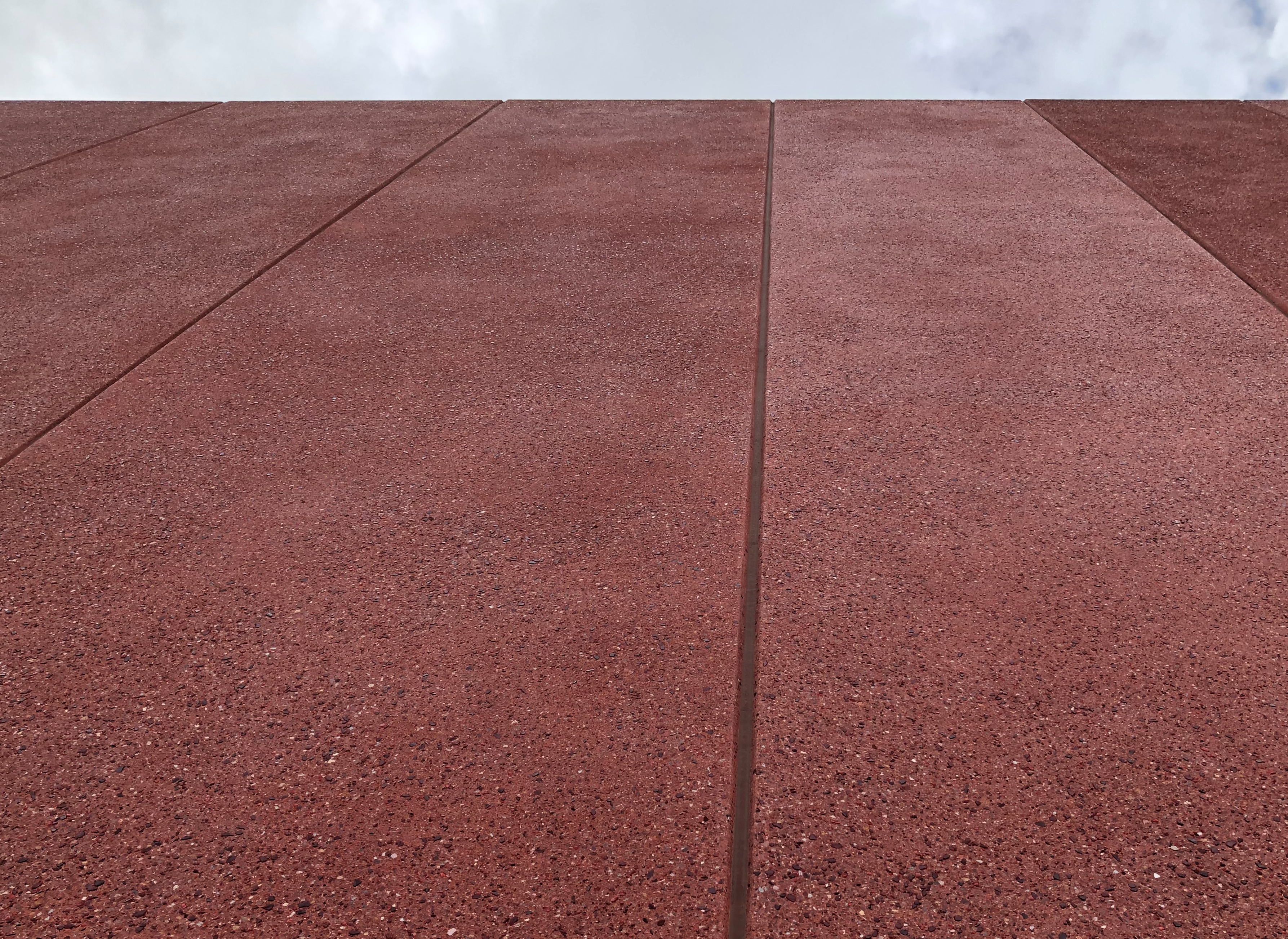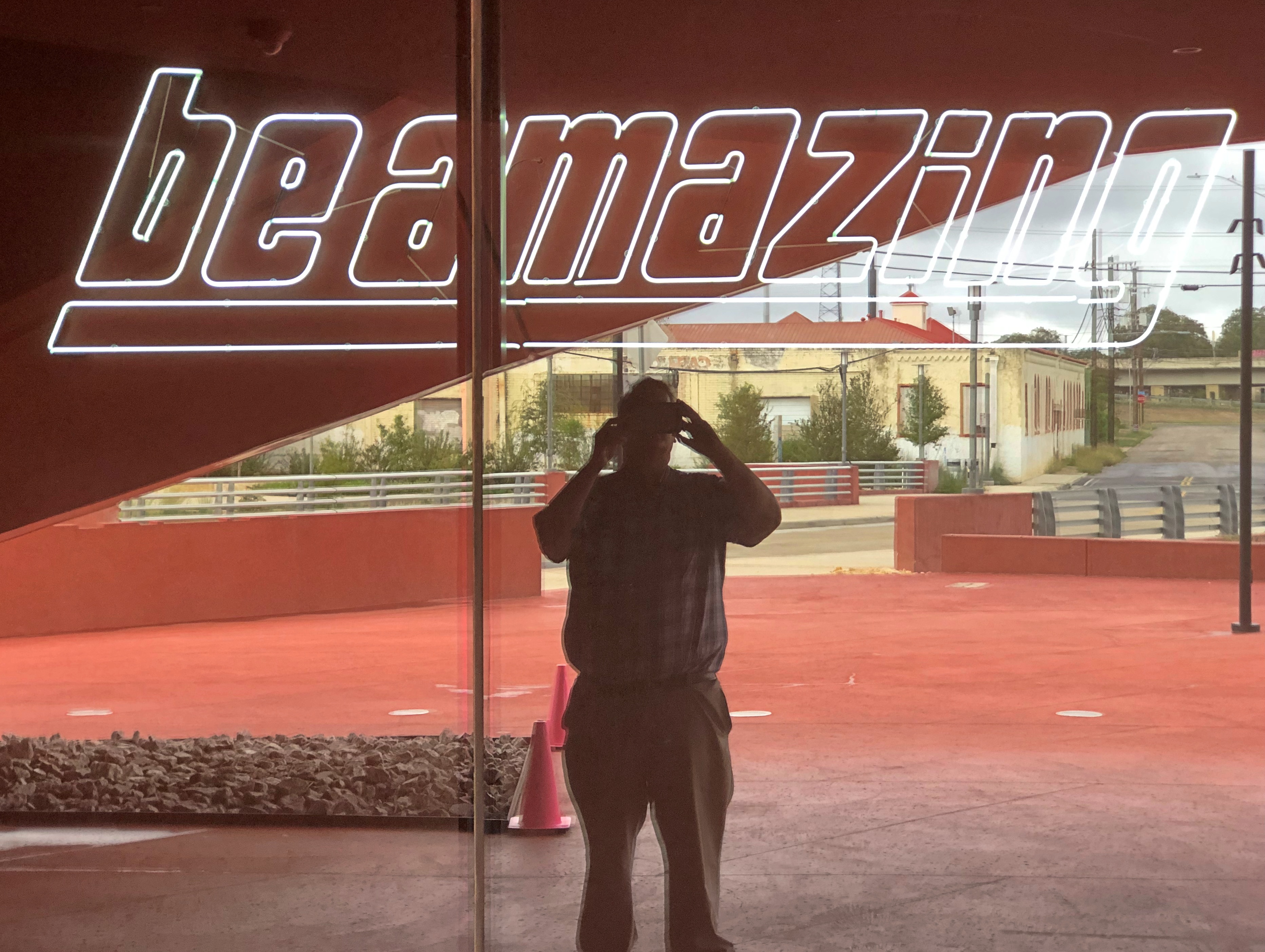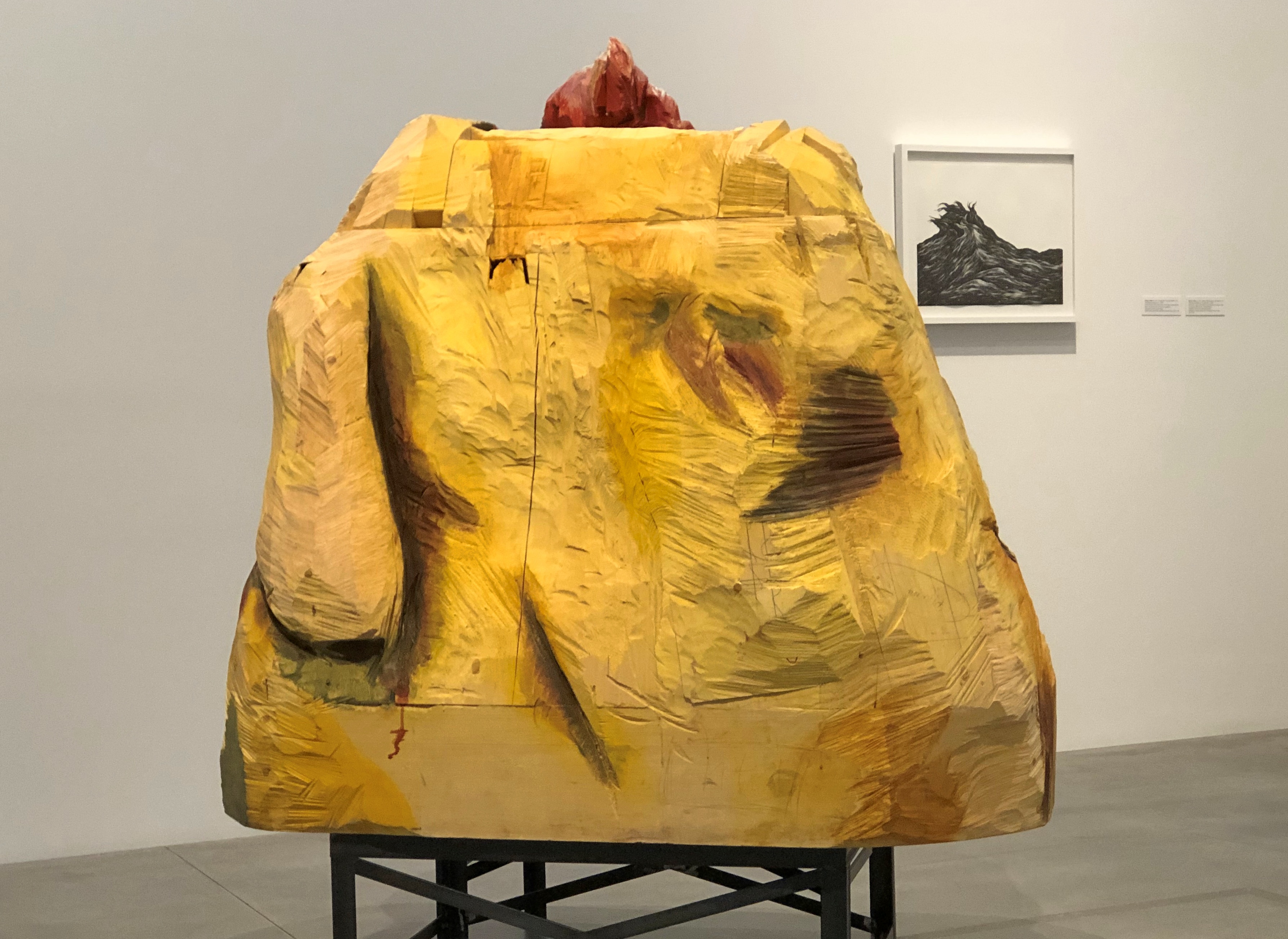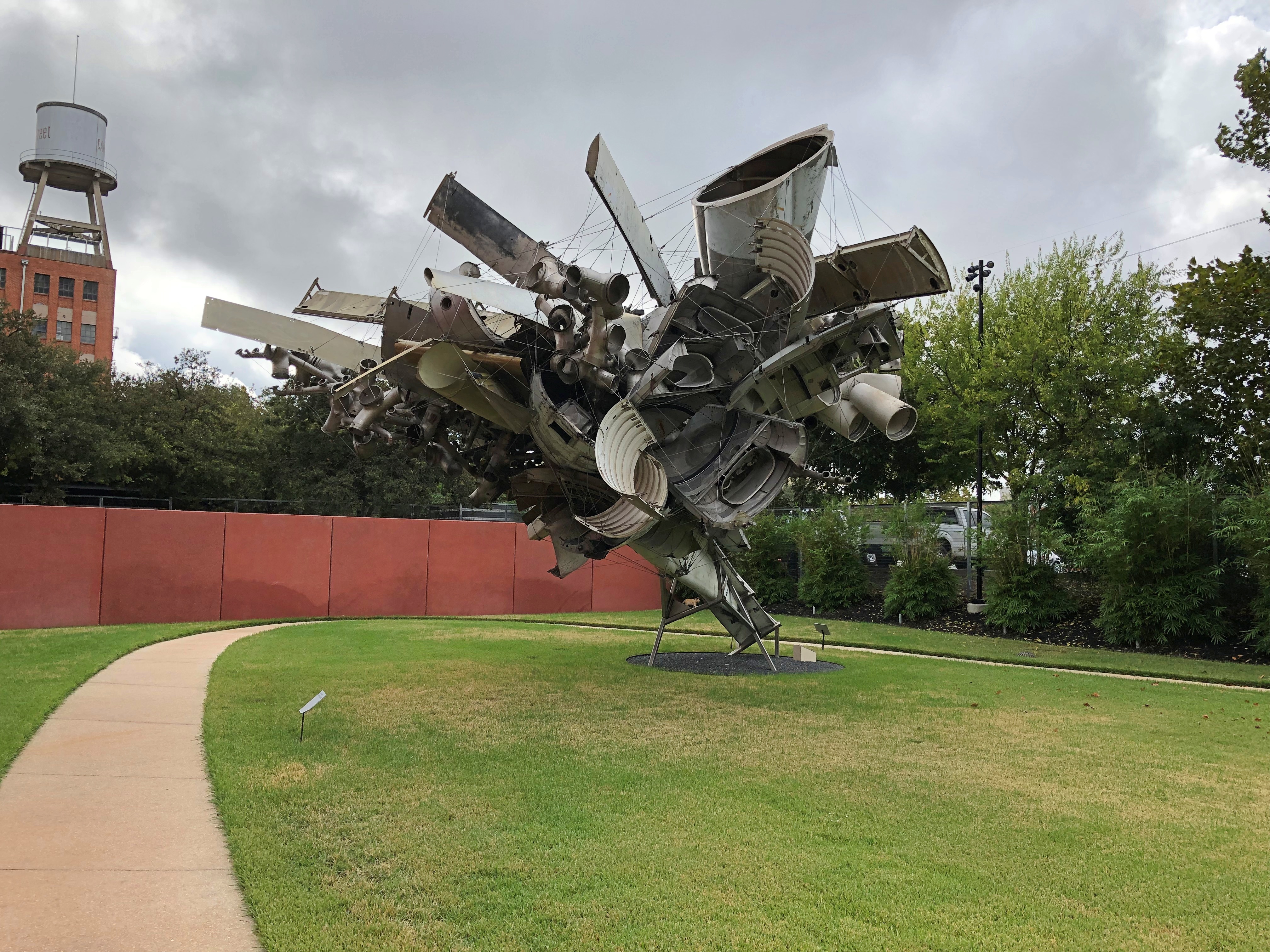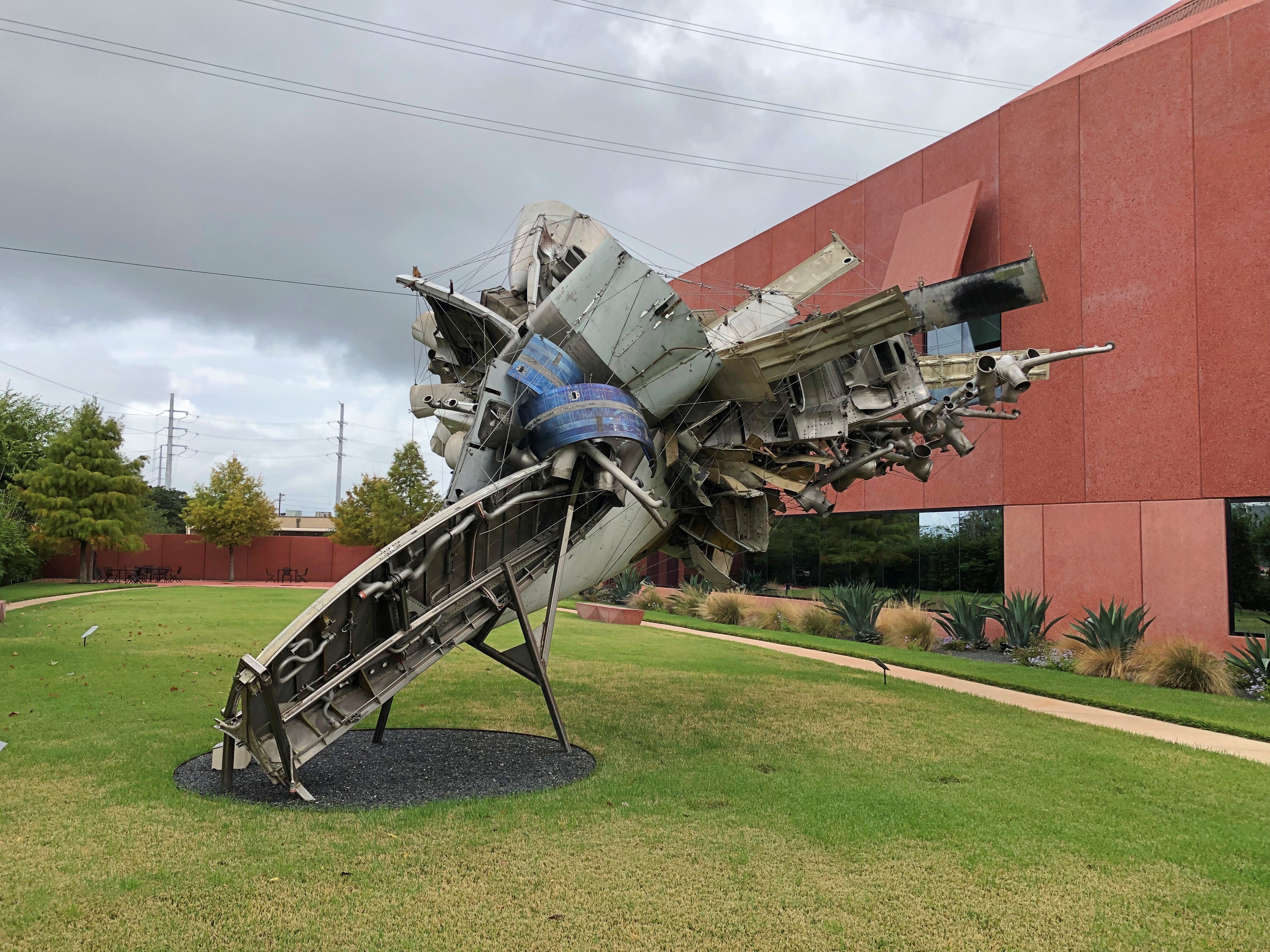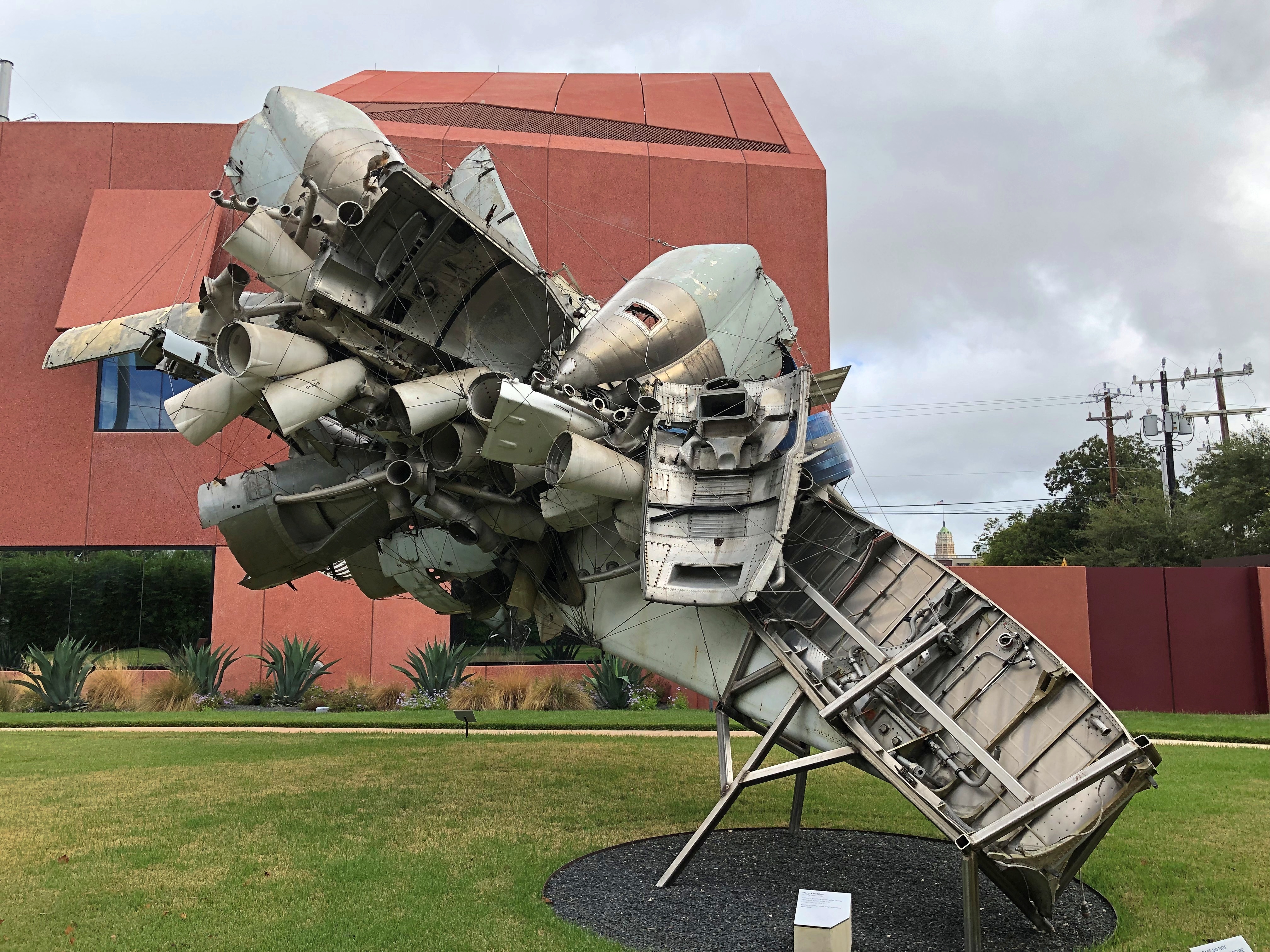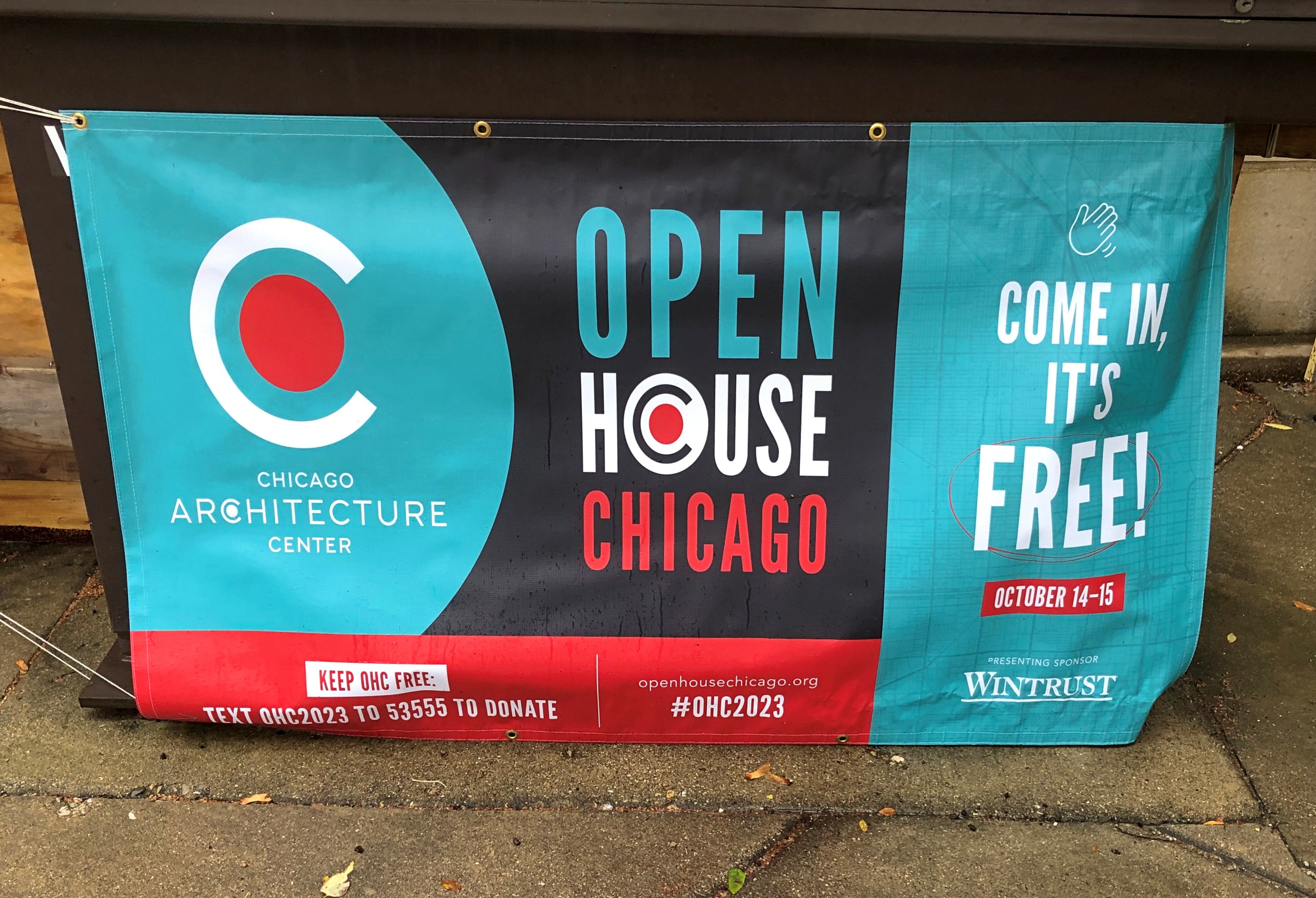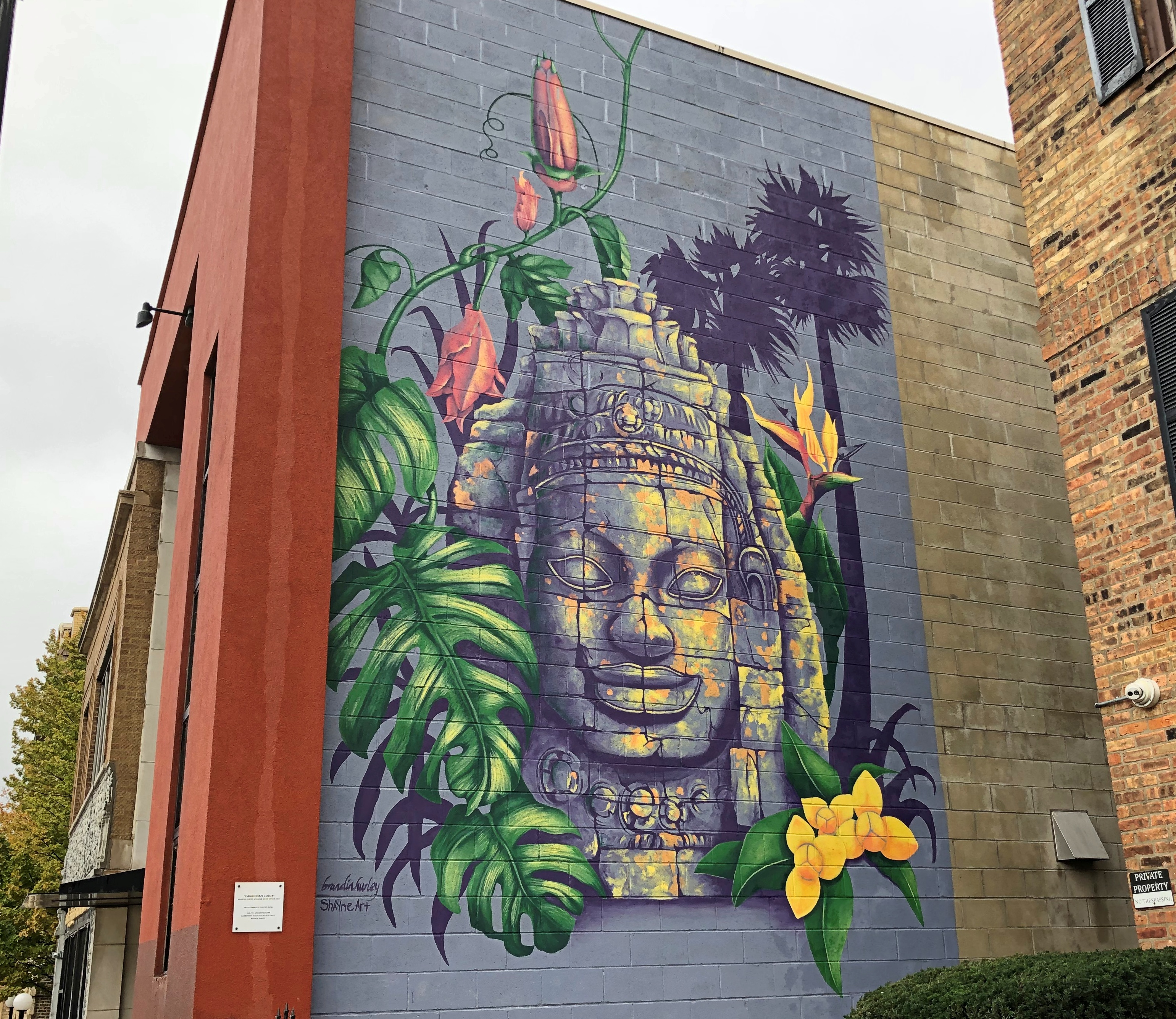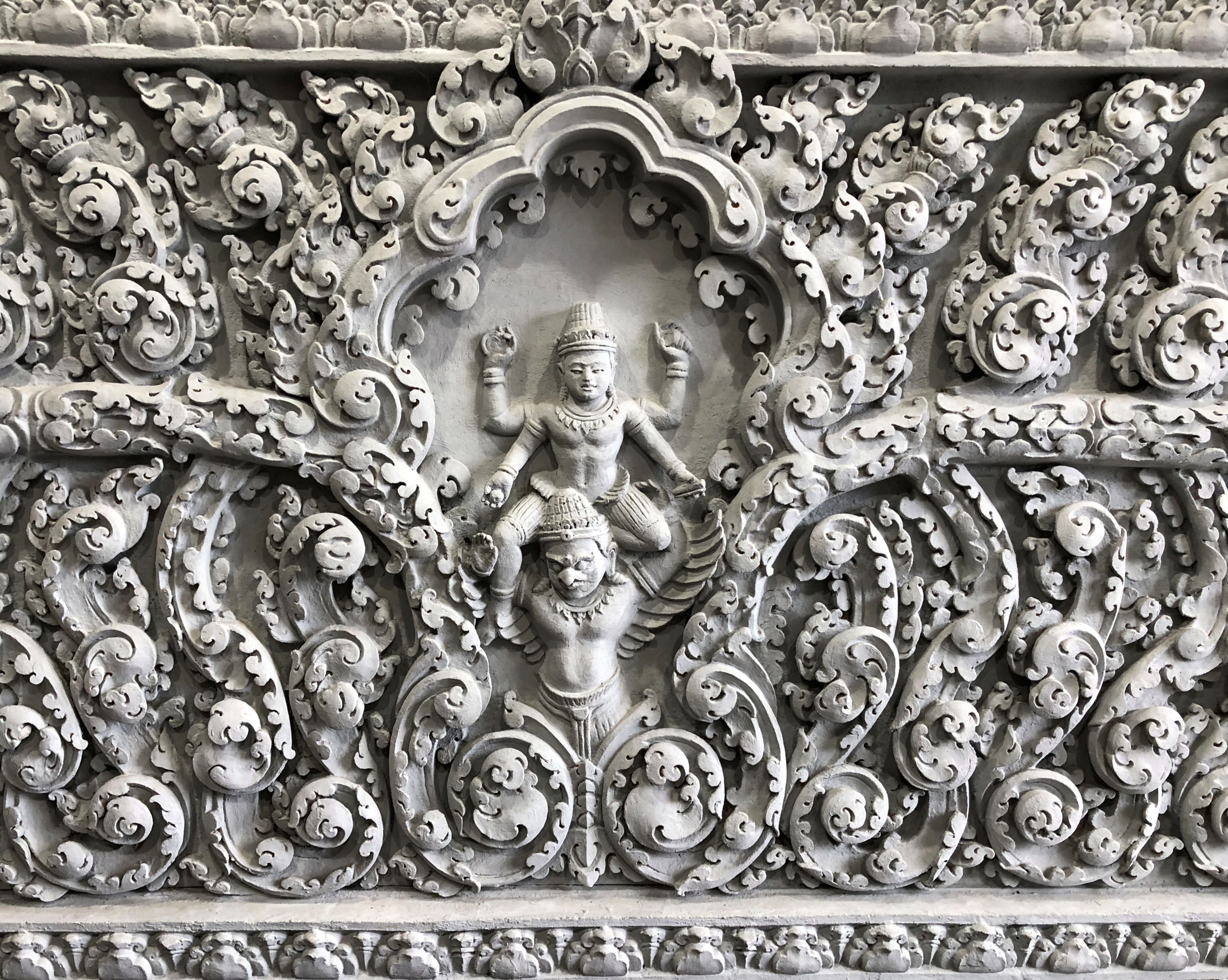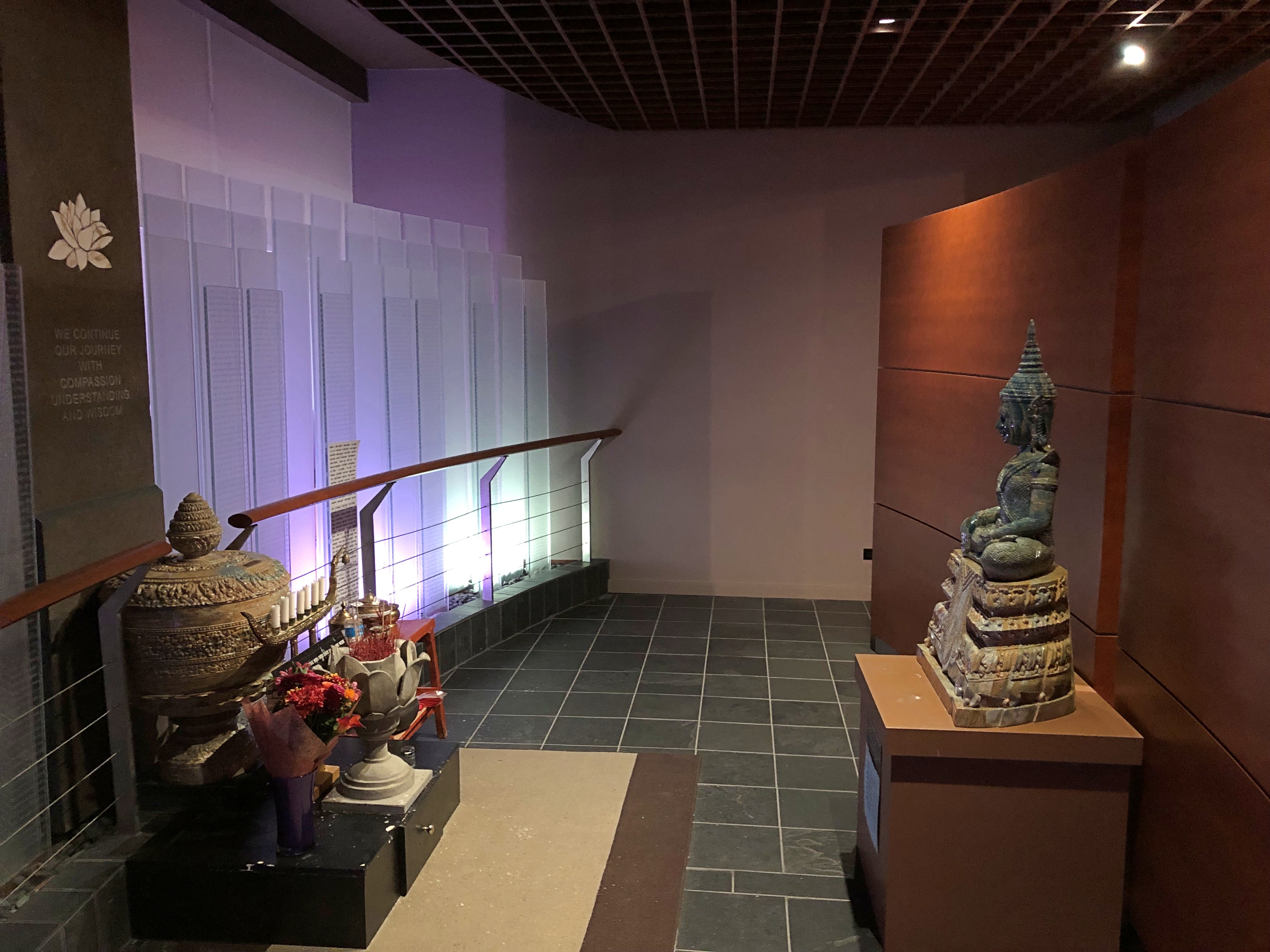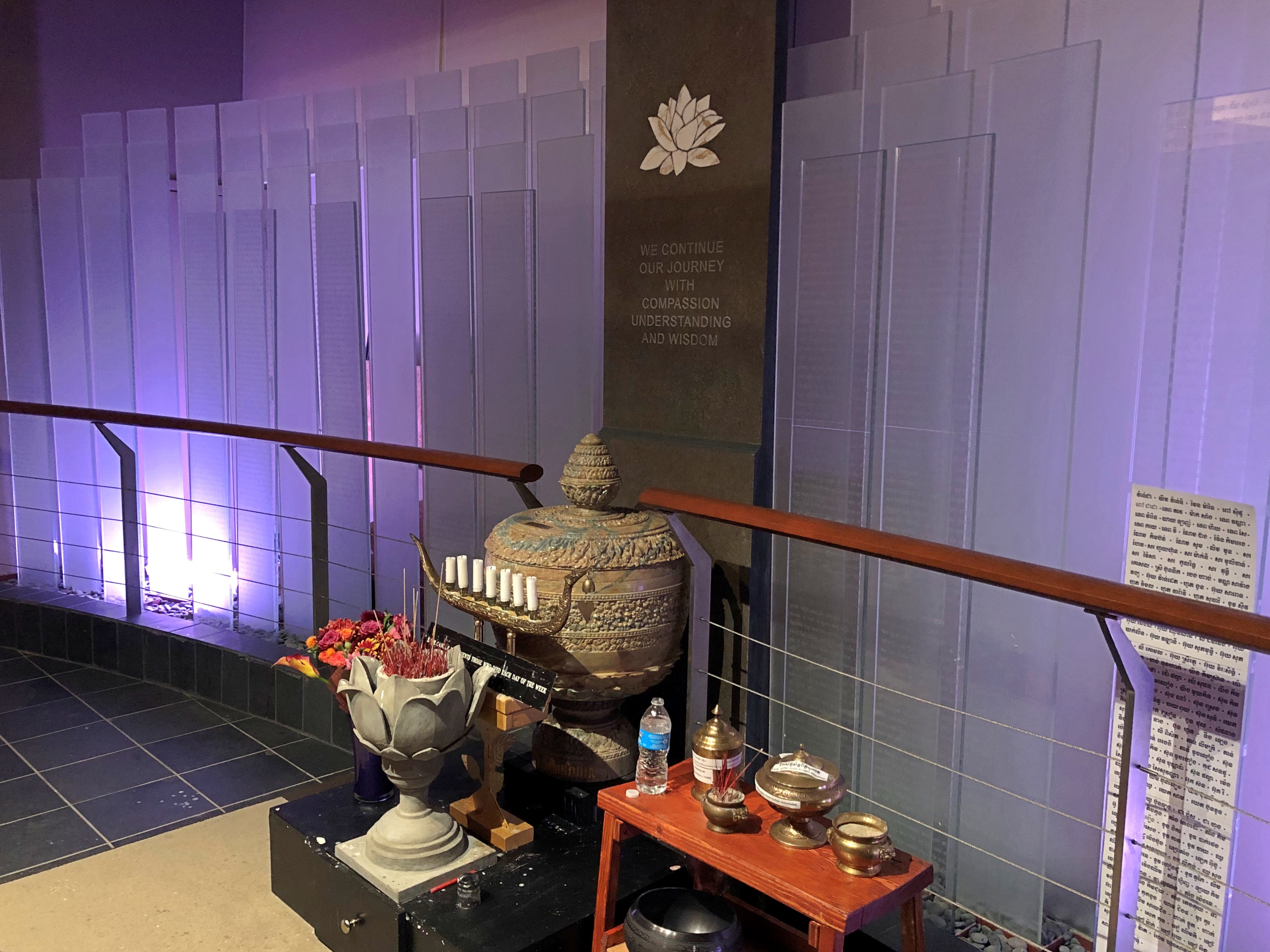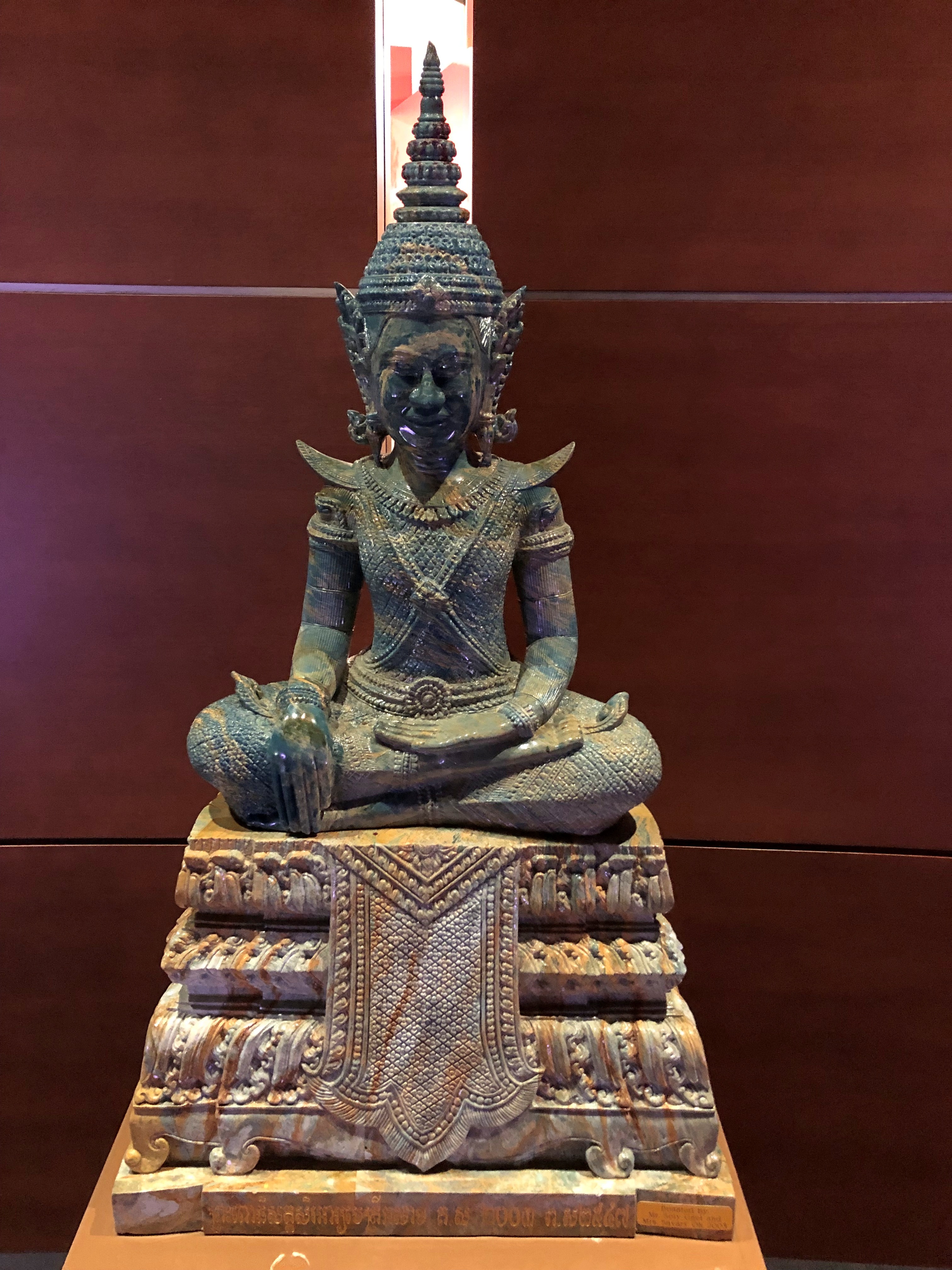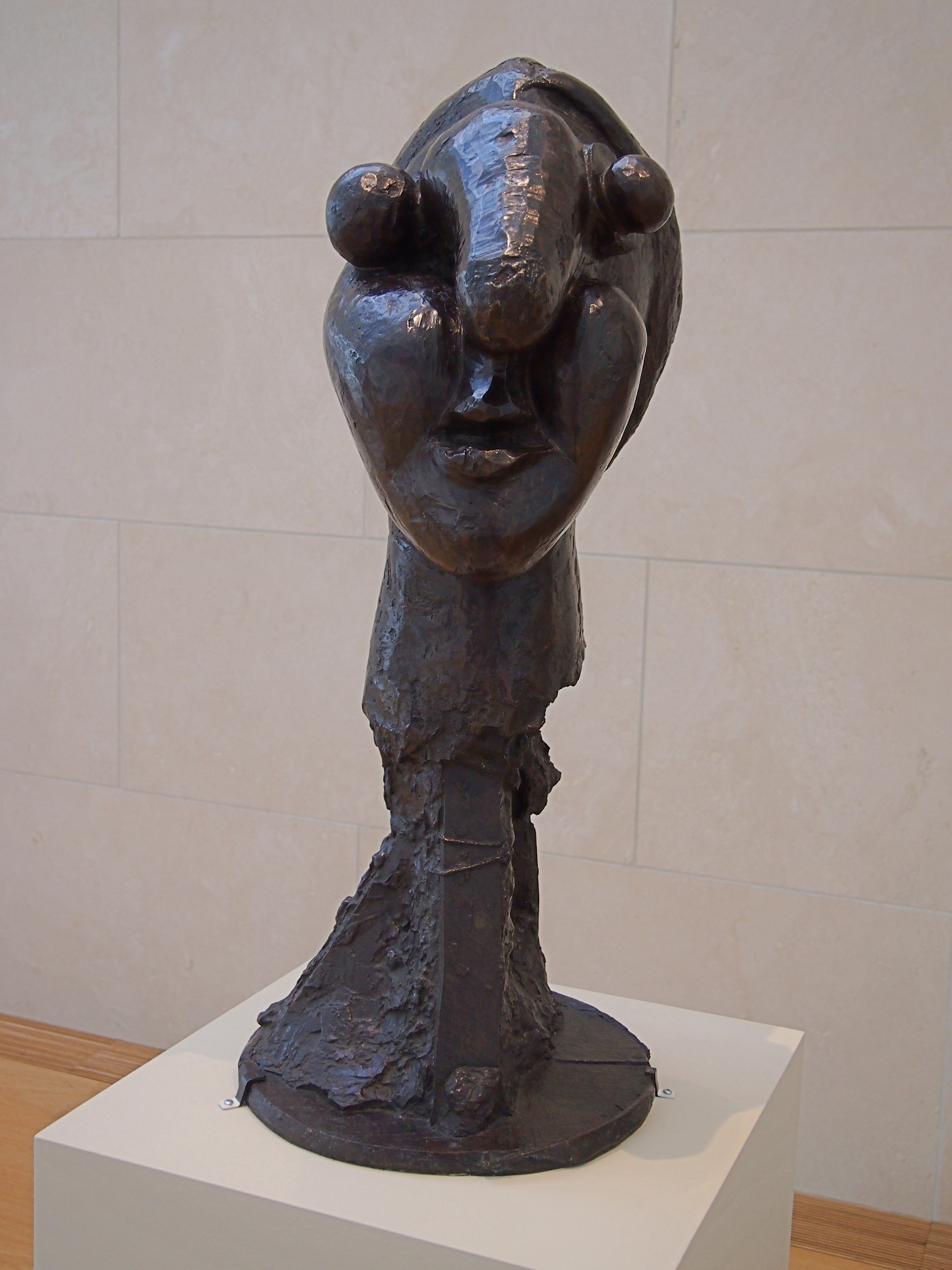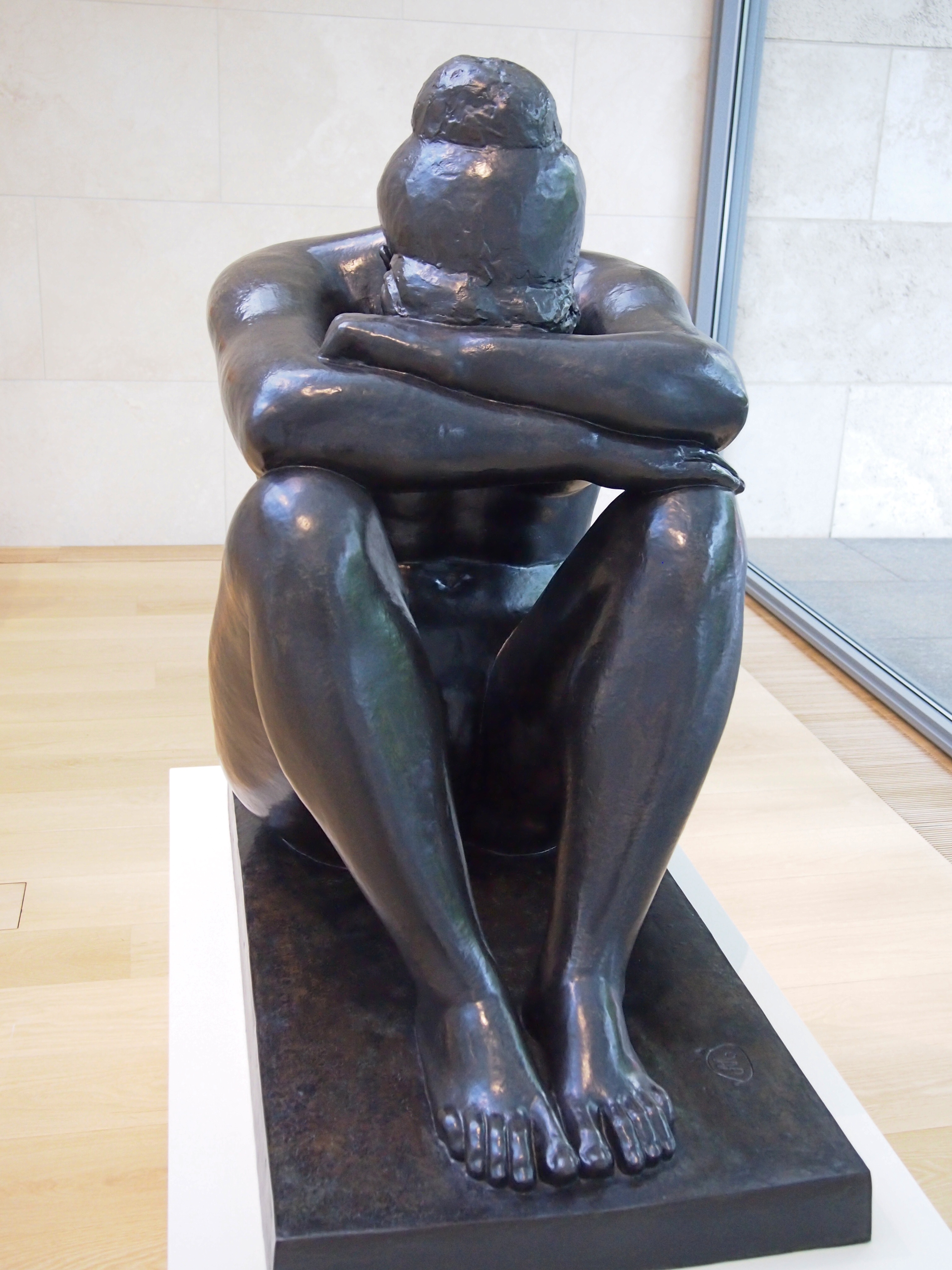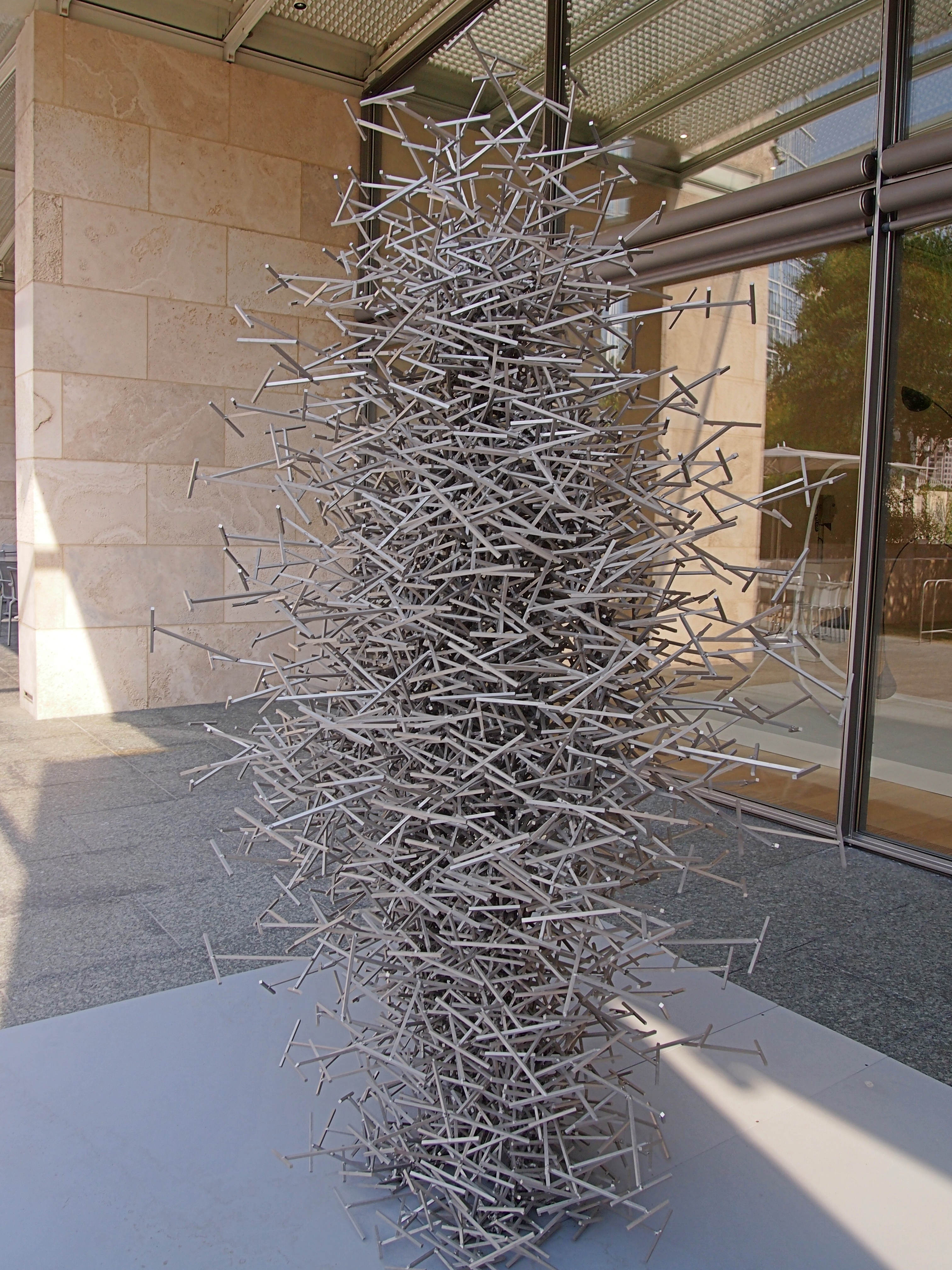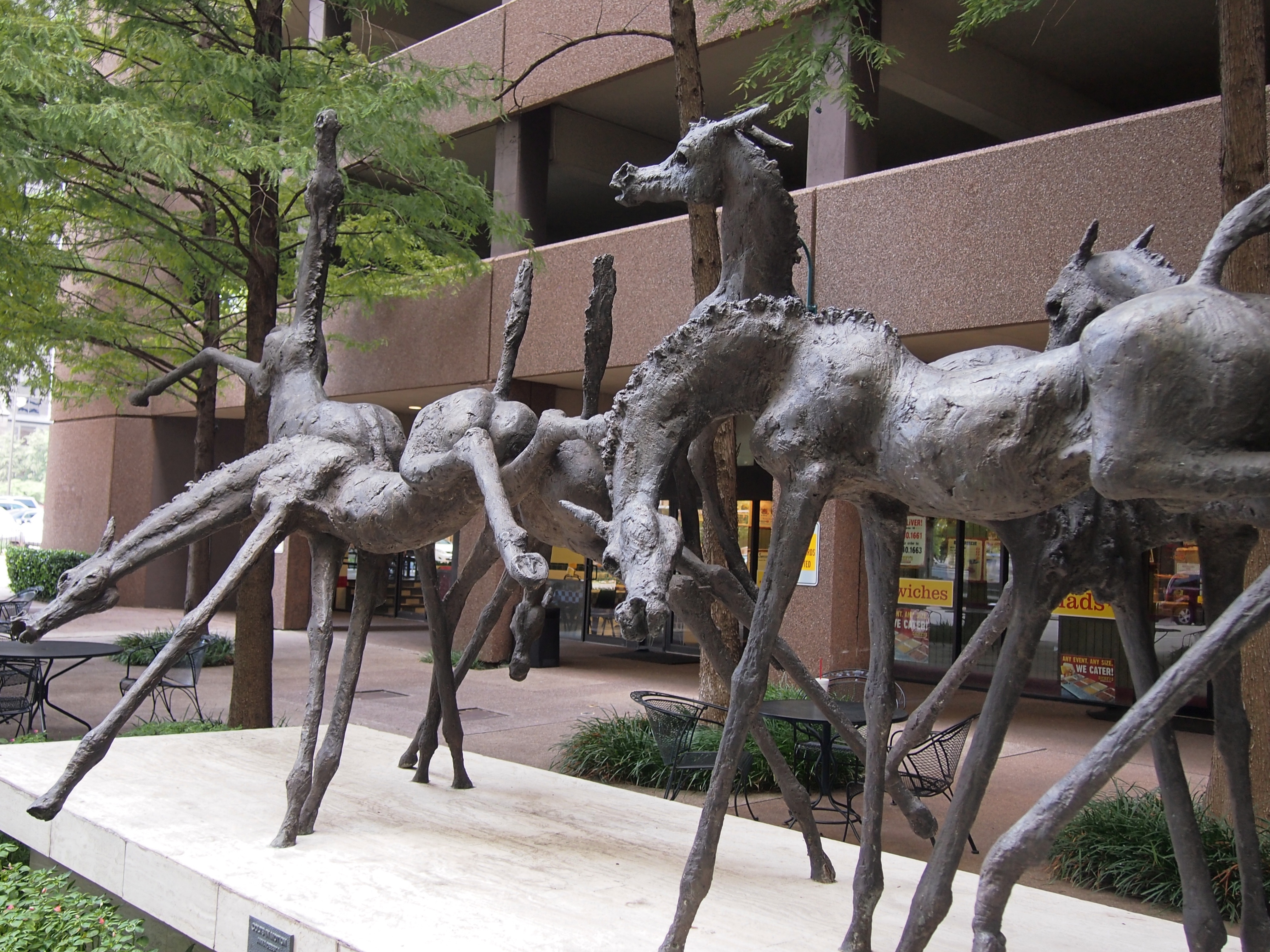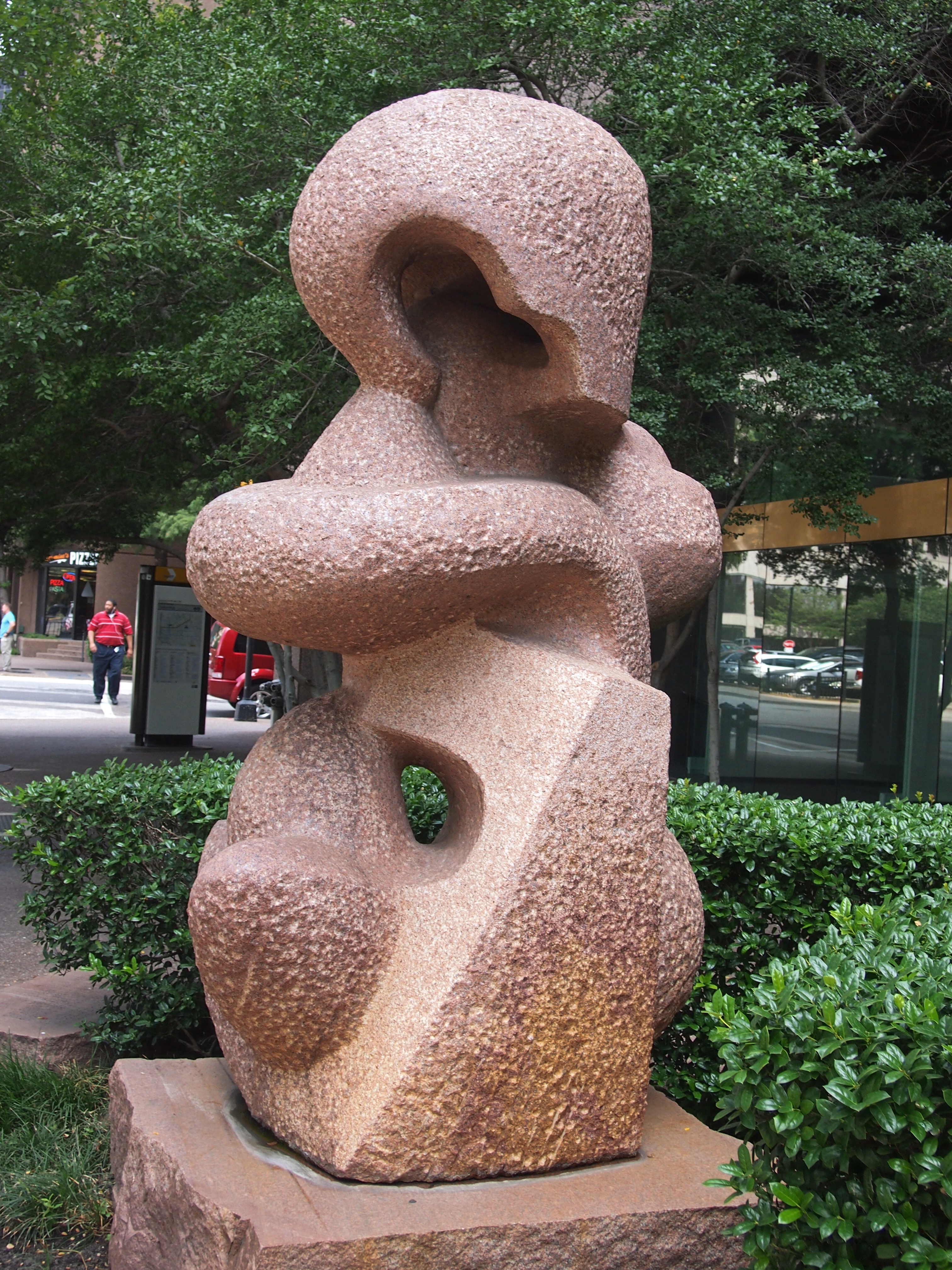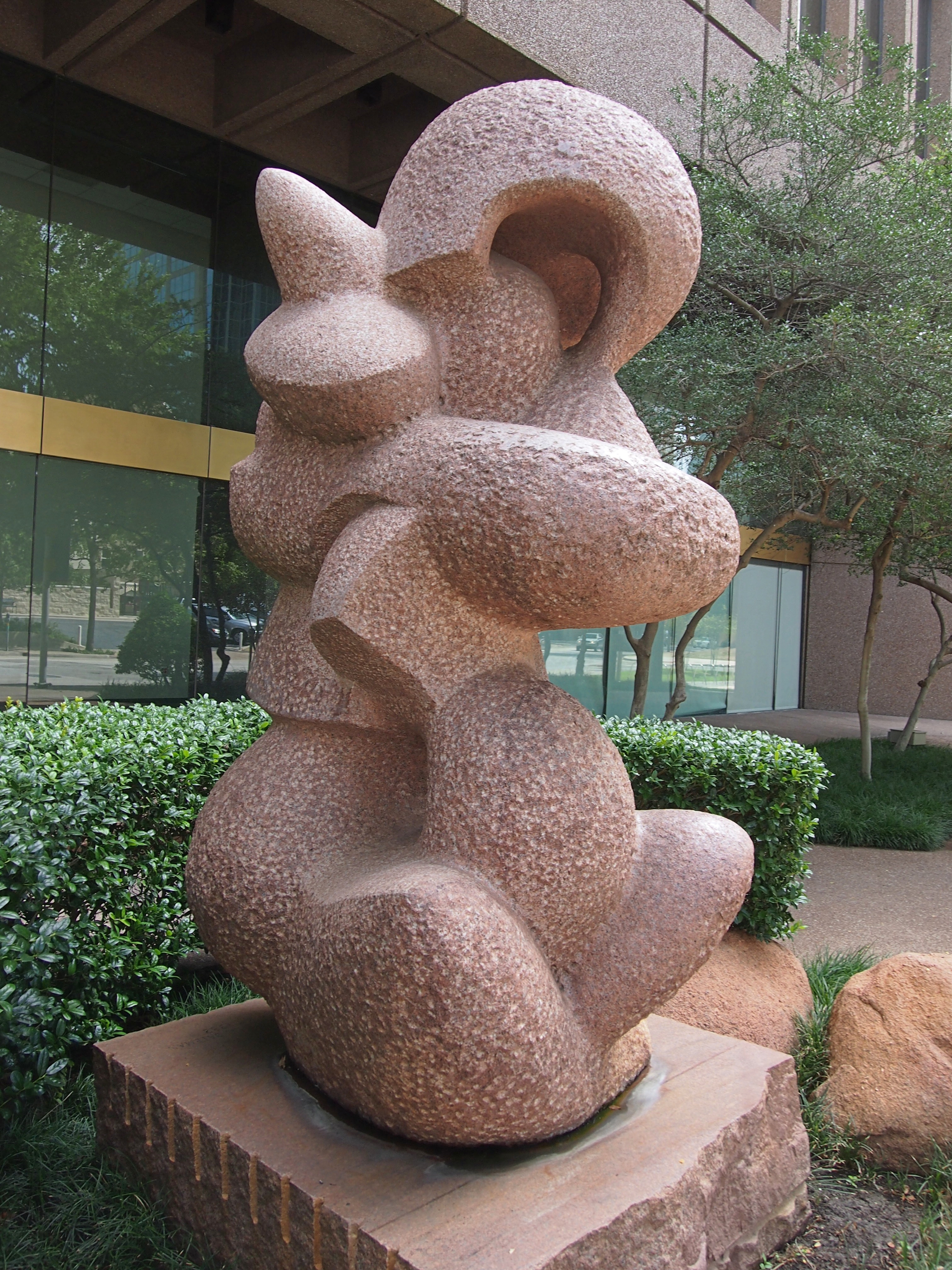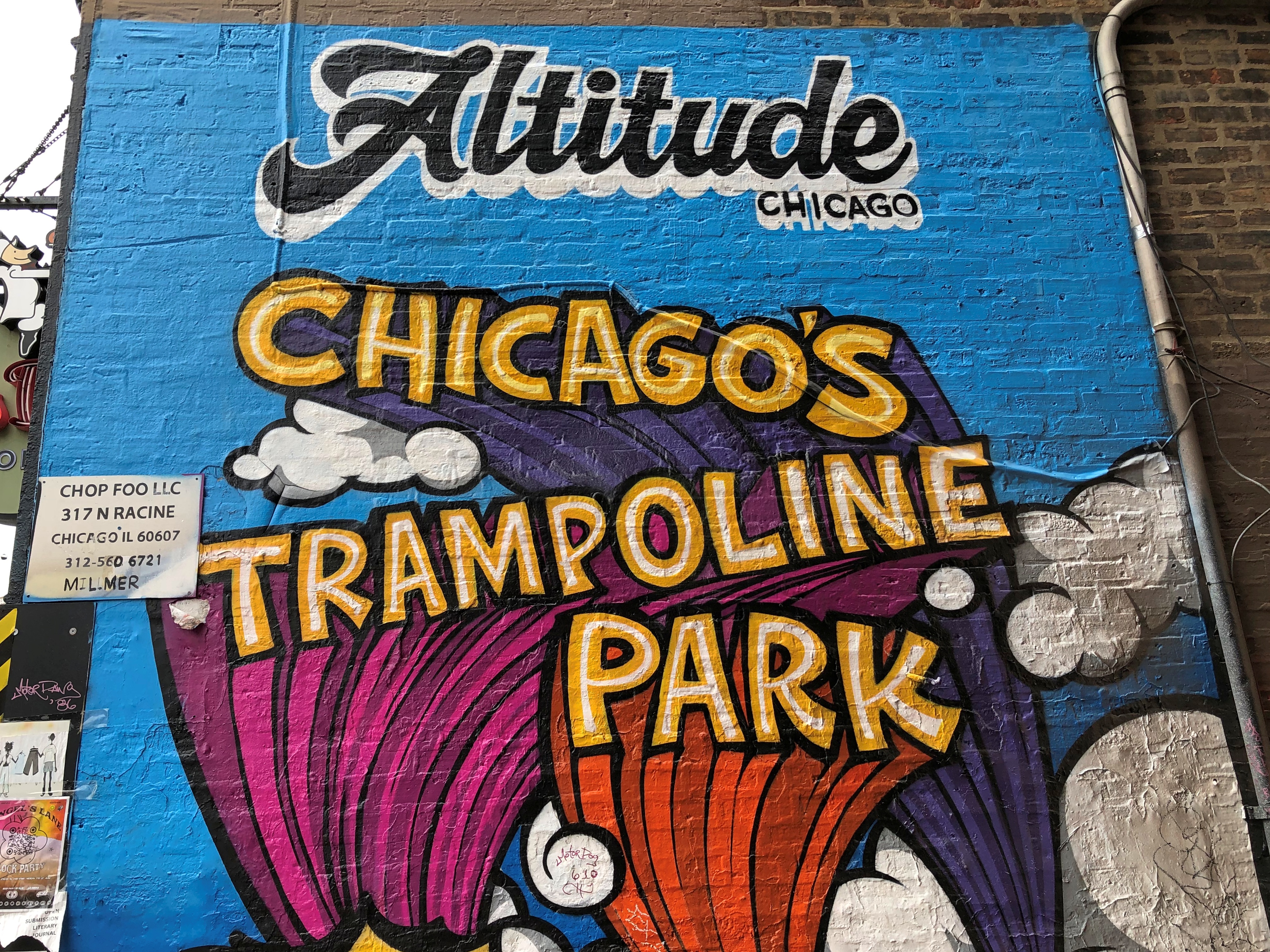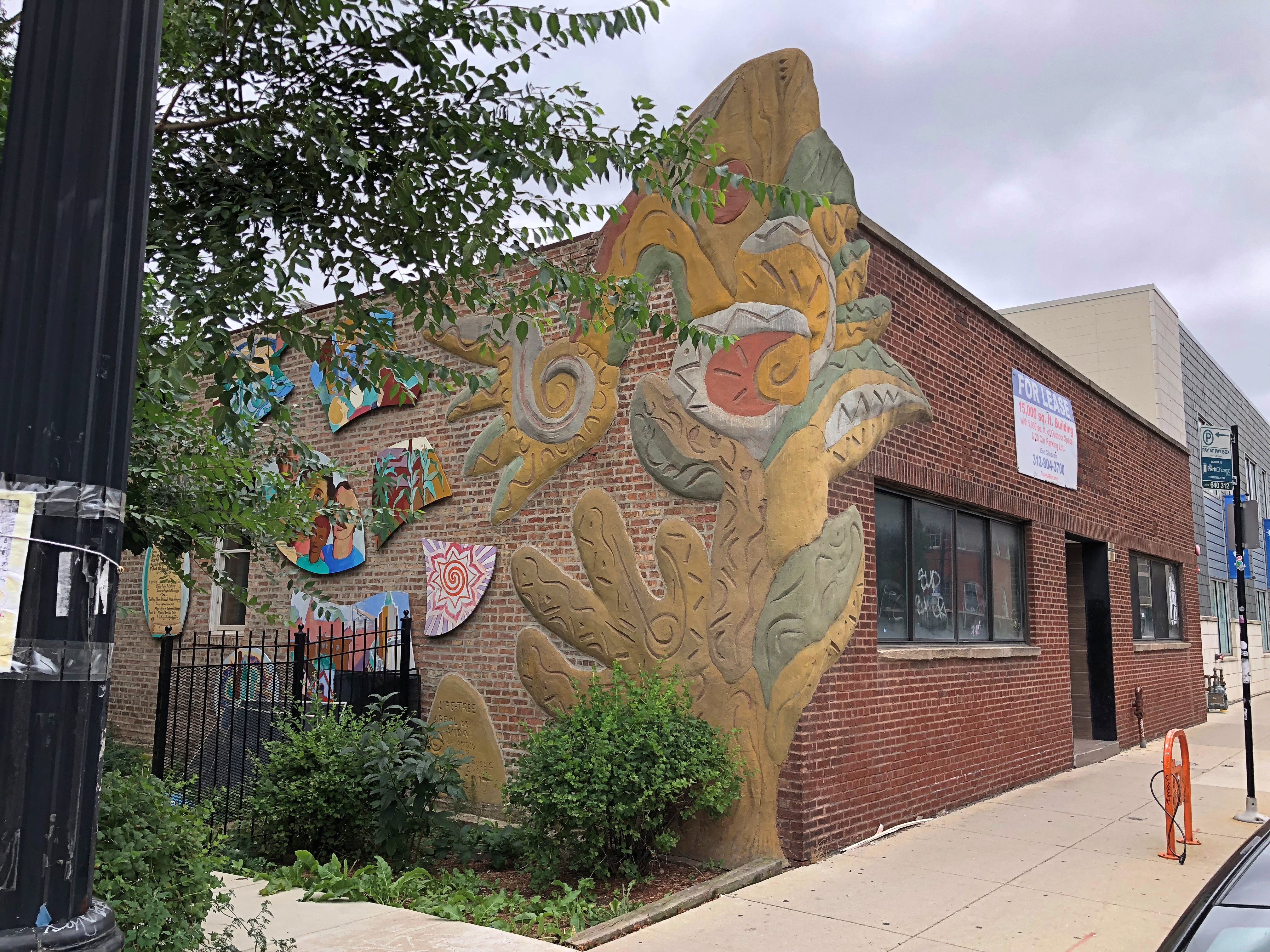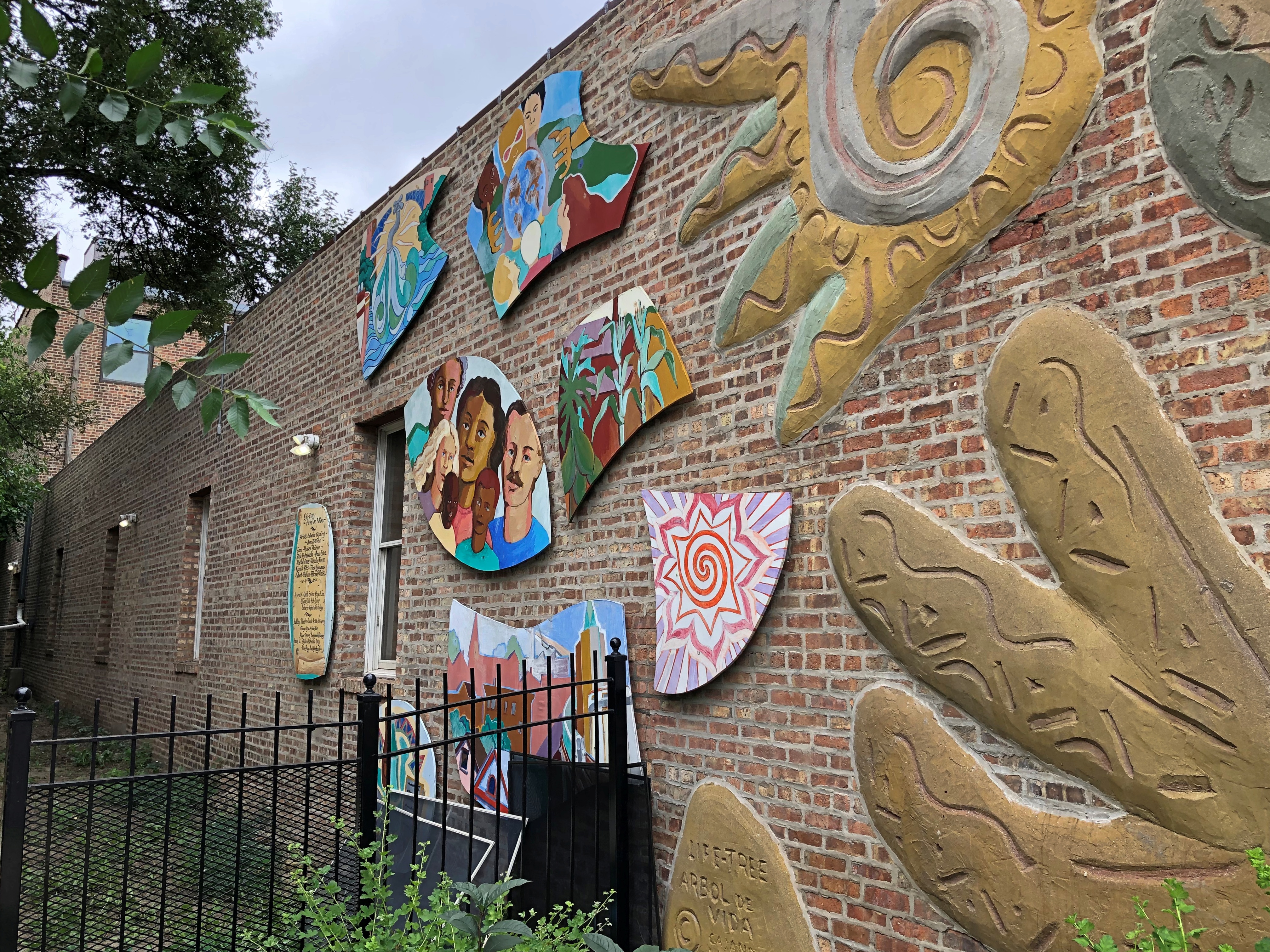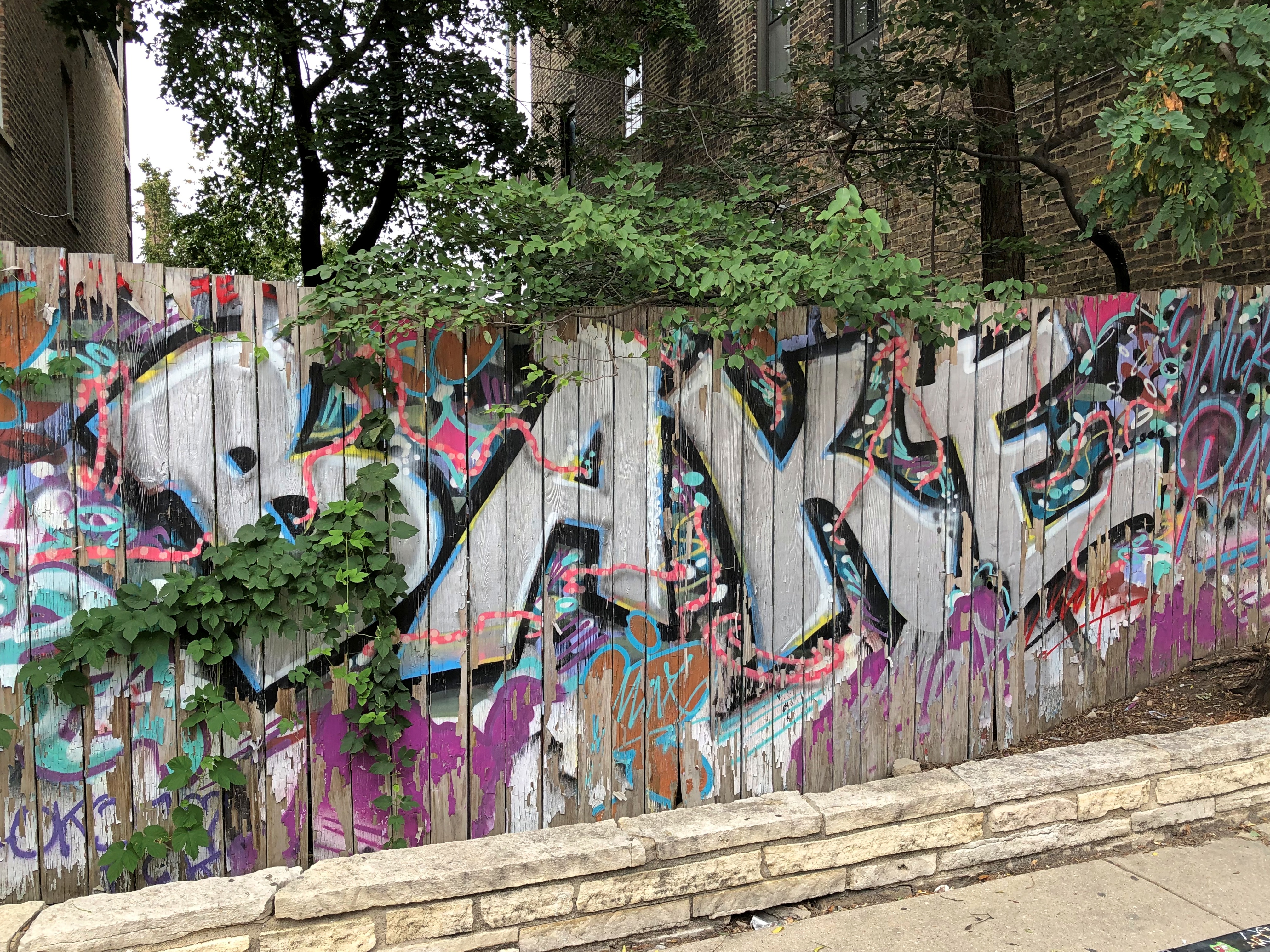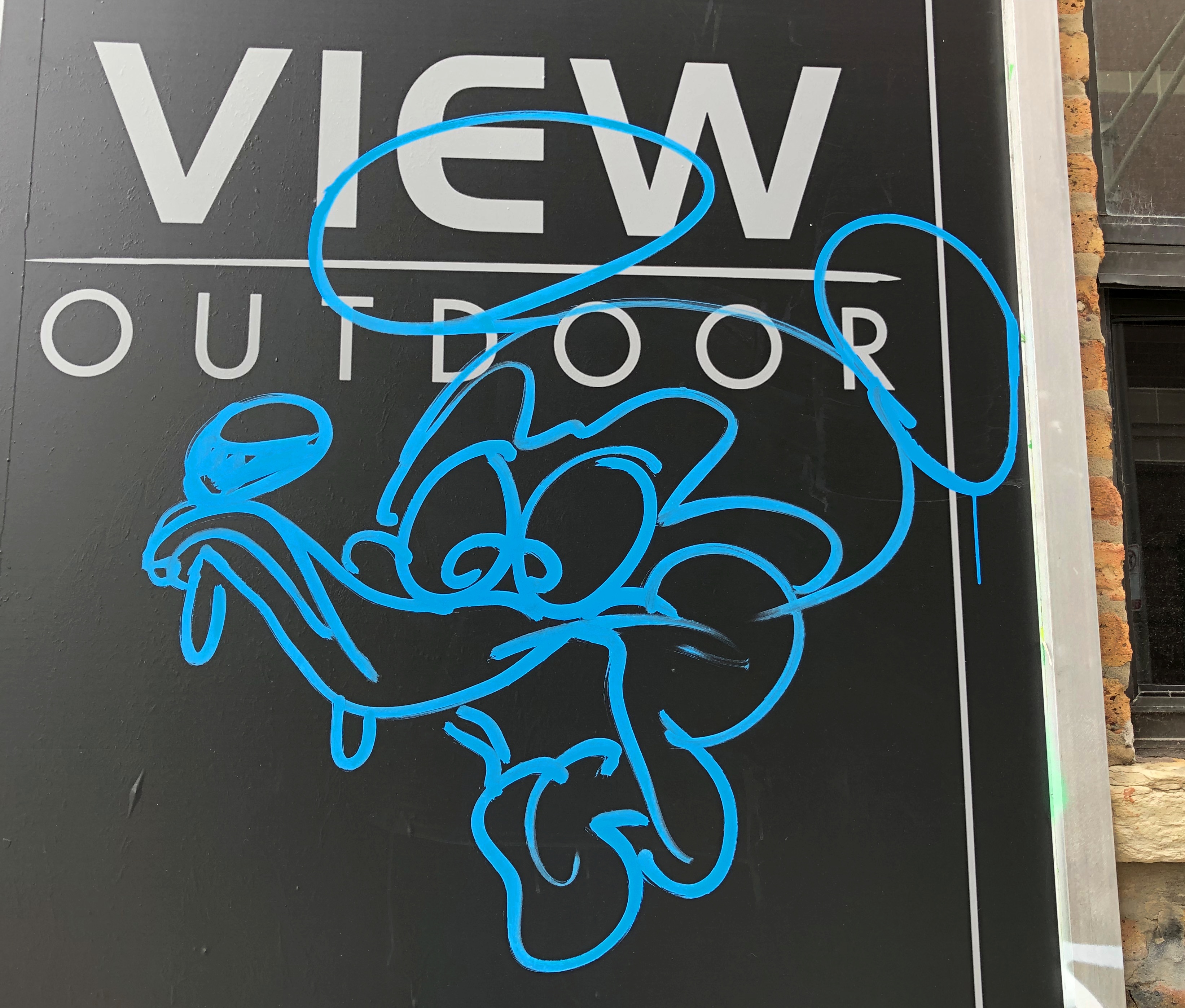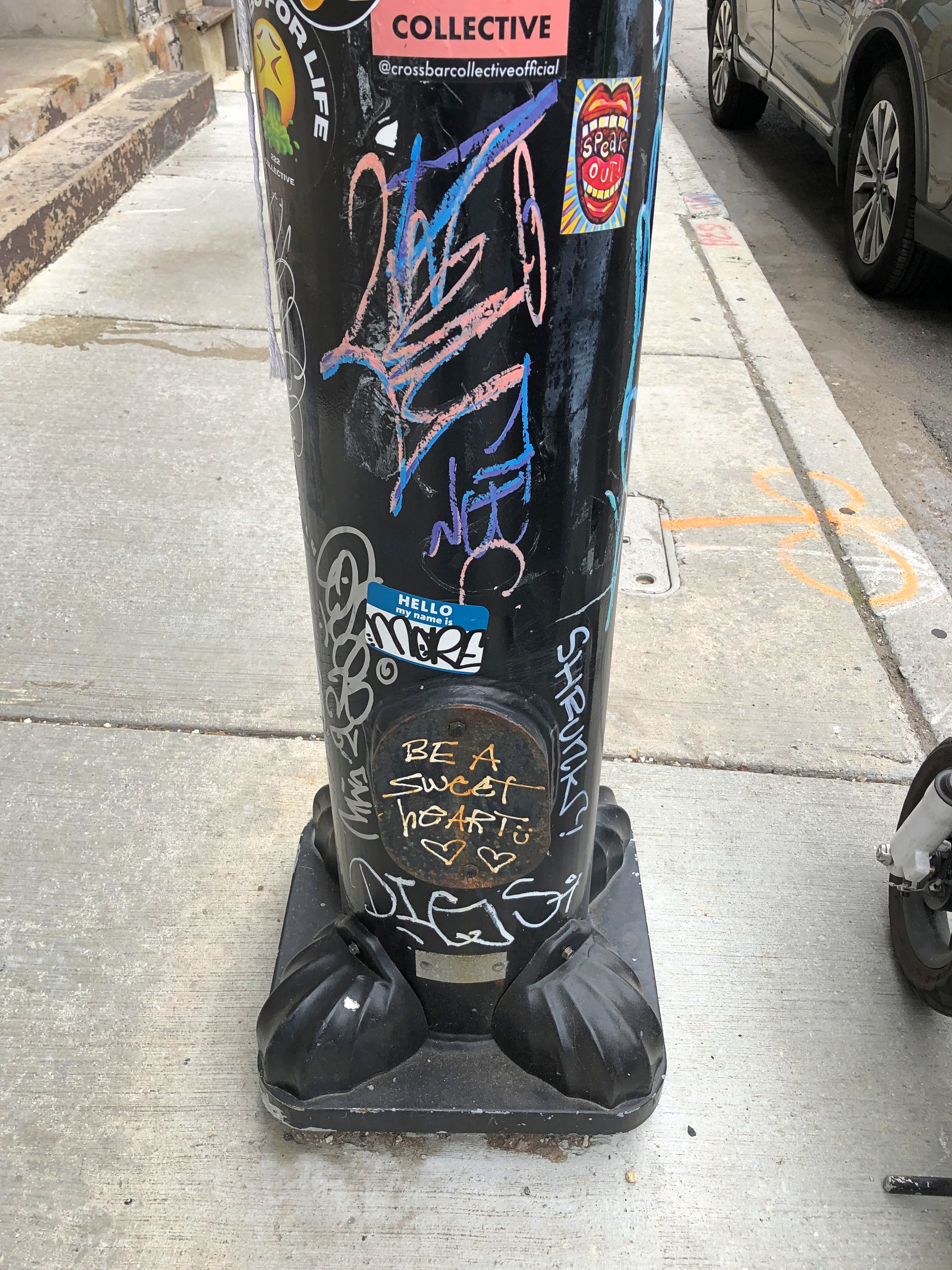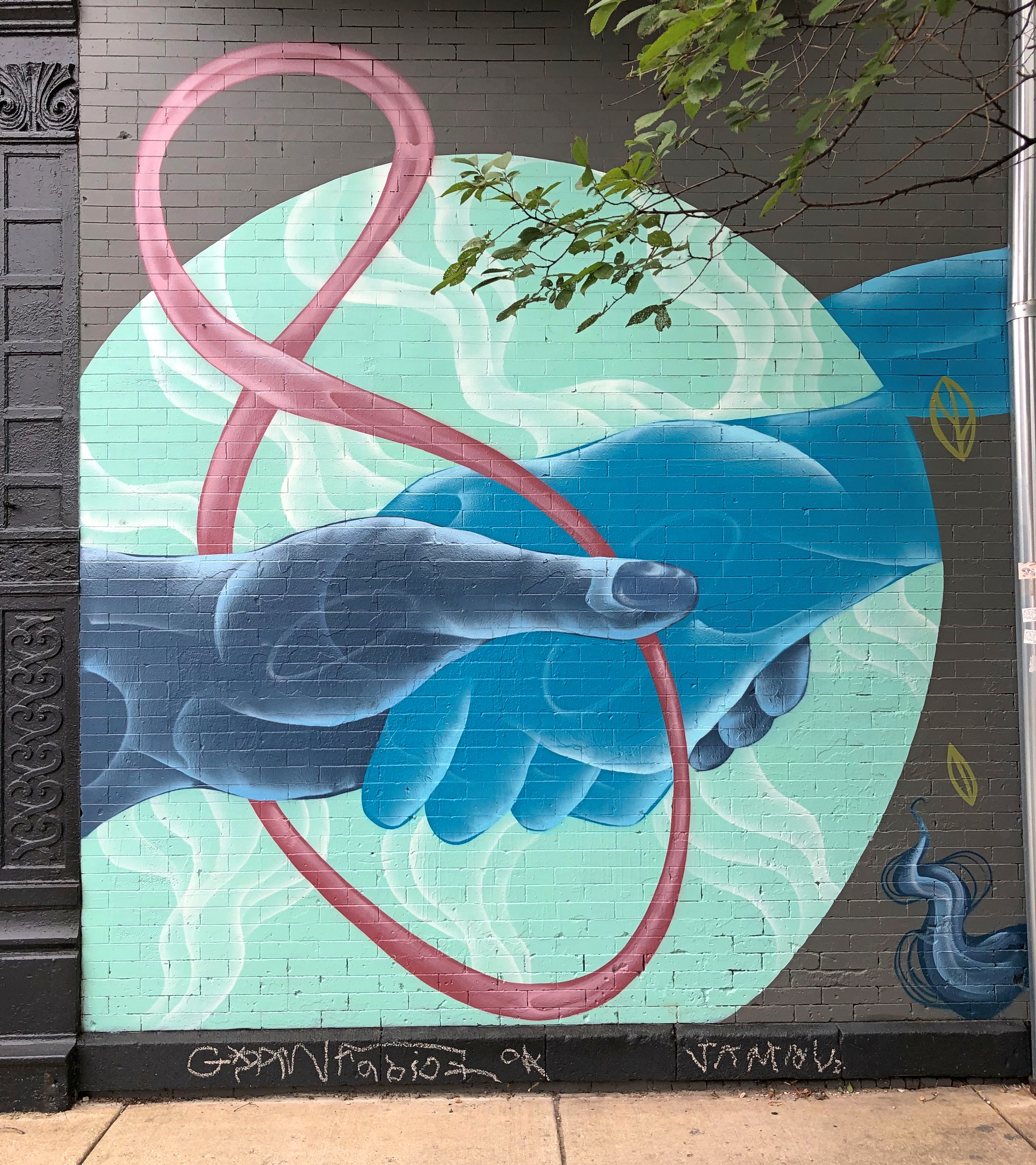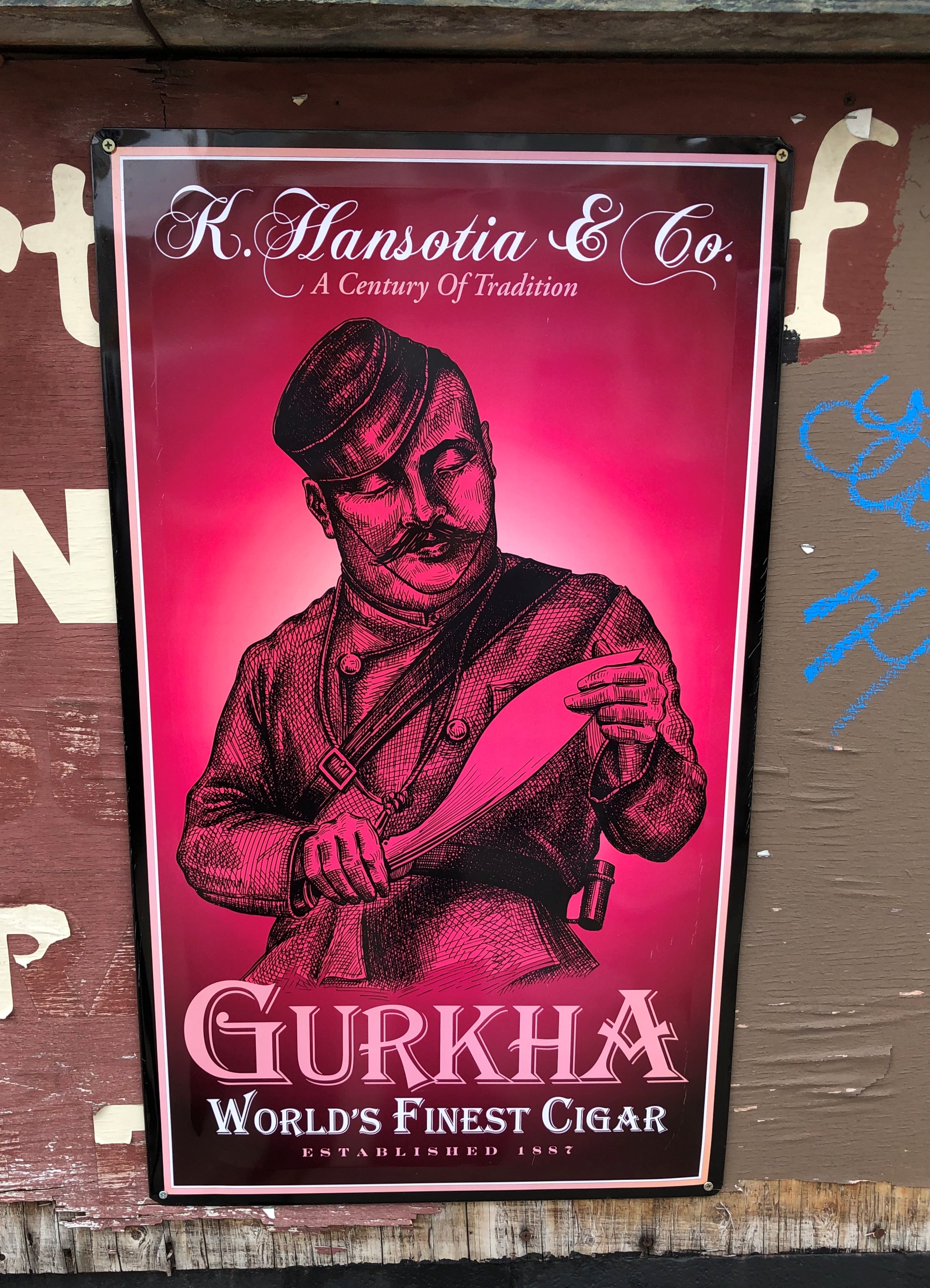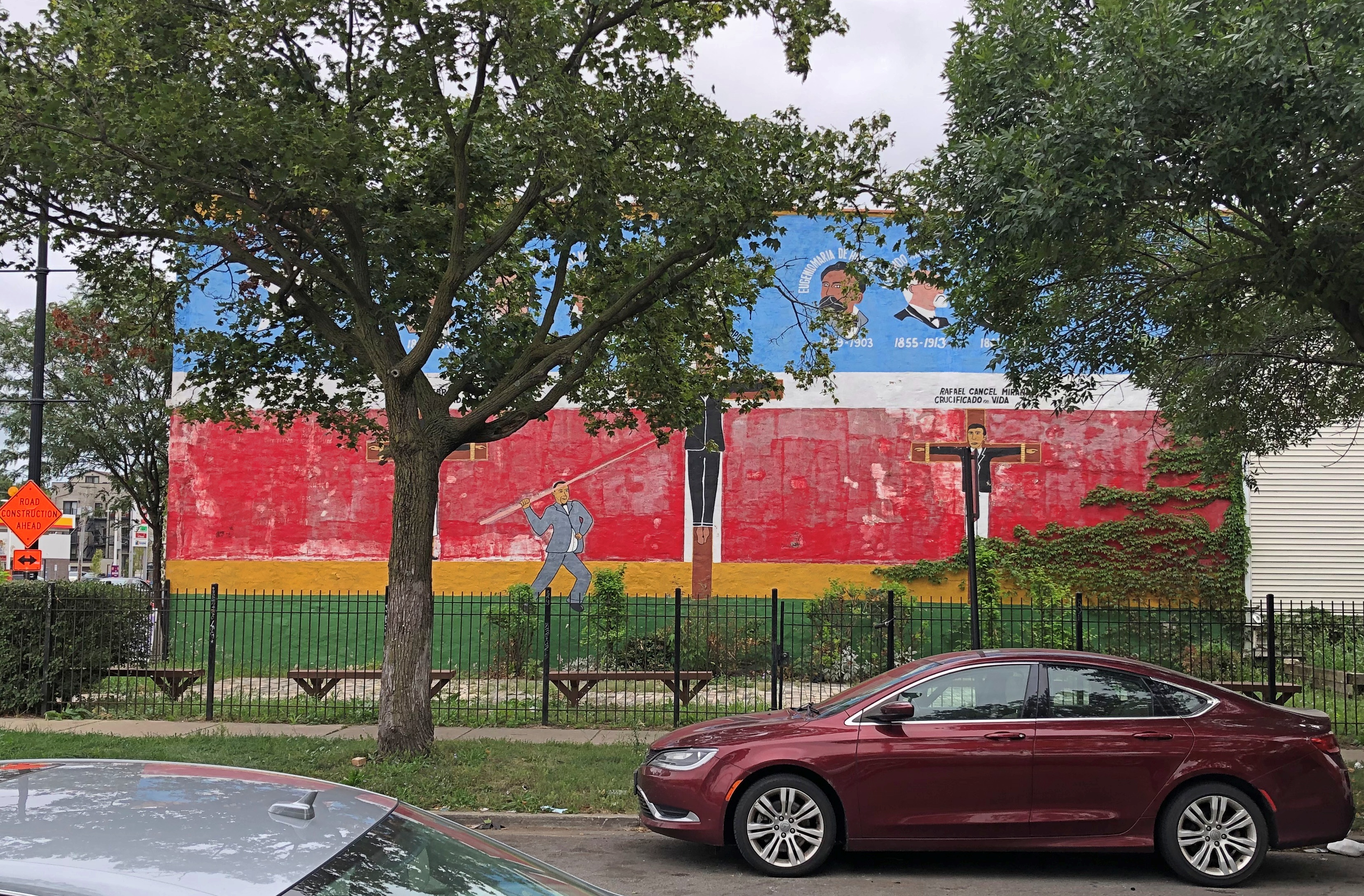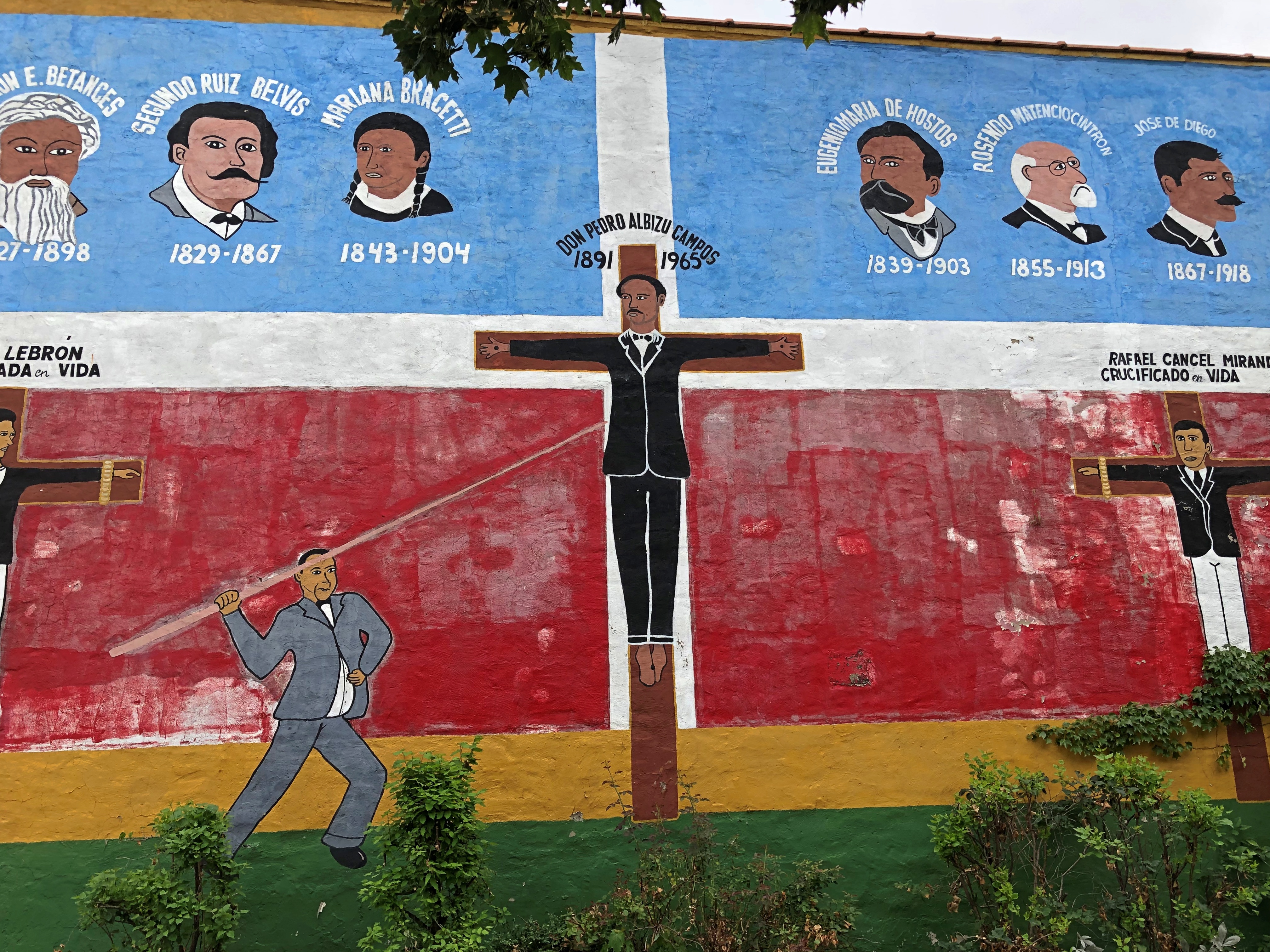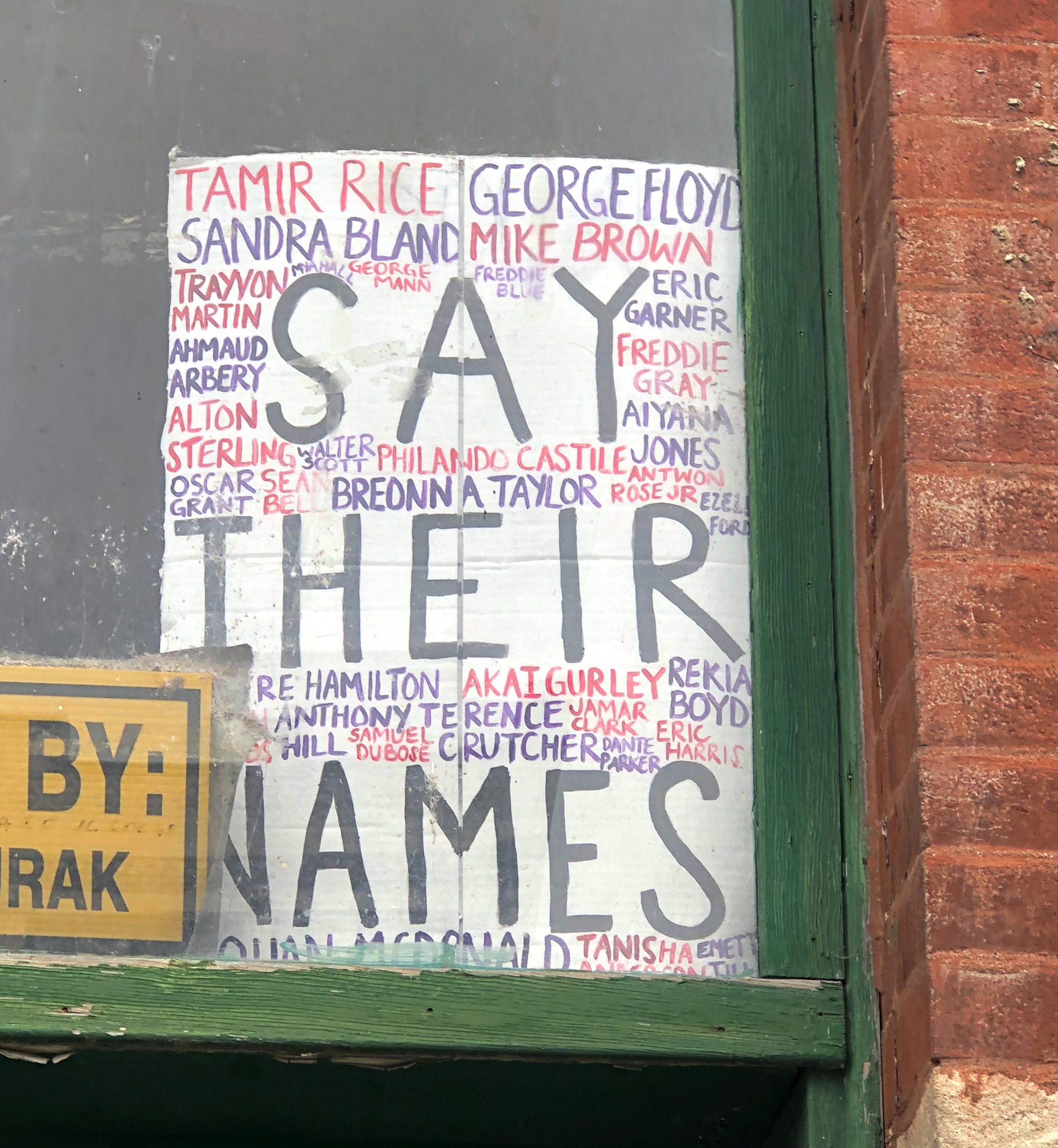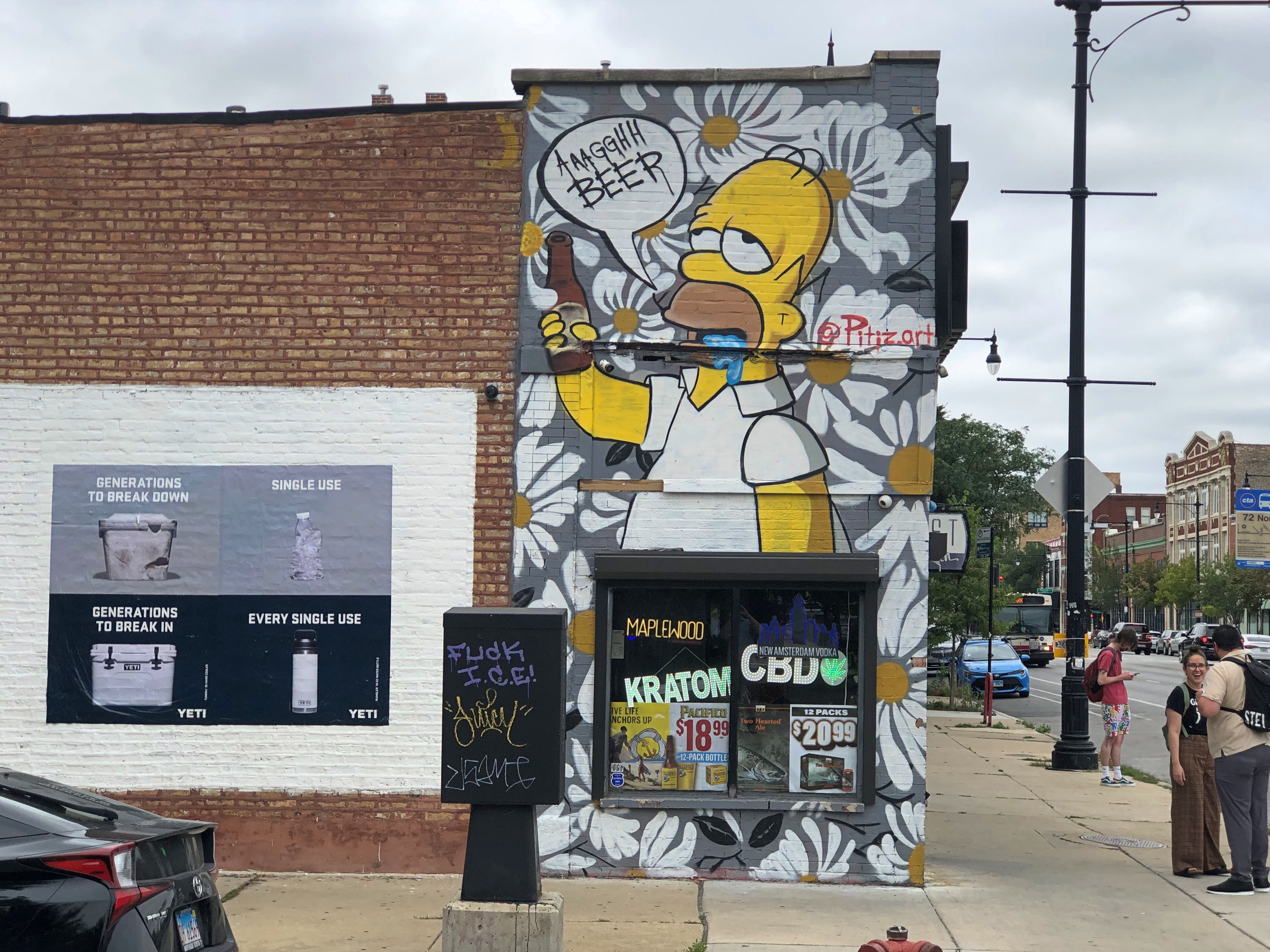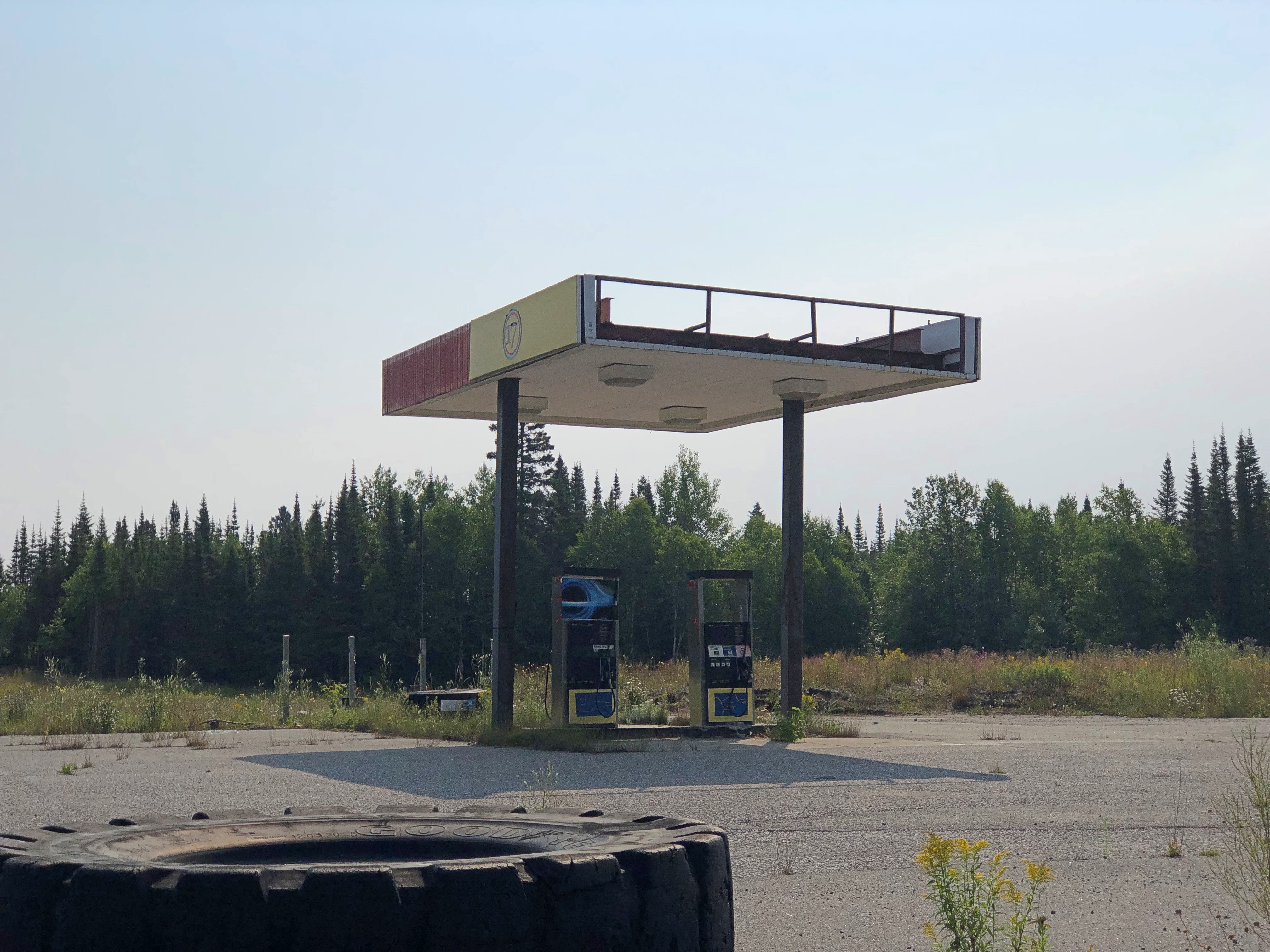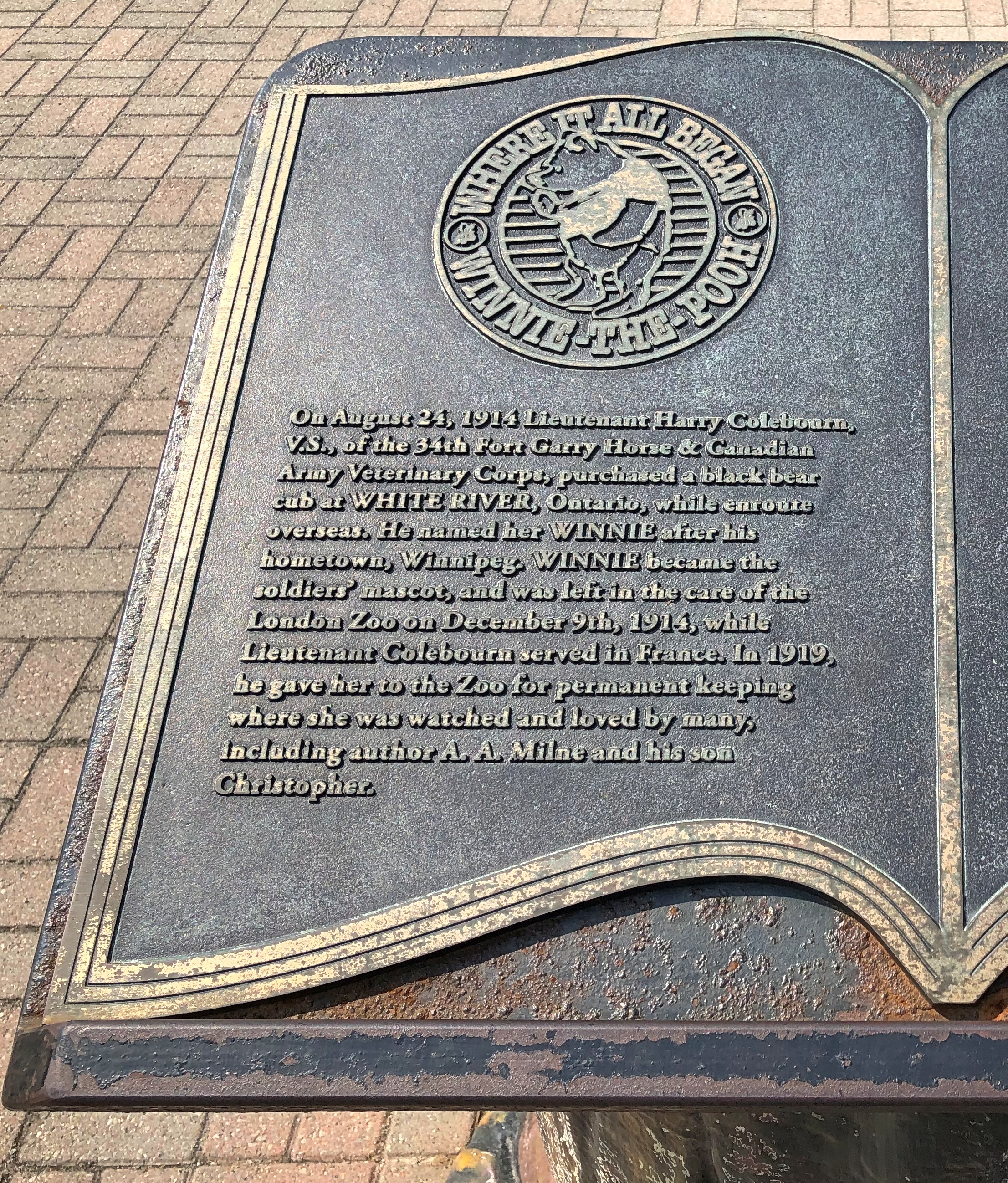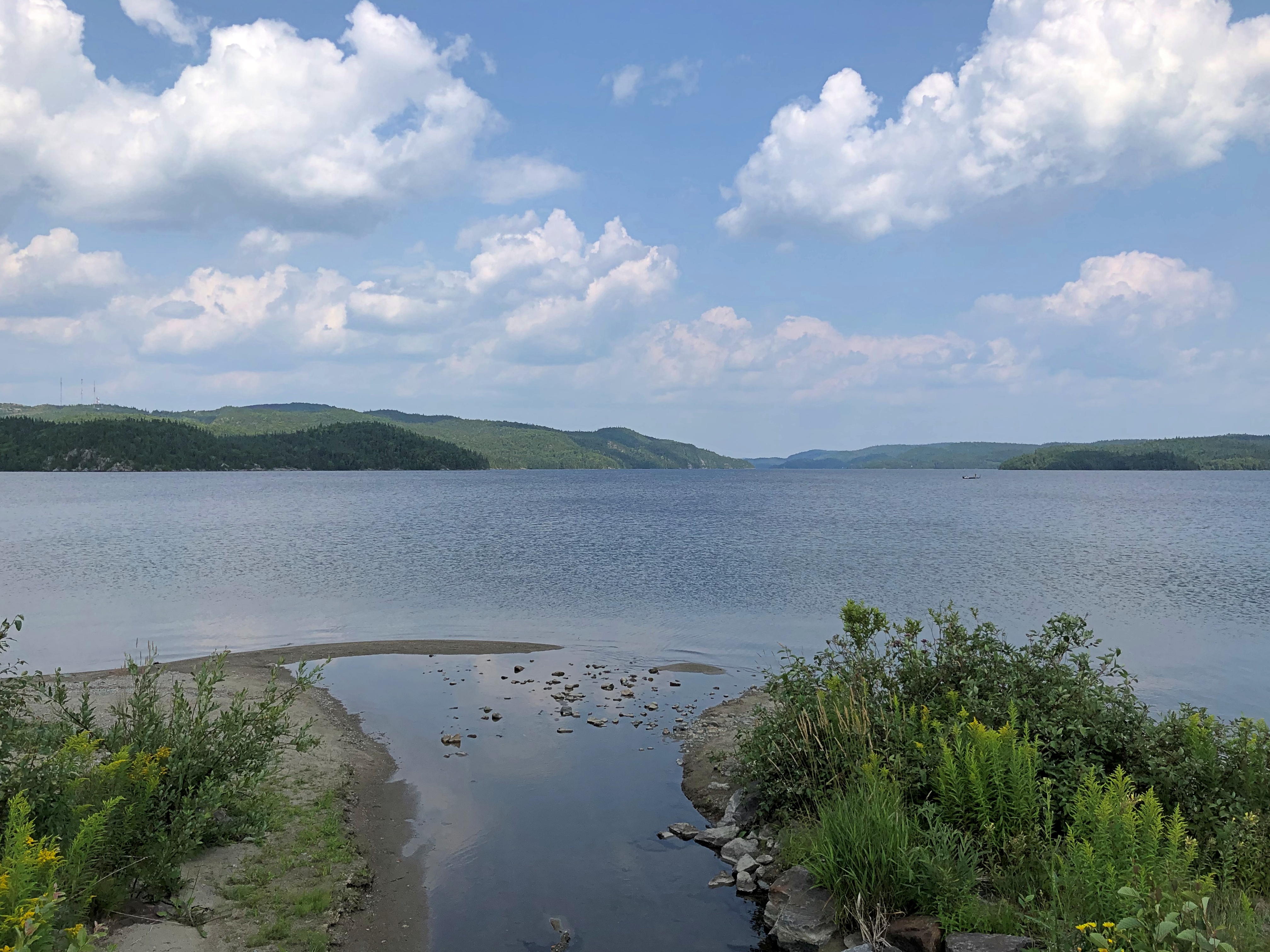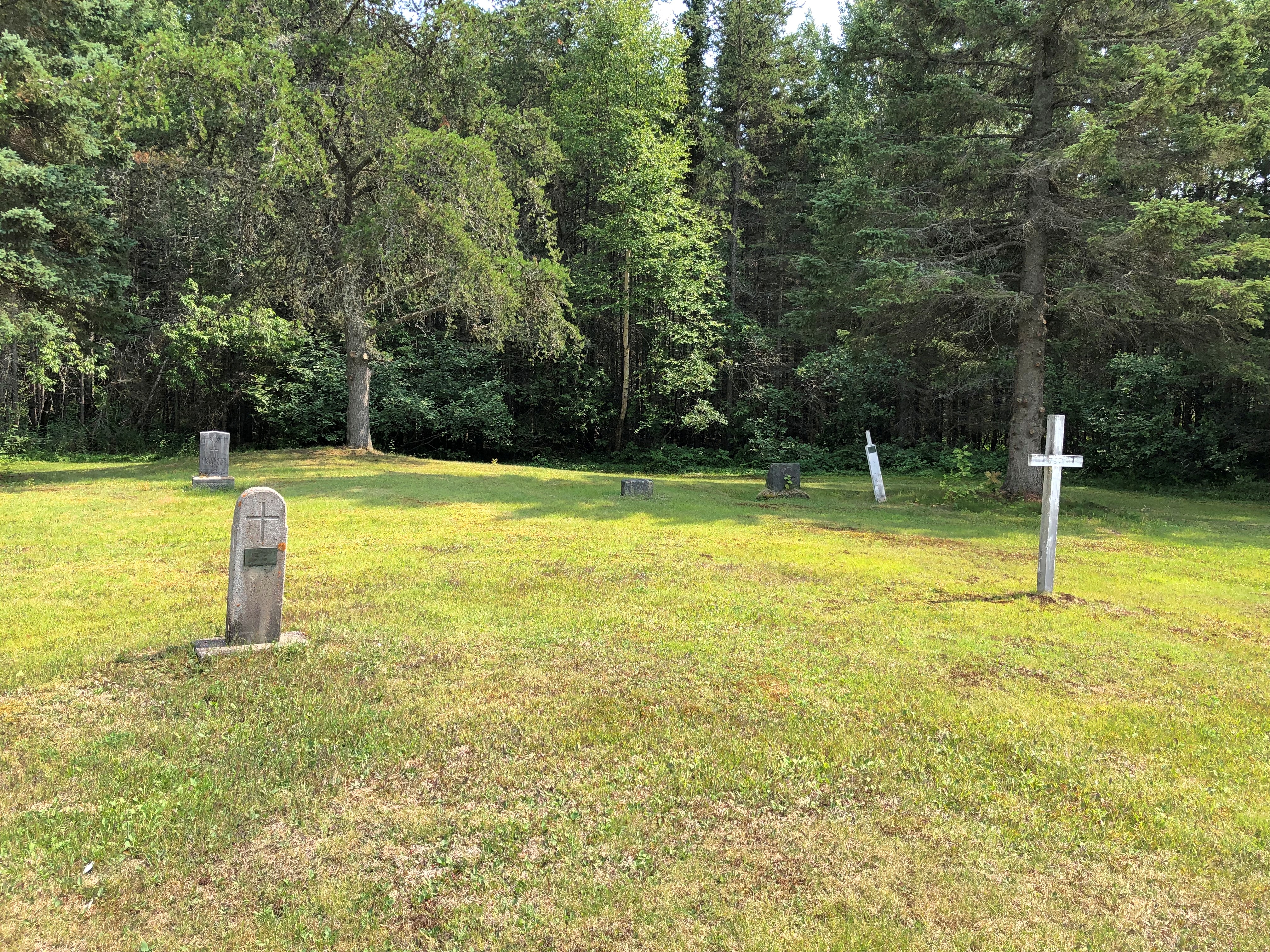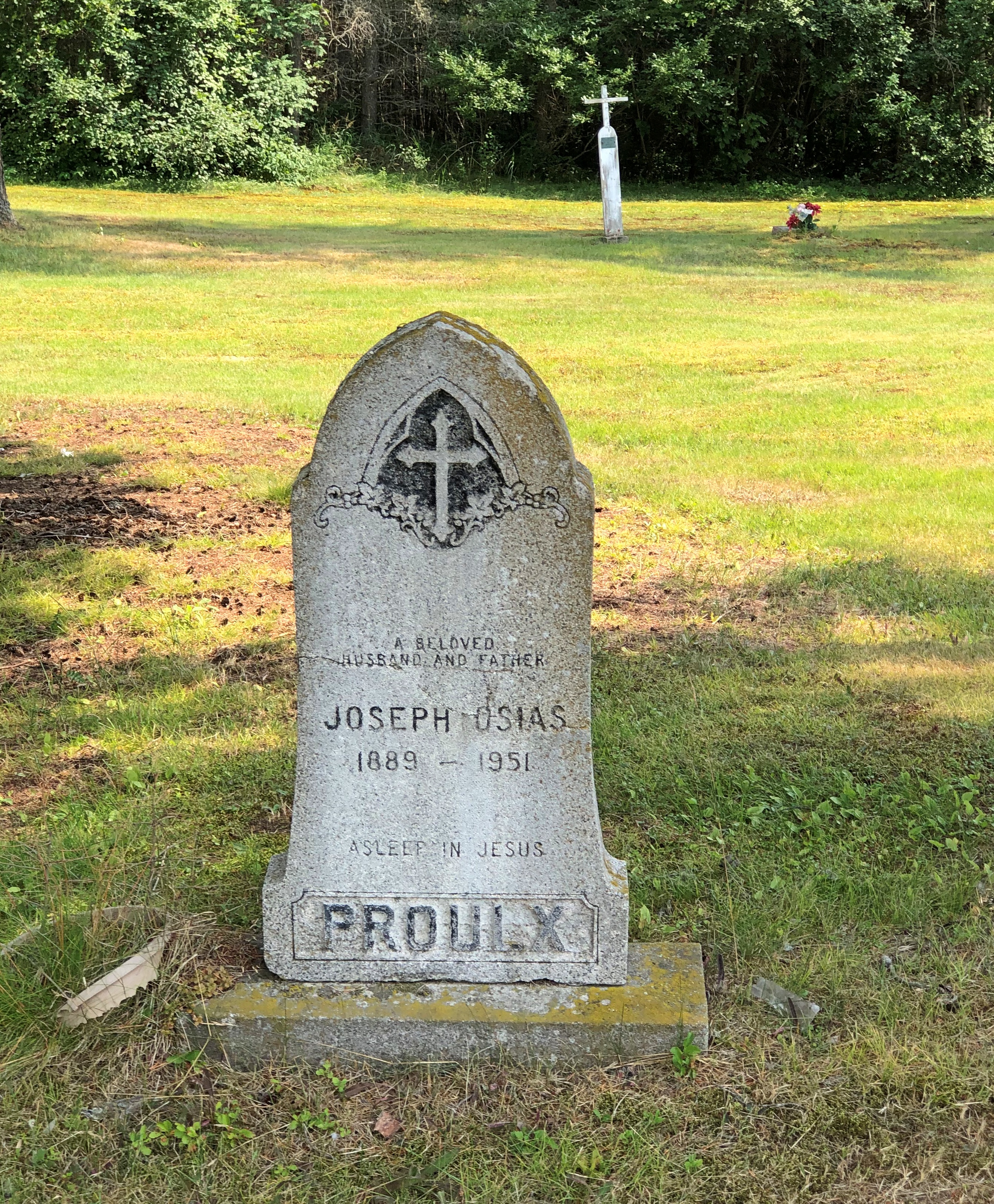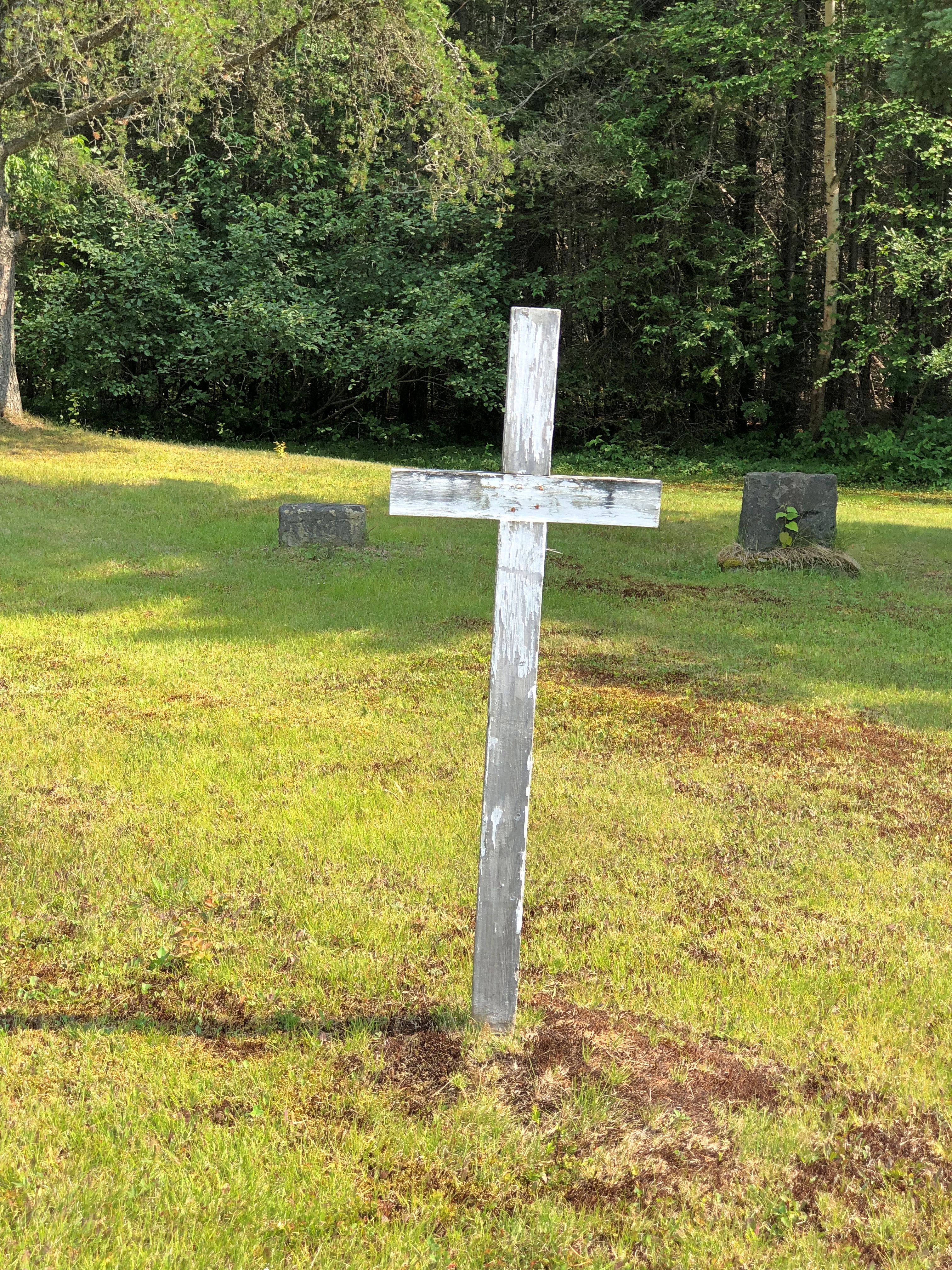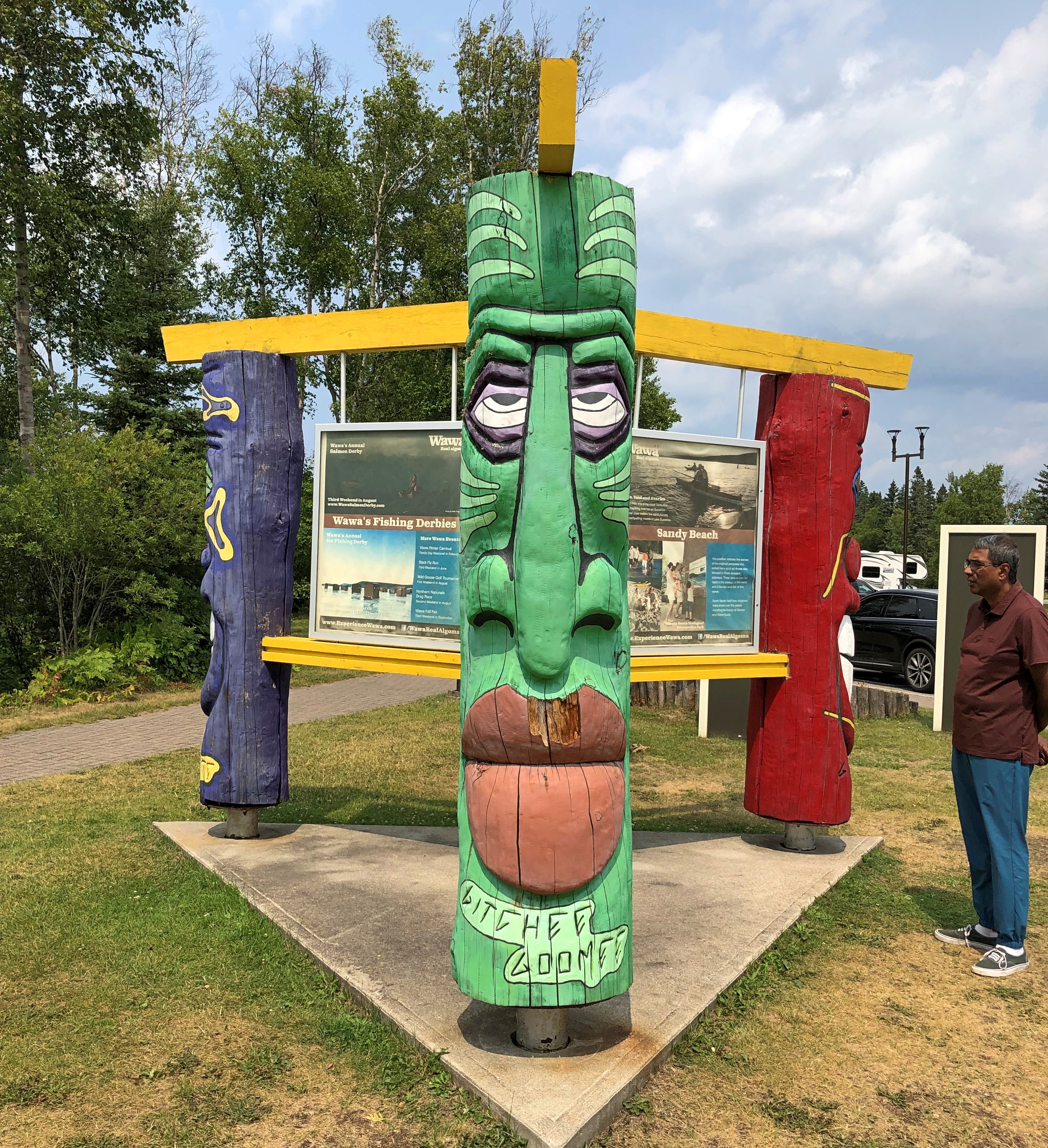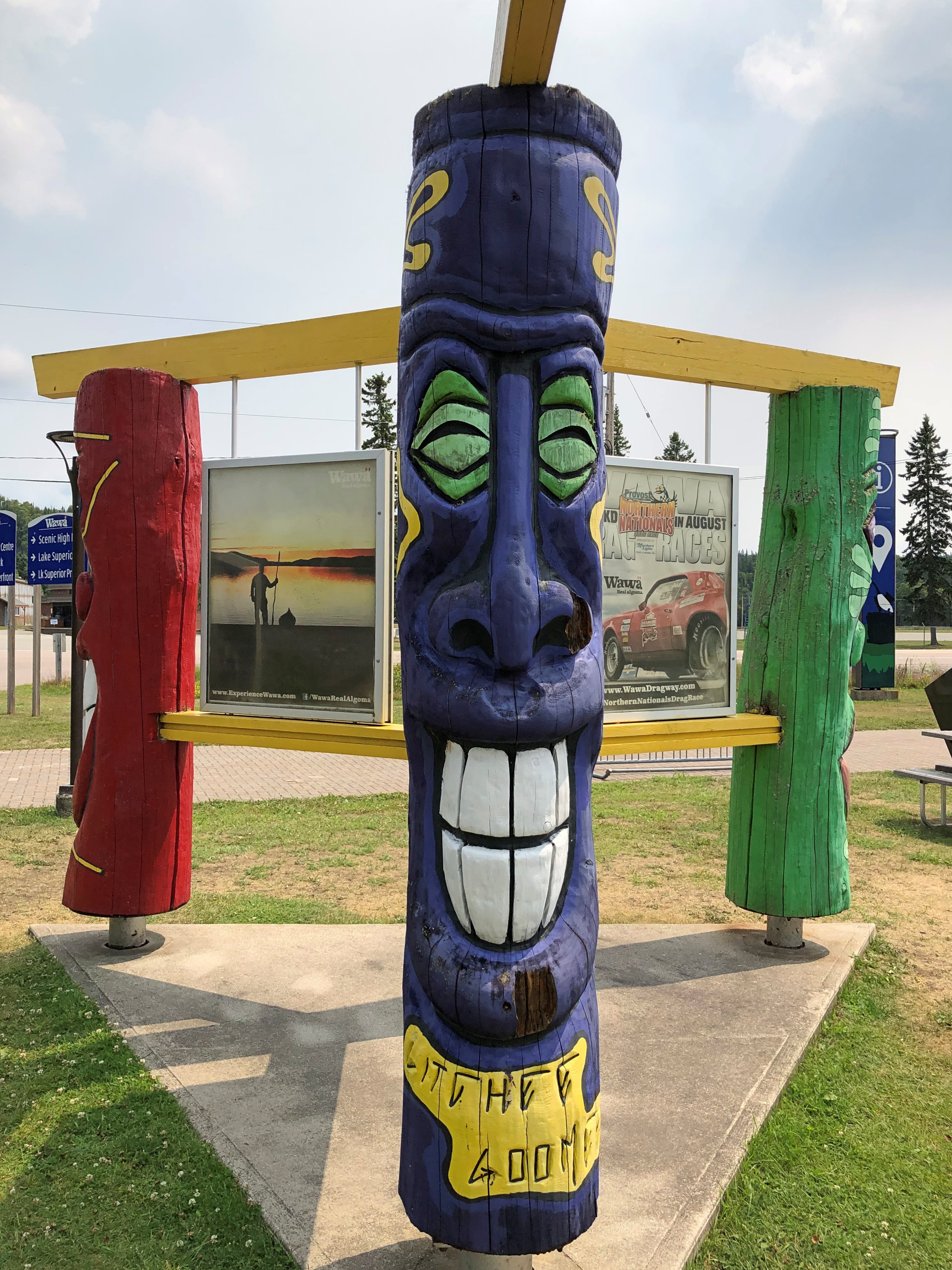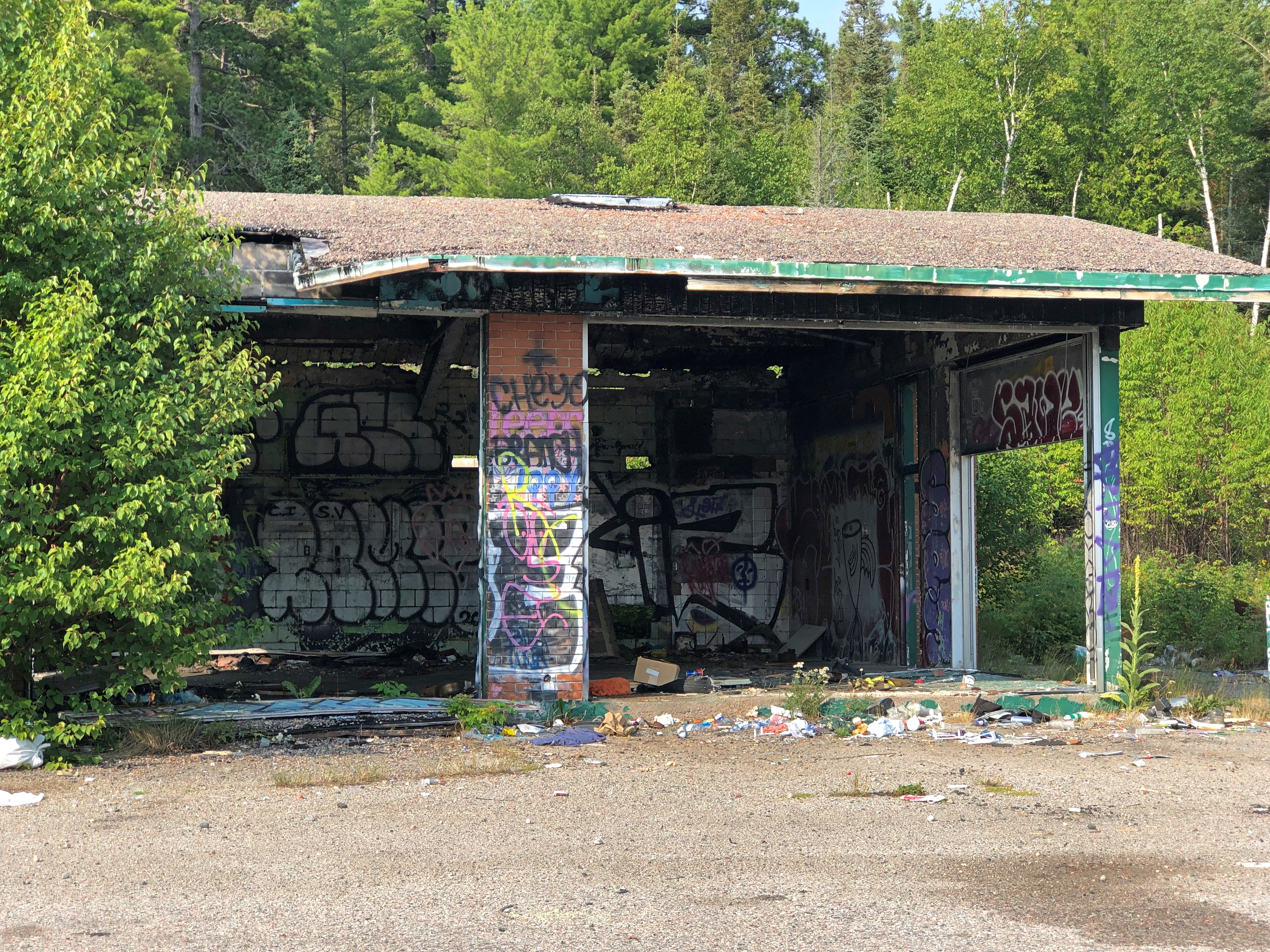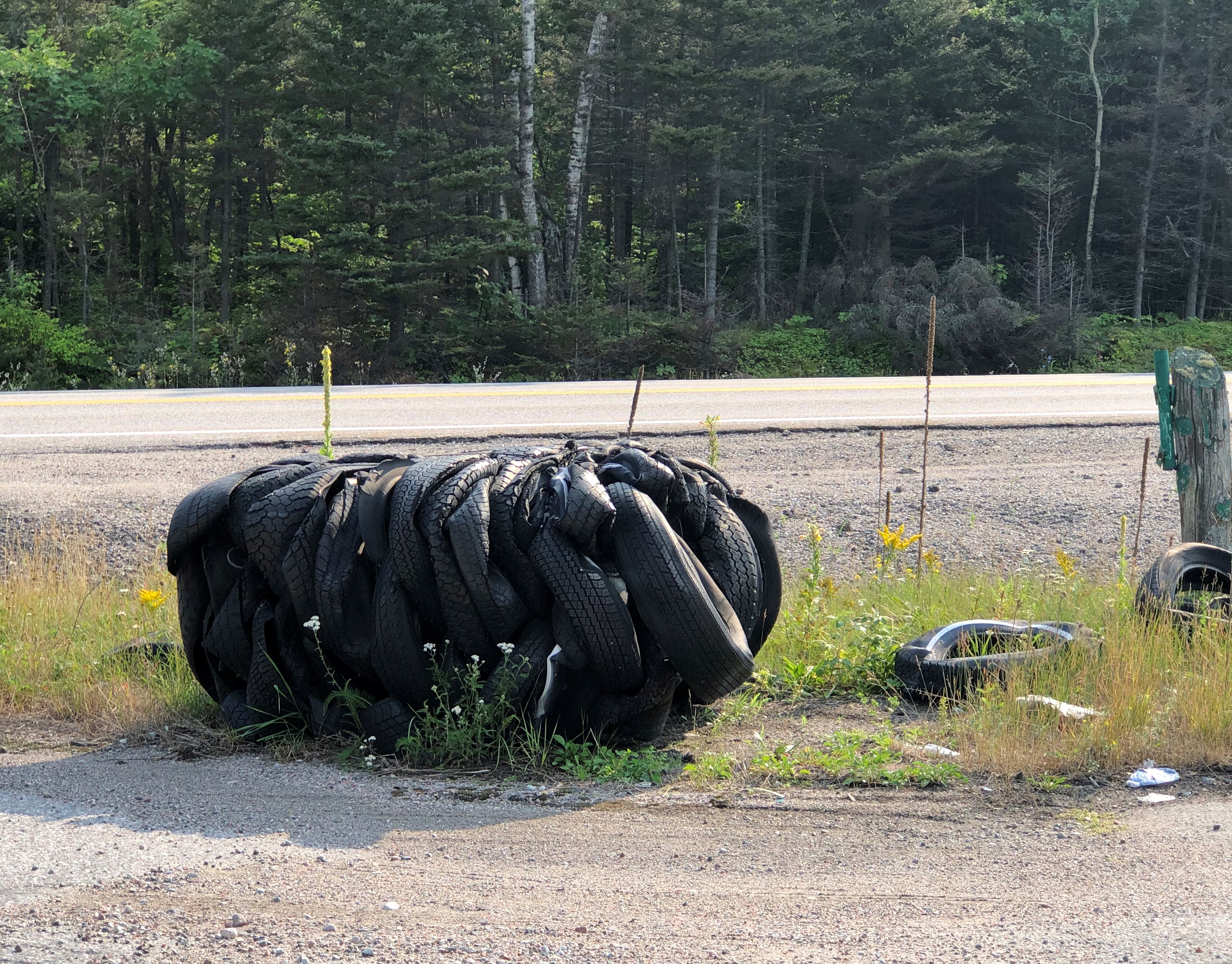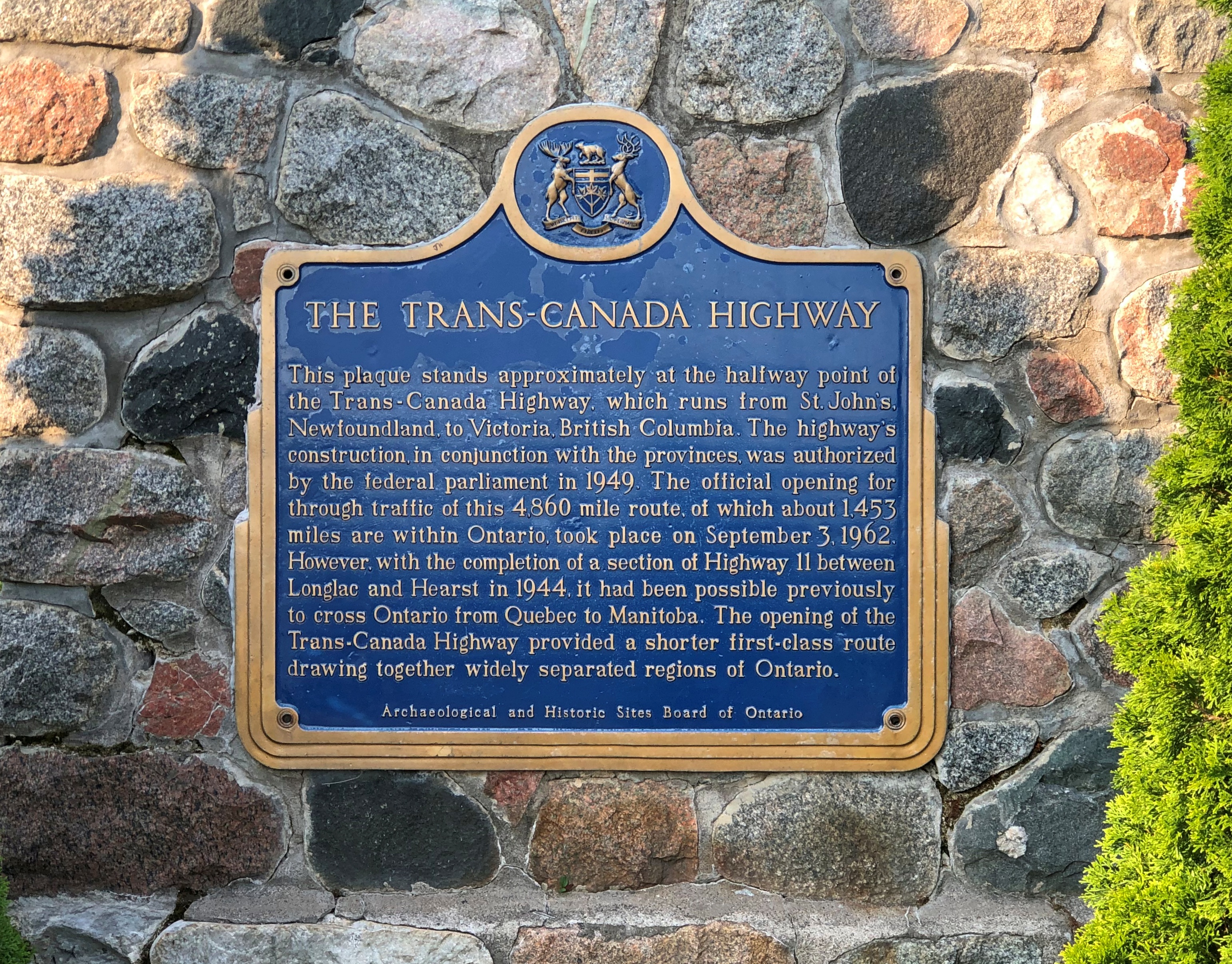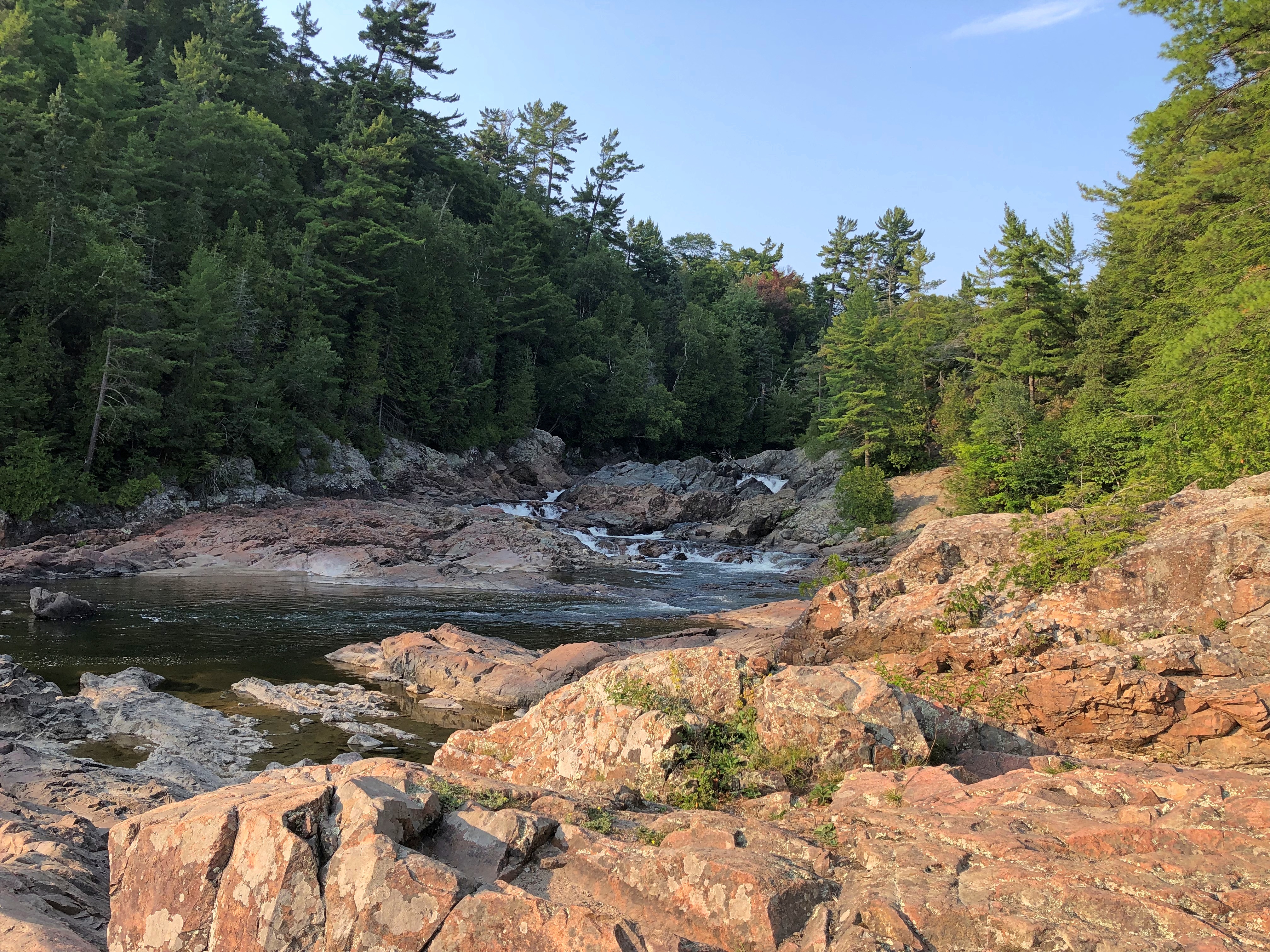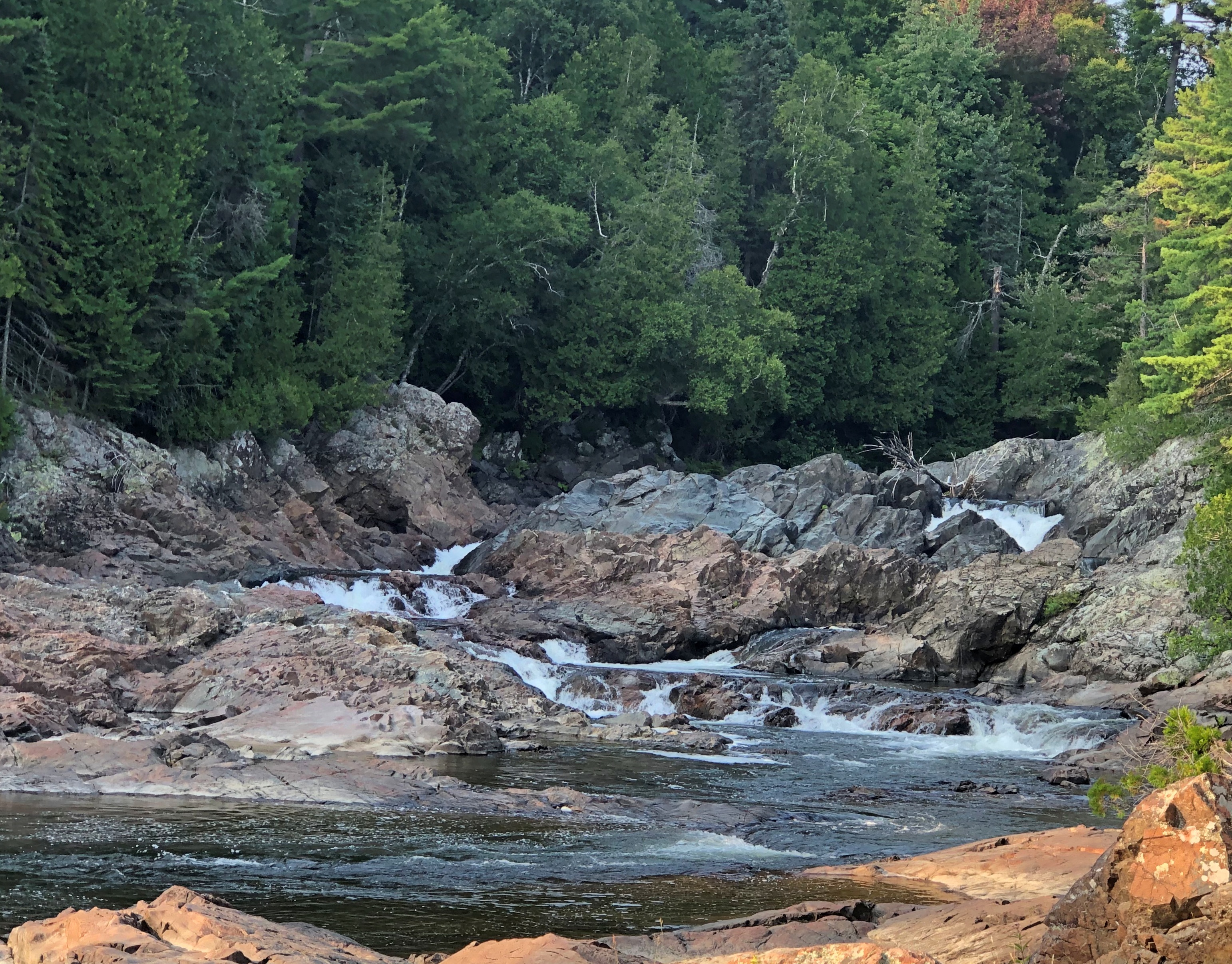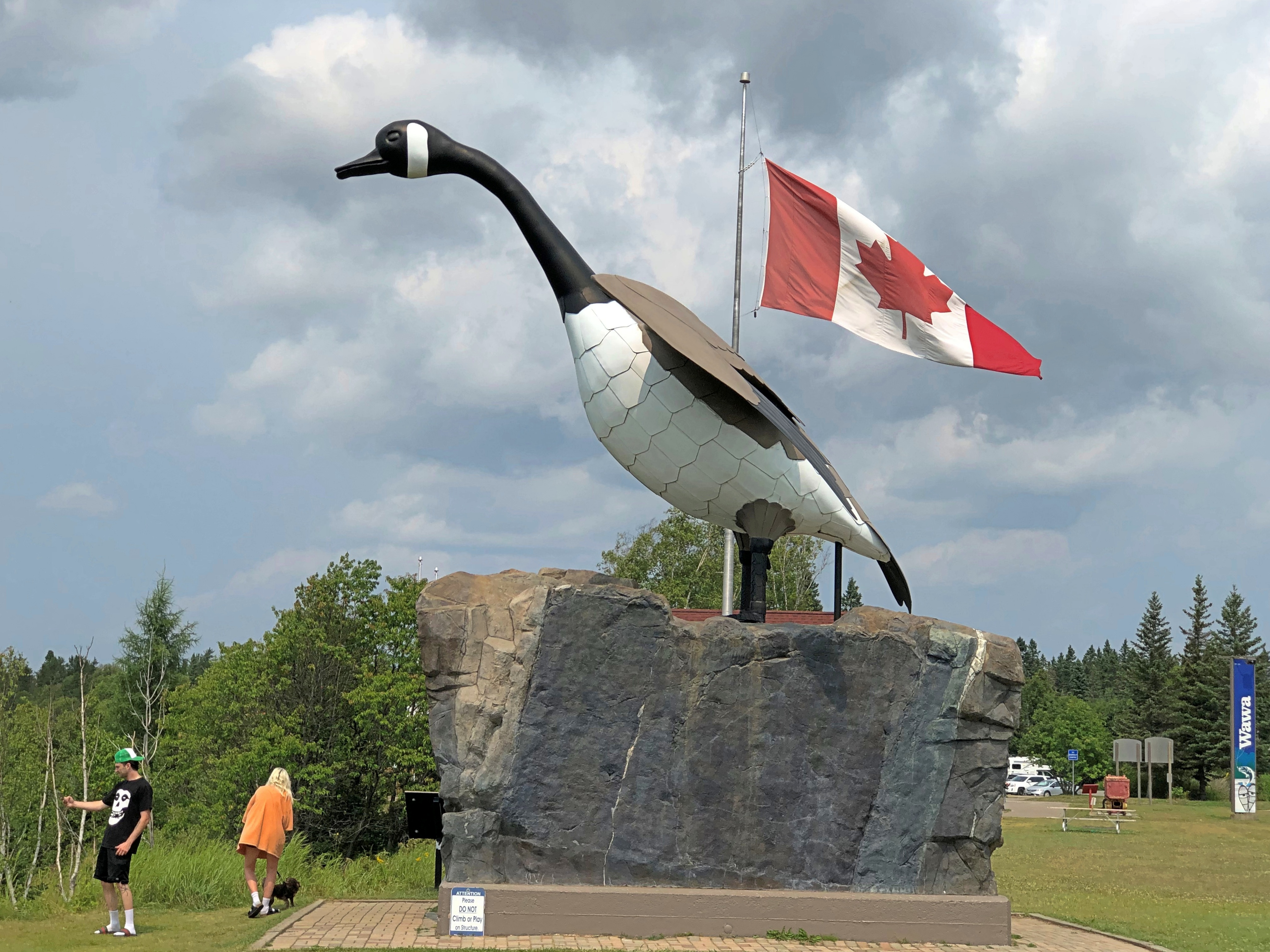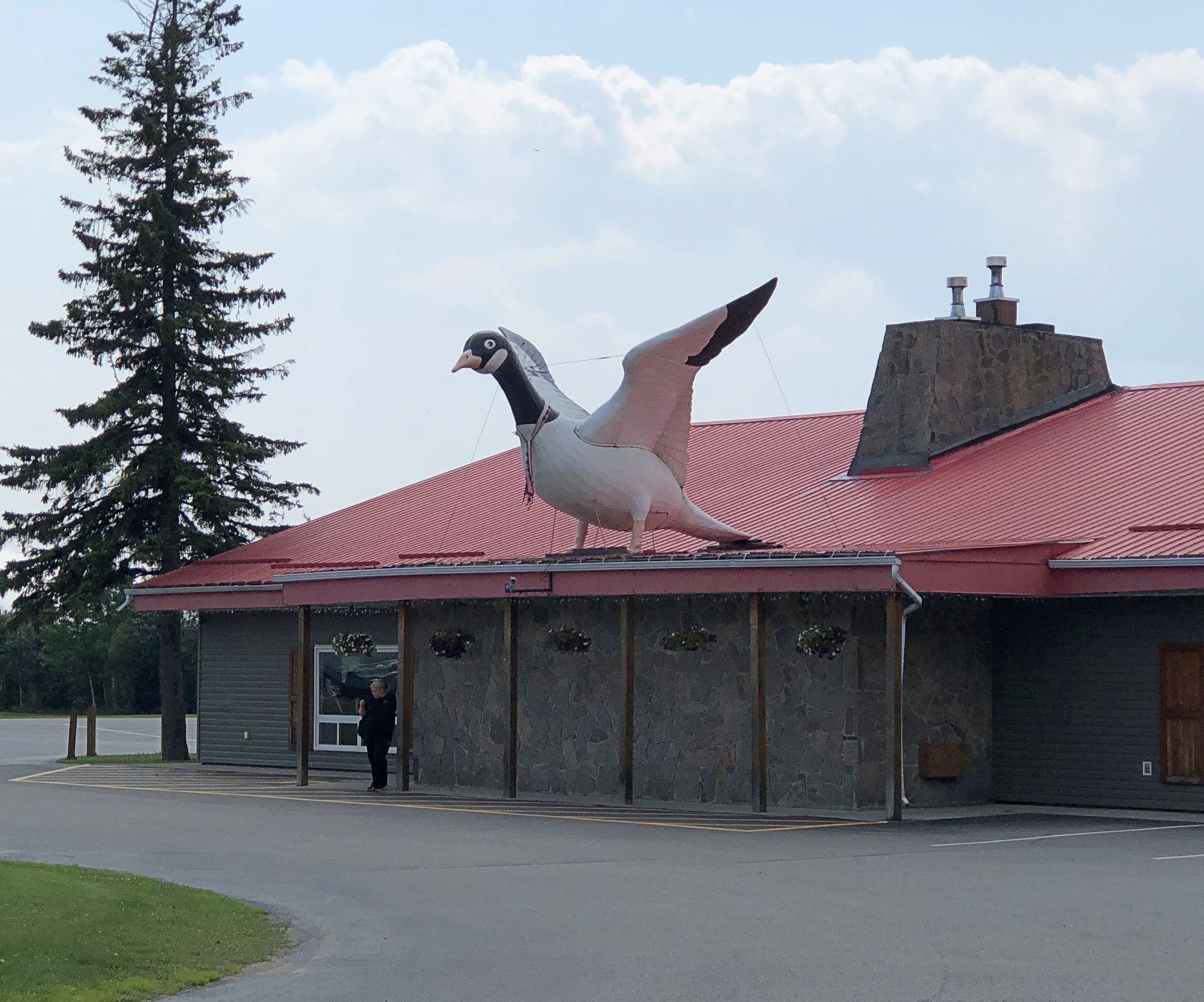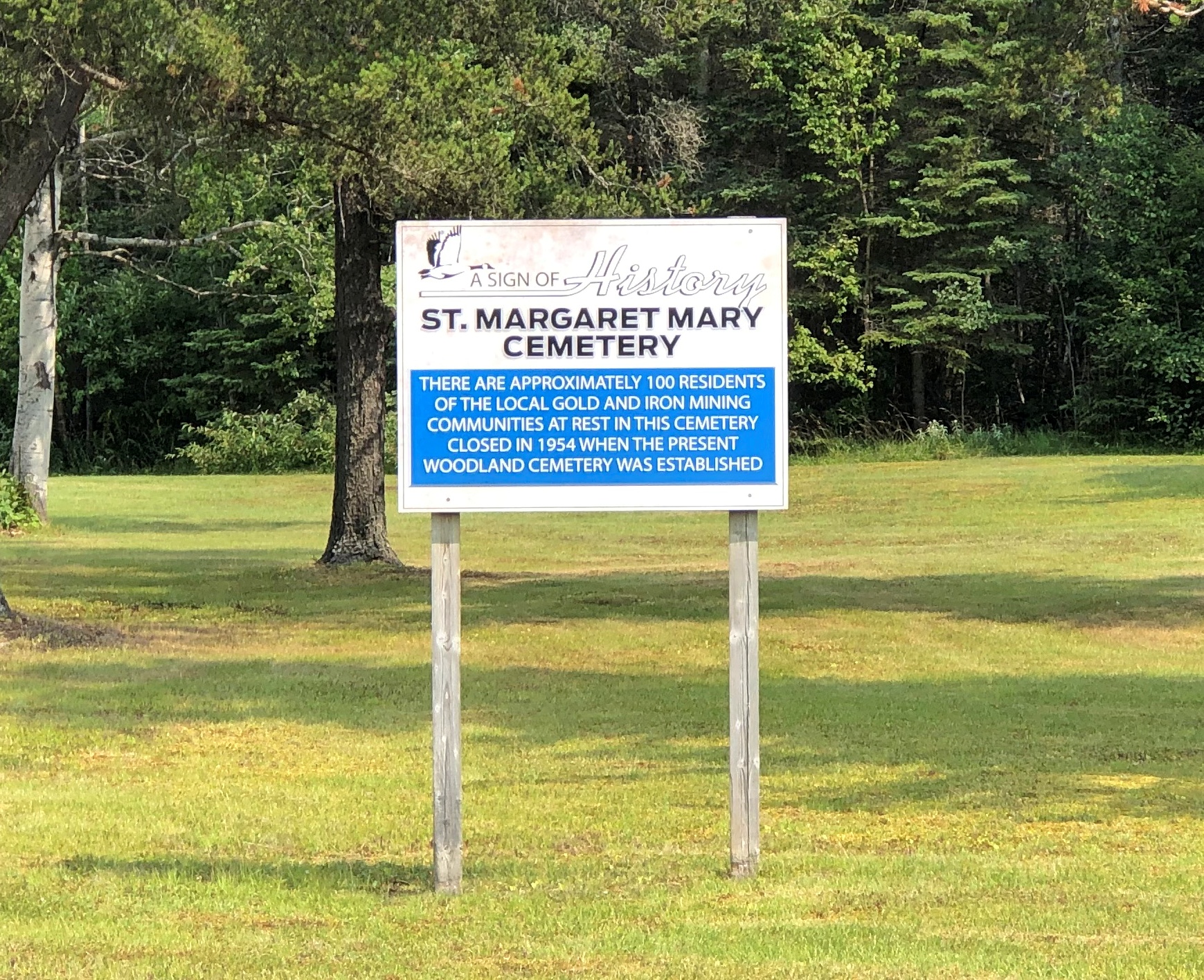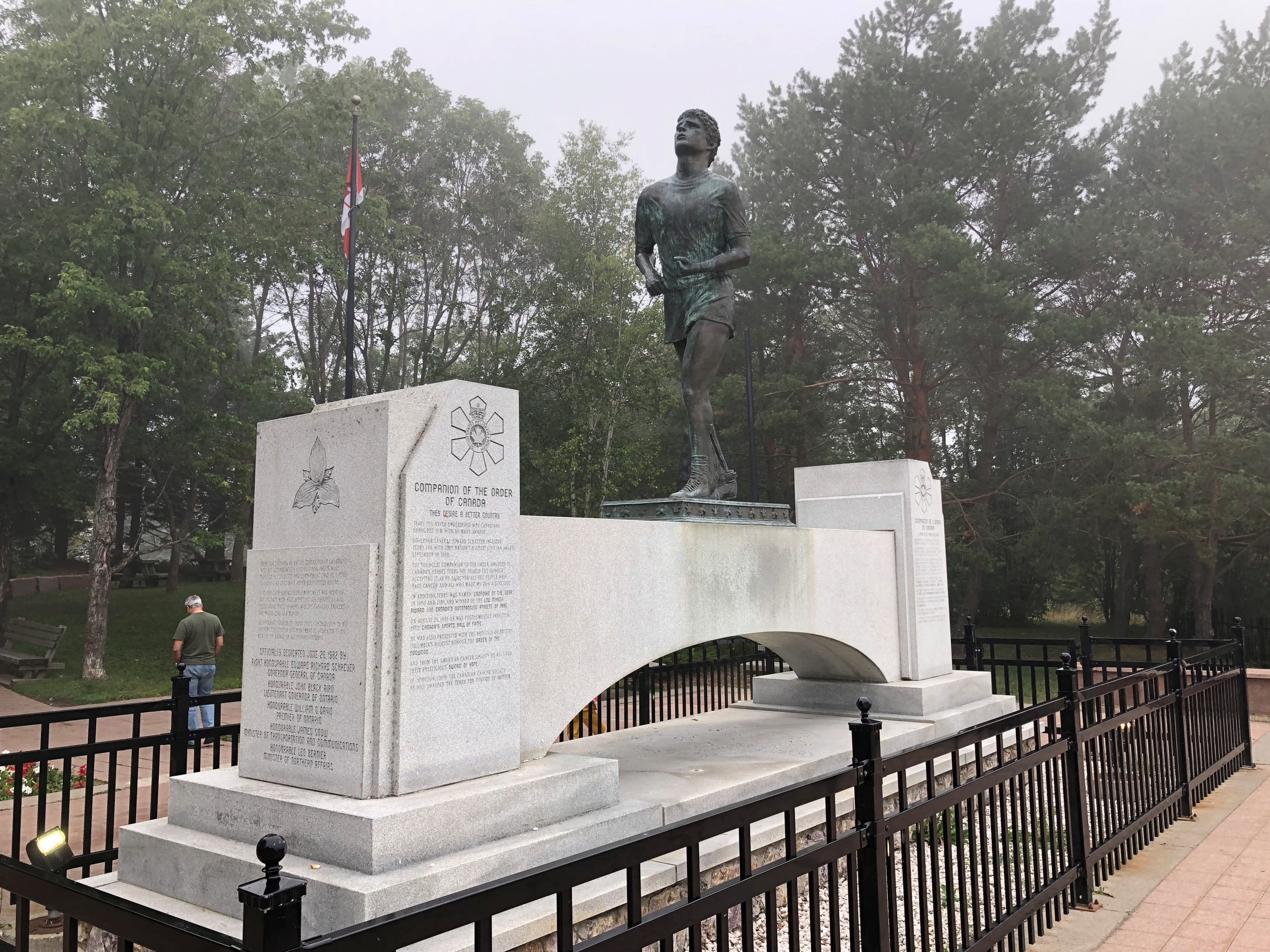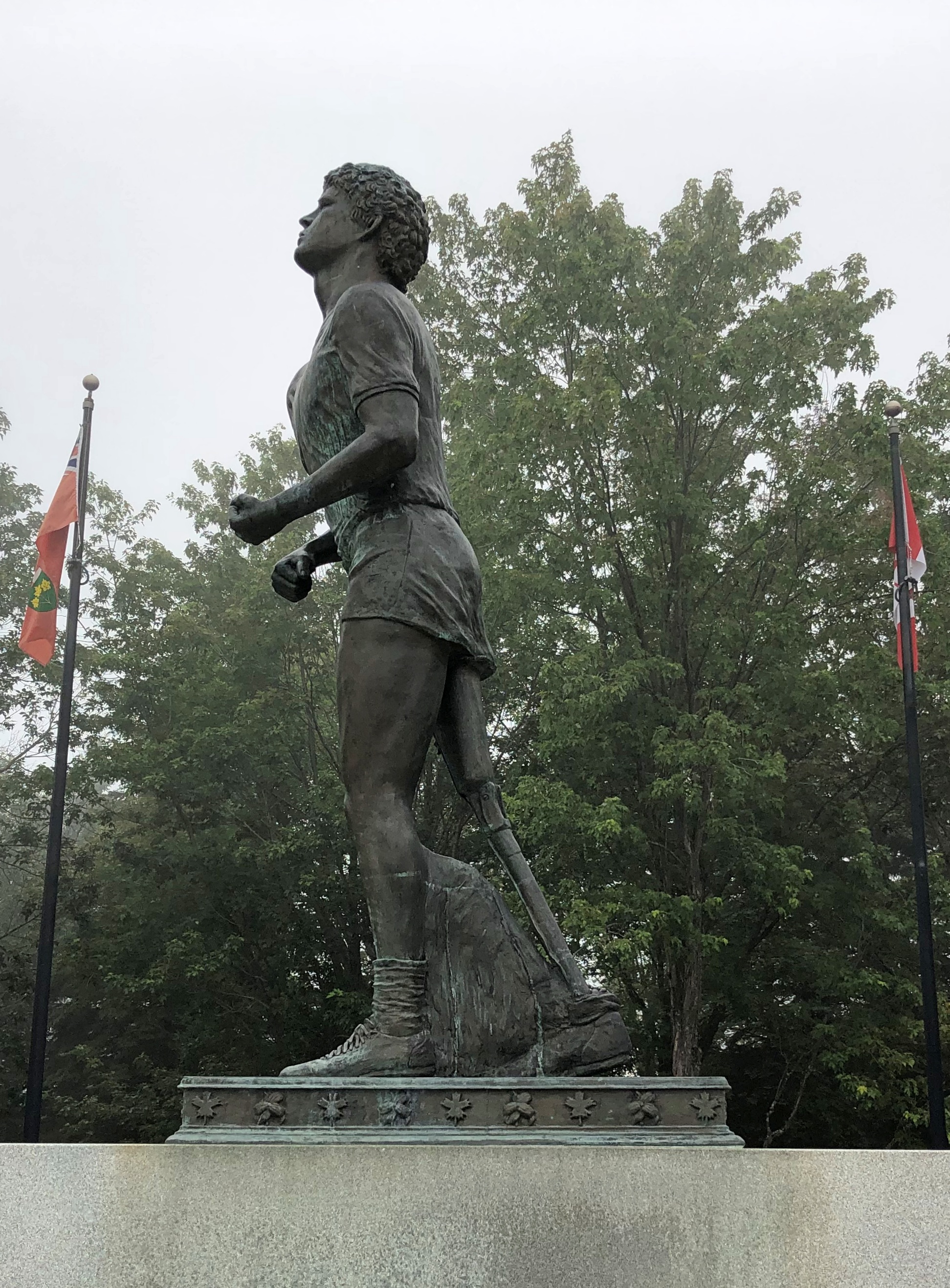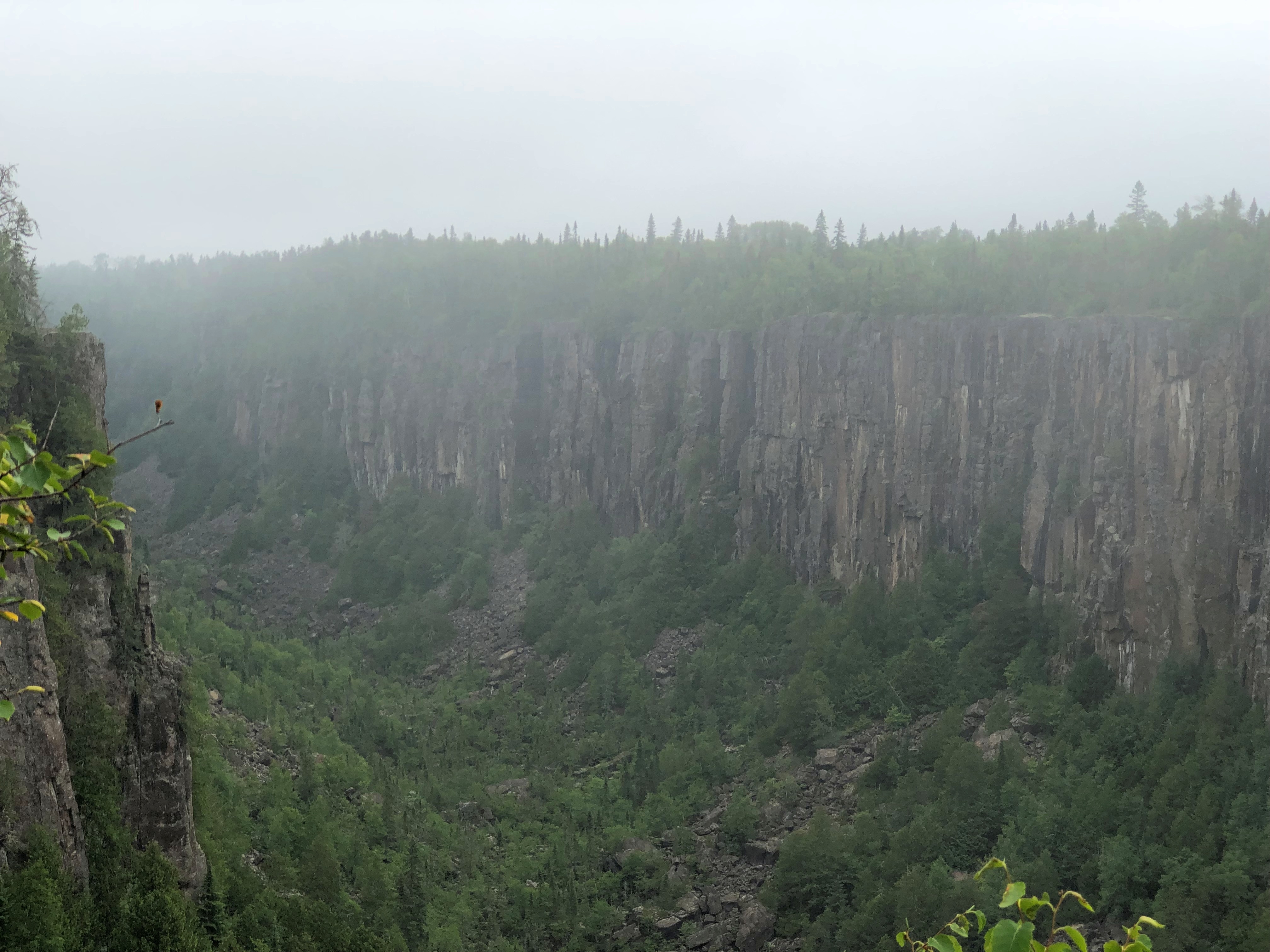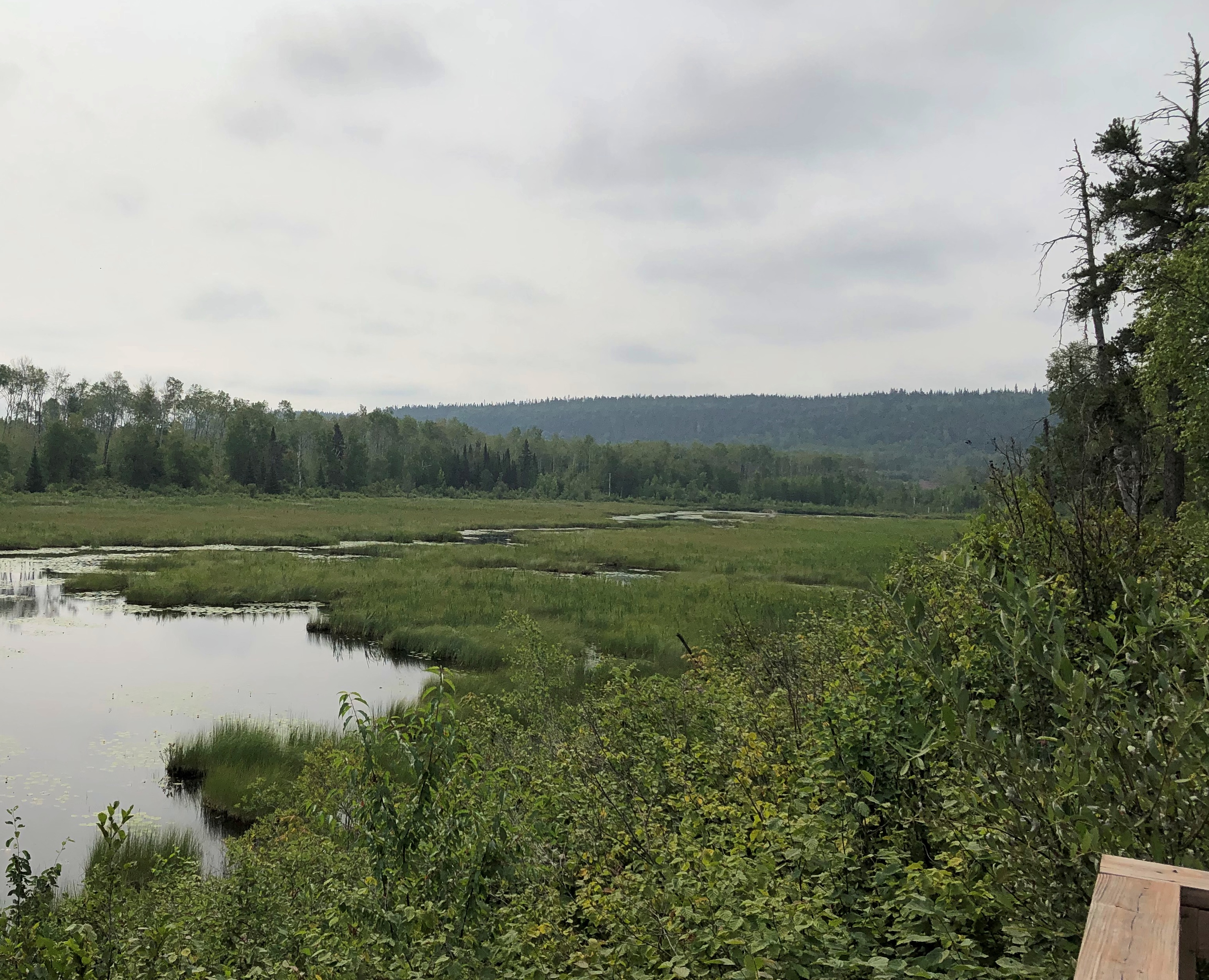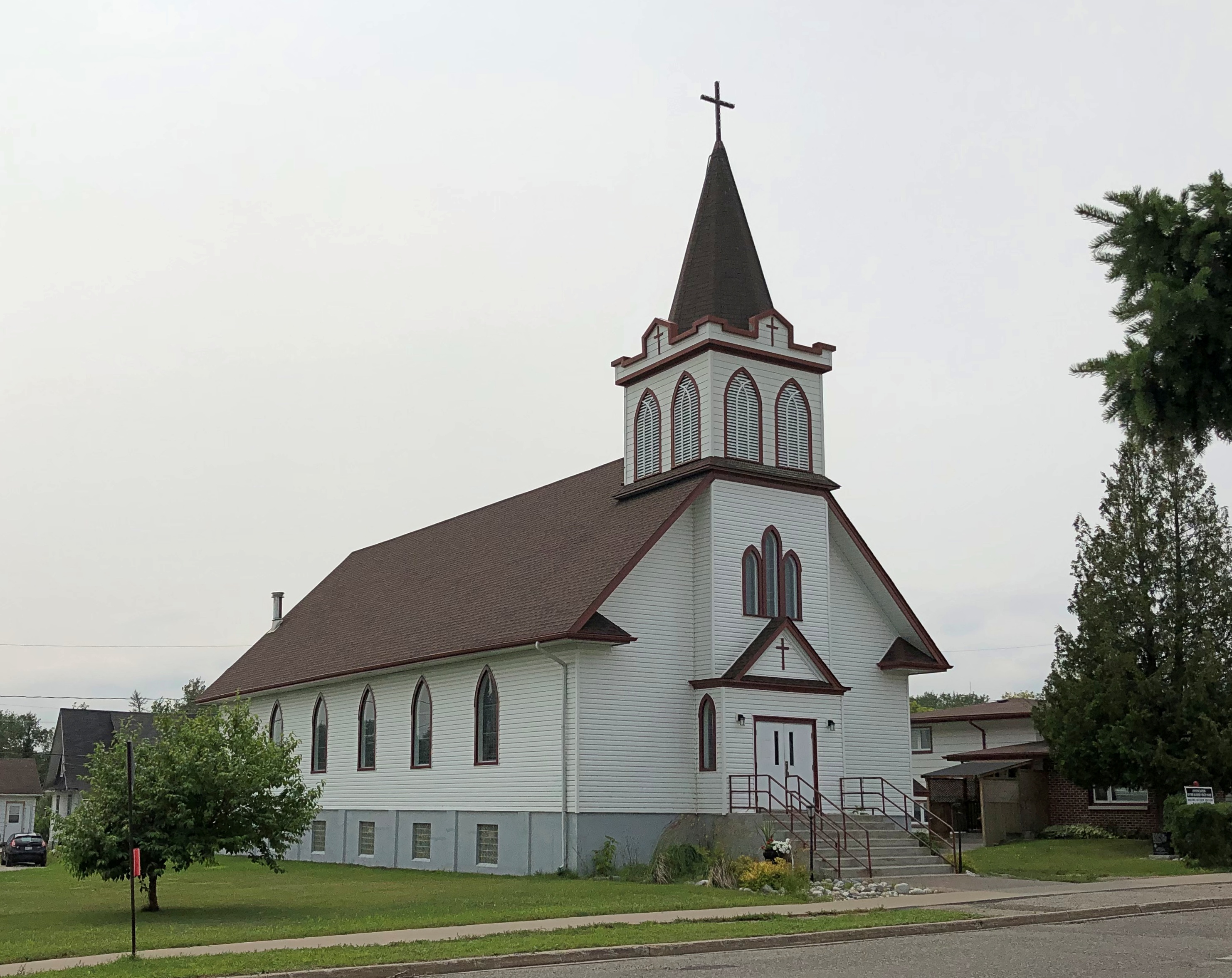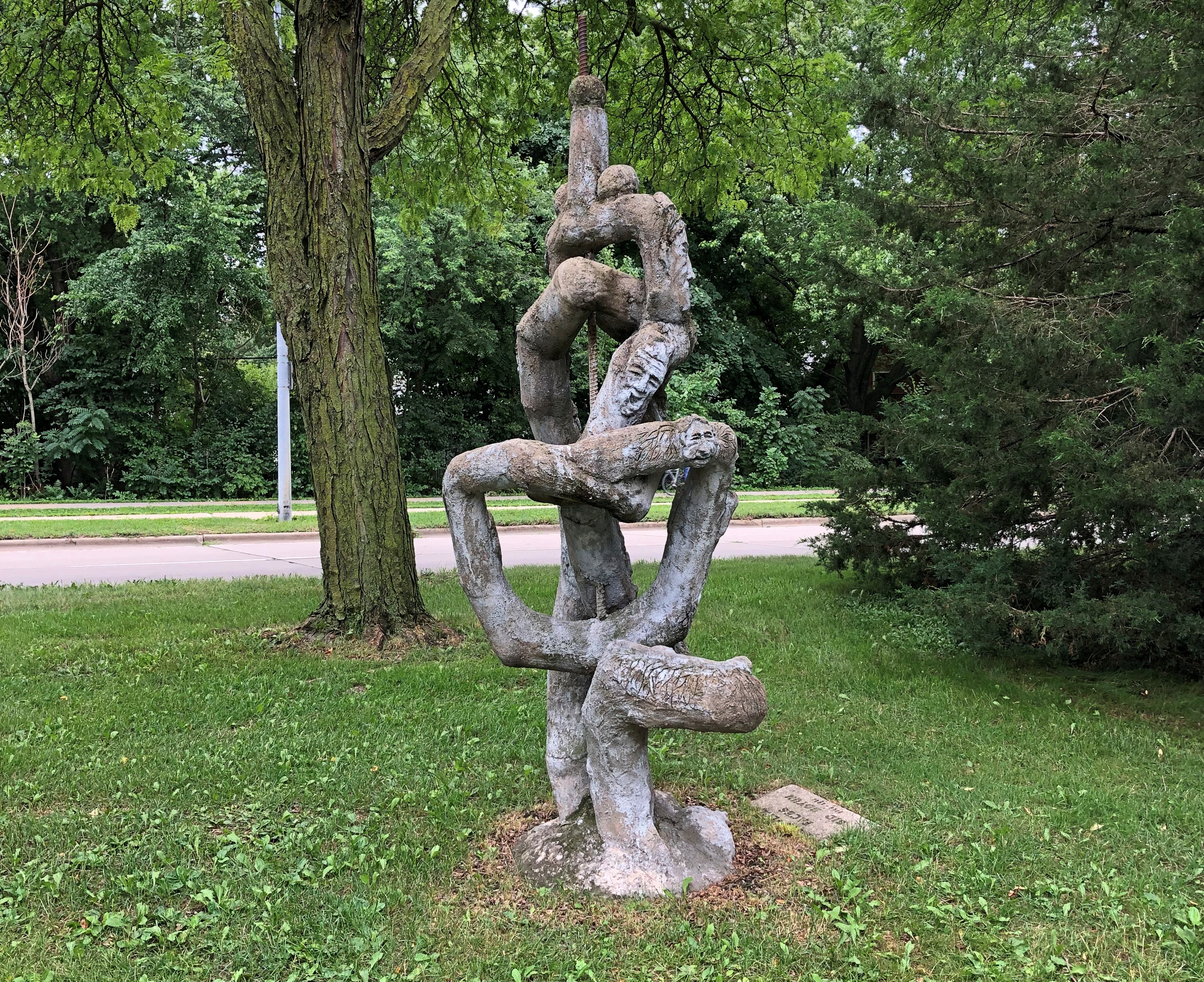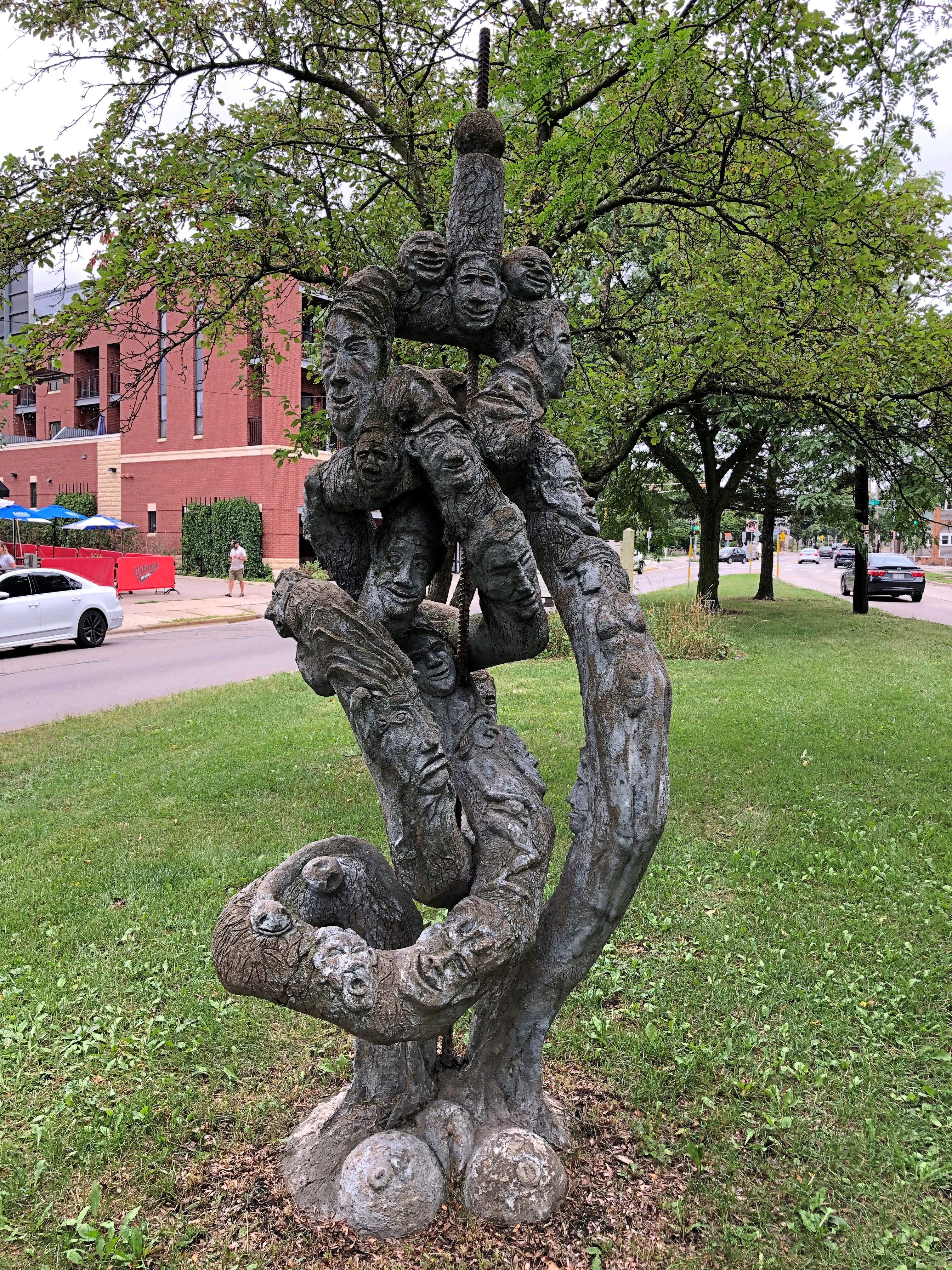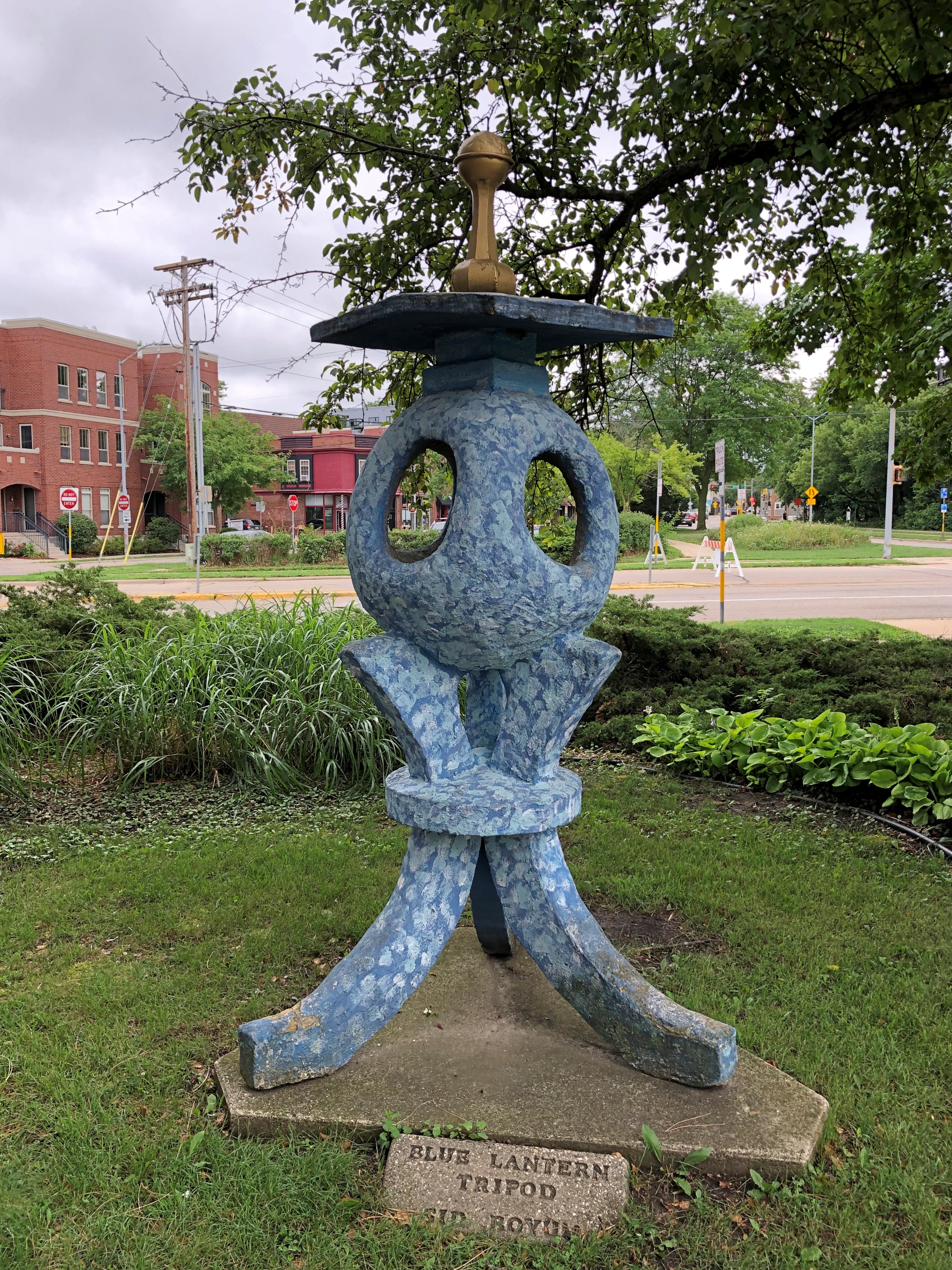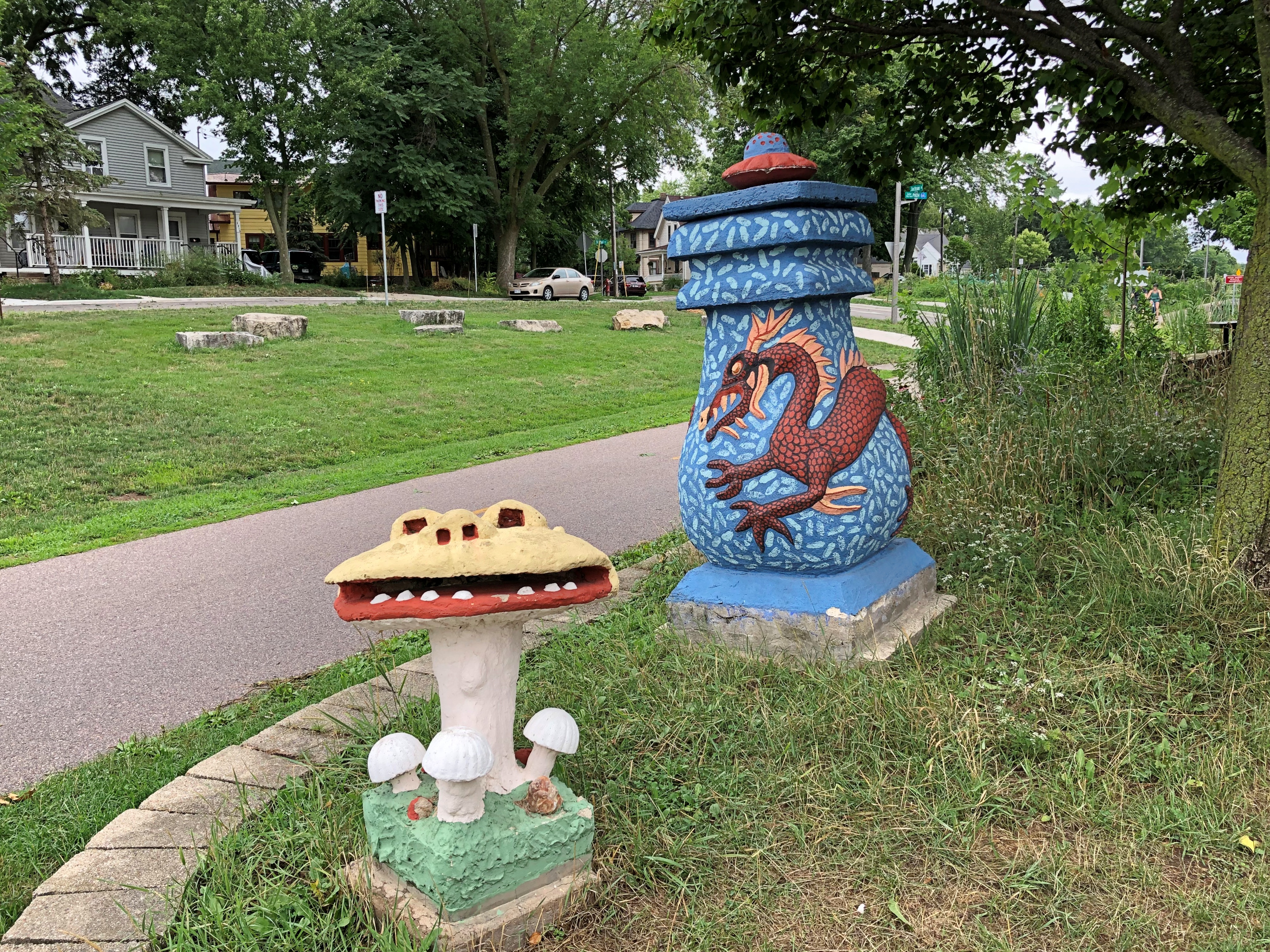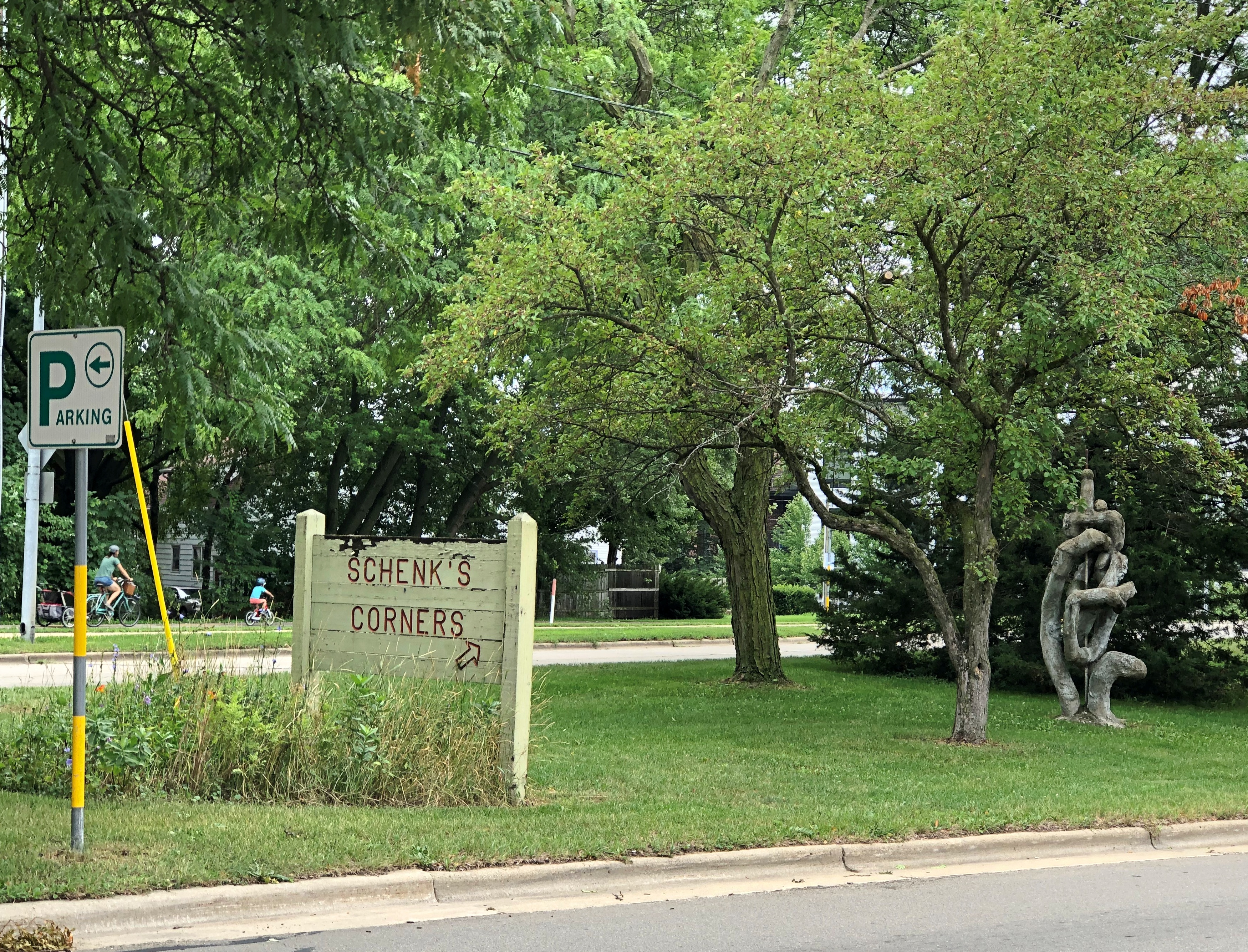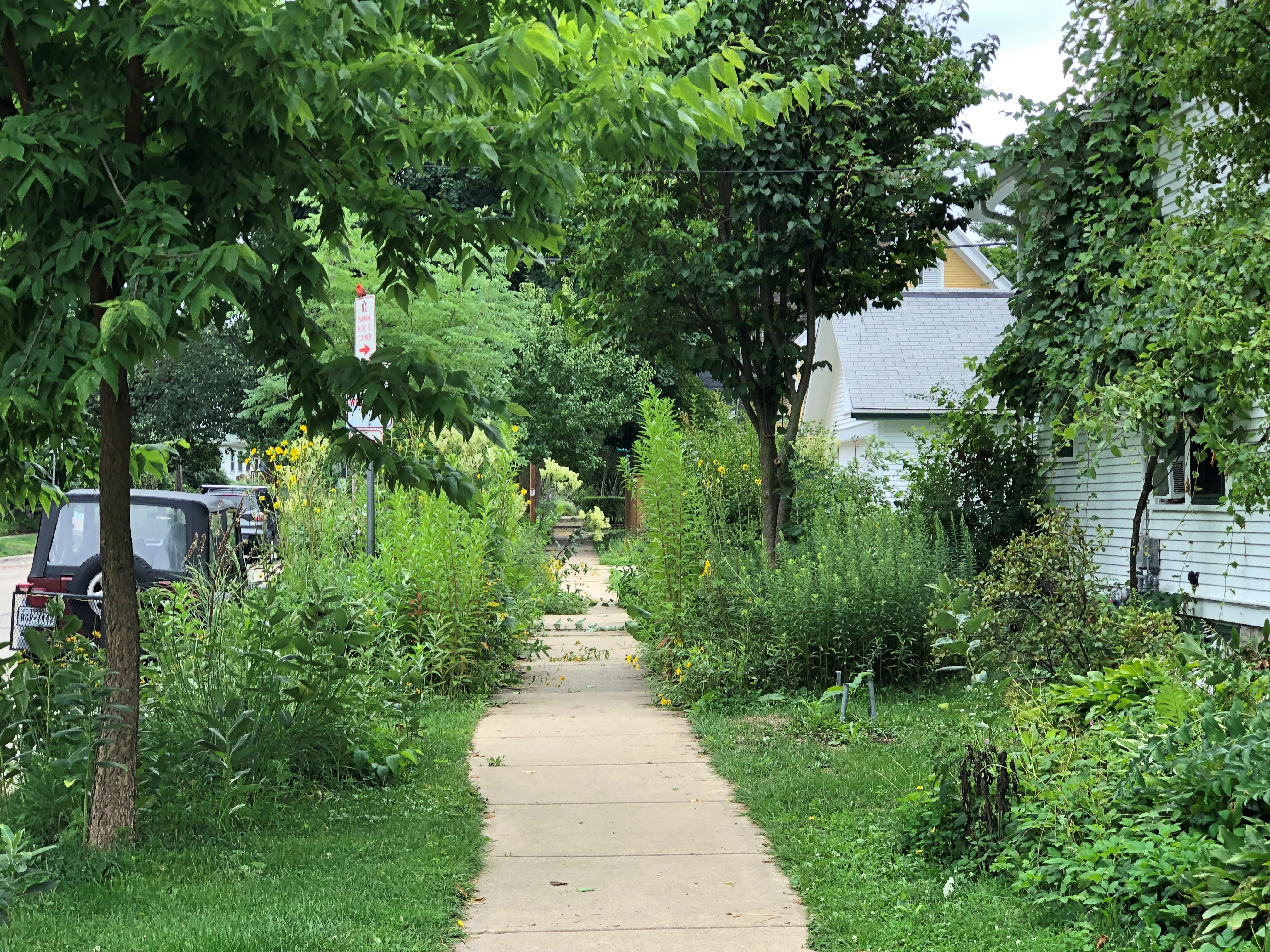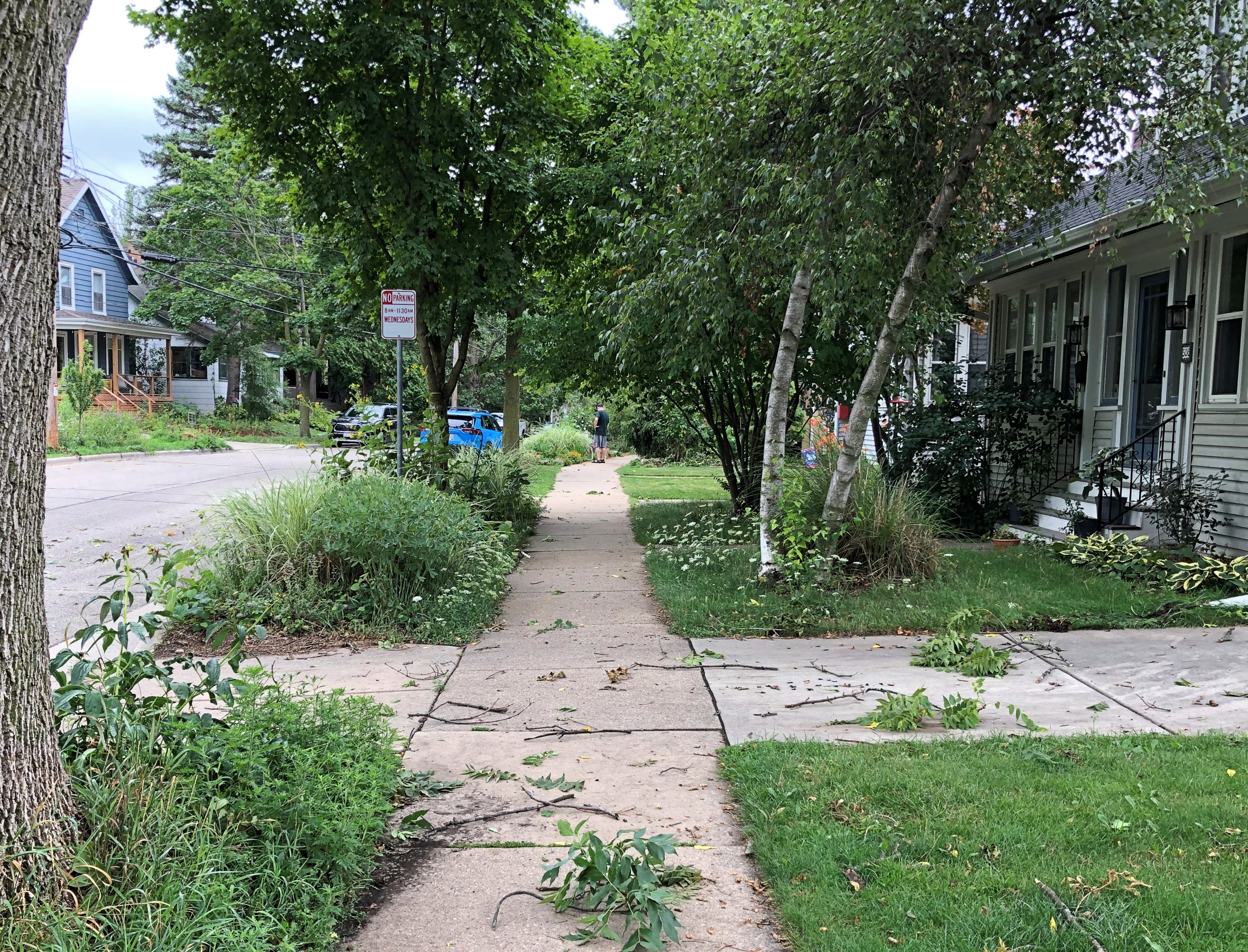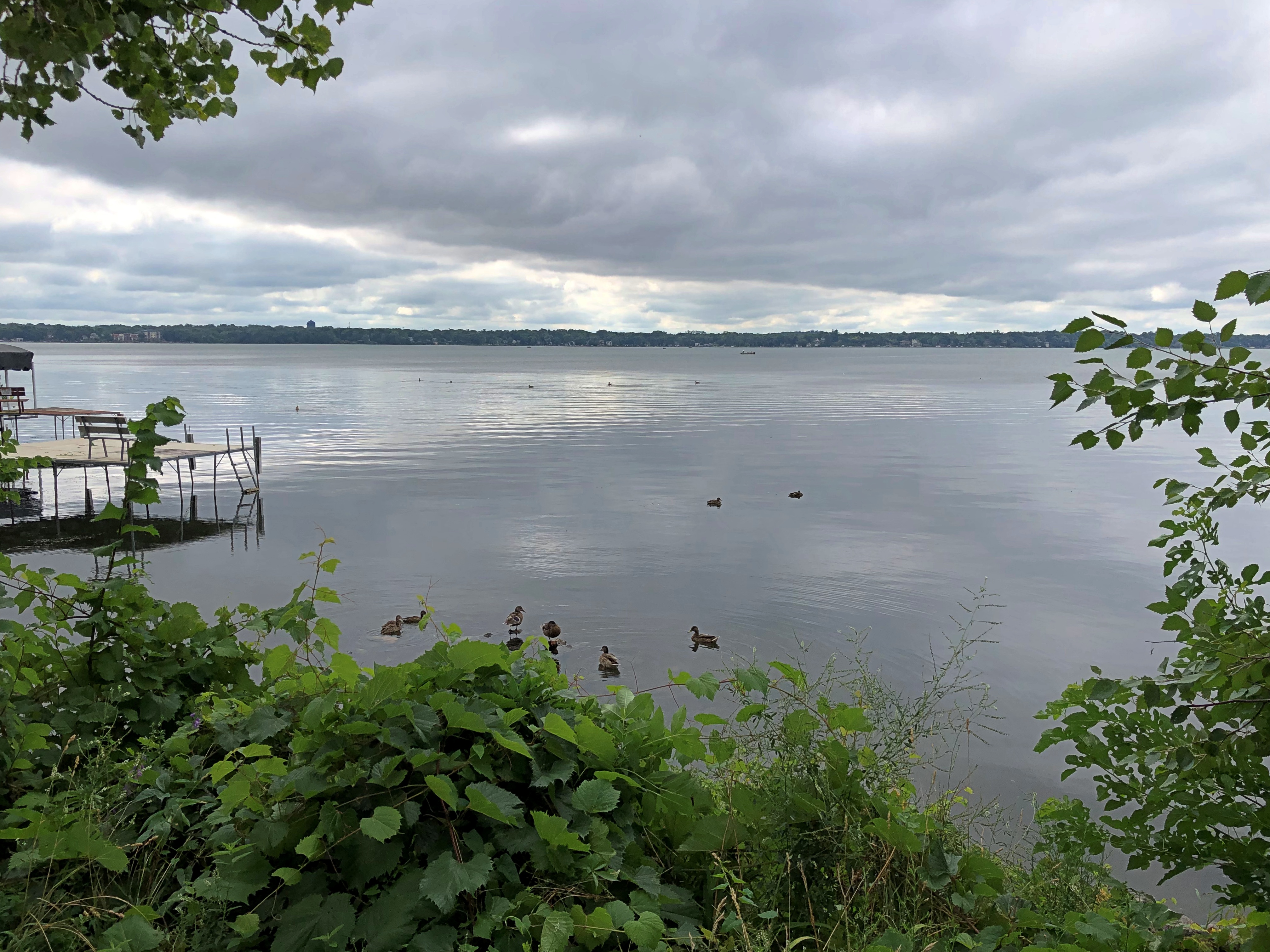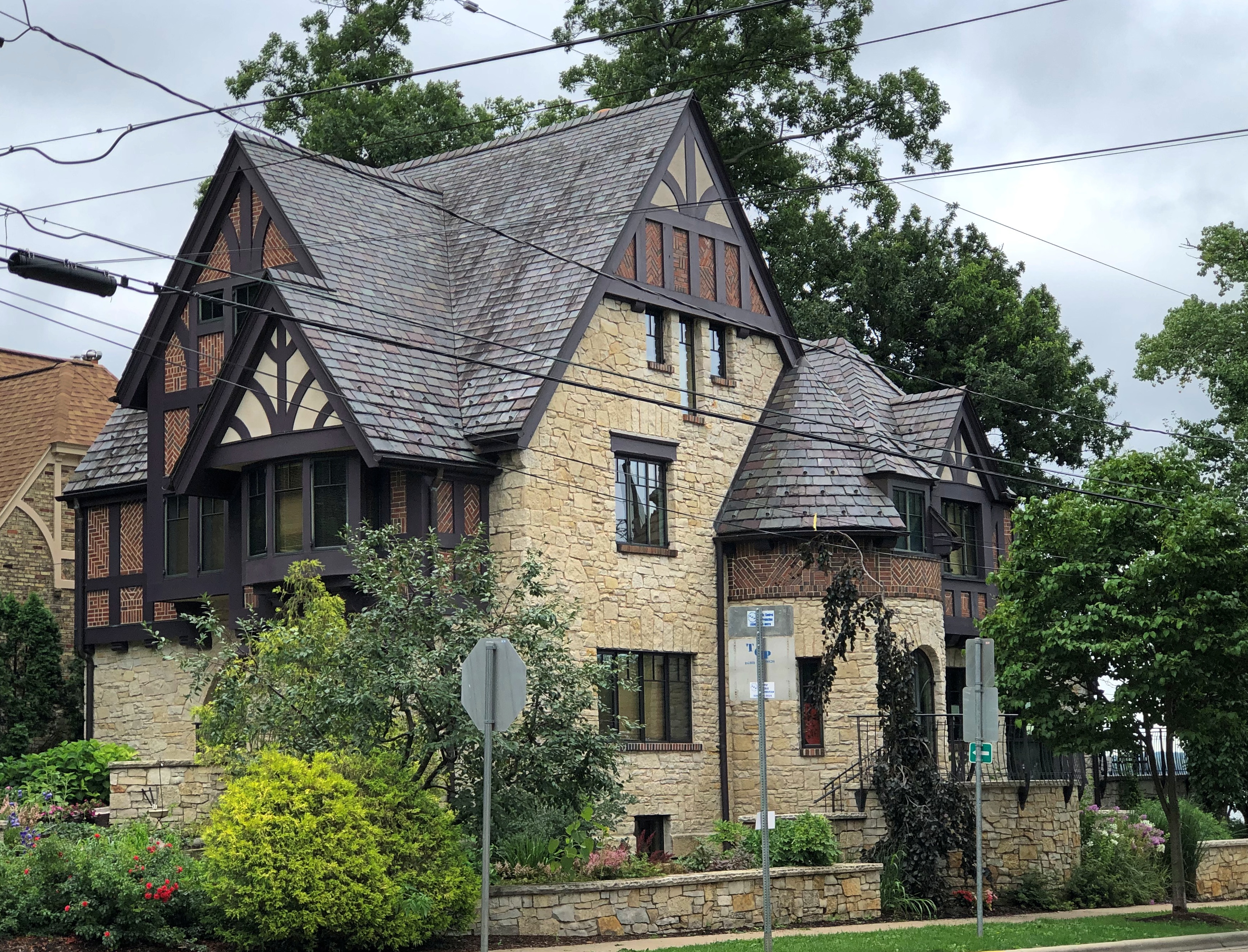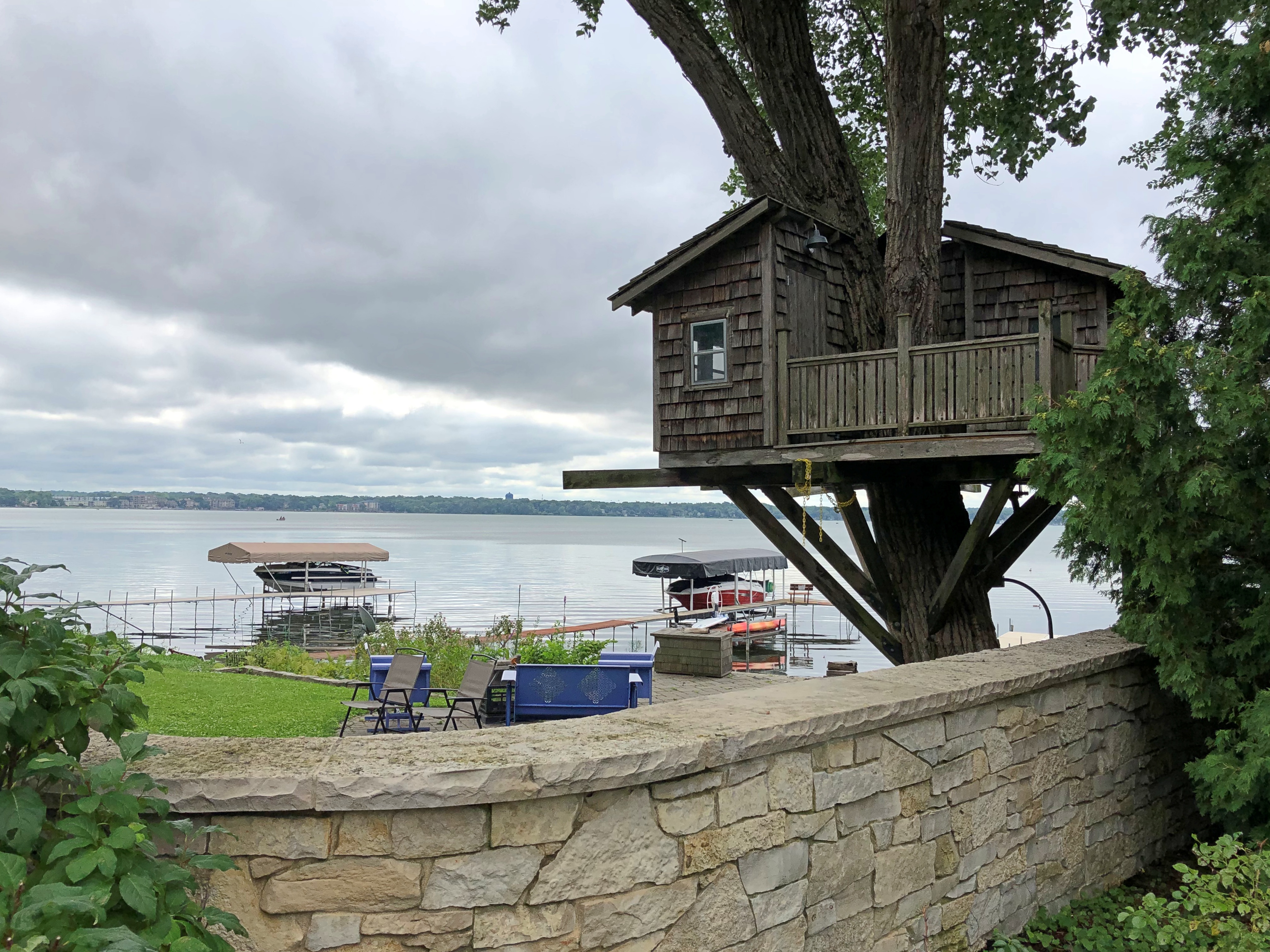On Saturday the sun came up in Nashville and we weren’t there to greet it, having stuffed ourselves with hot chicken and beer the night before, and then engaged in conversation until fairly late. On the other other hand, we were there to see the sun set later that day from the roof deck.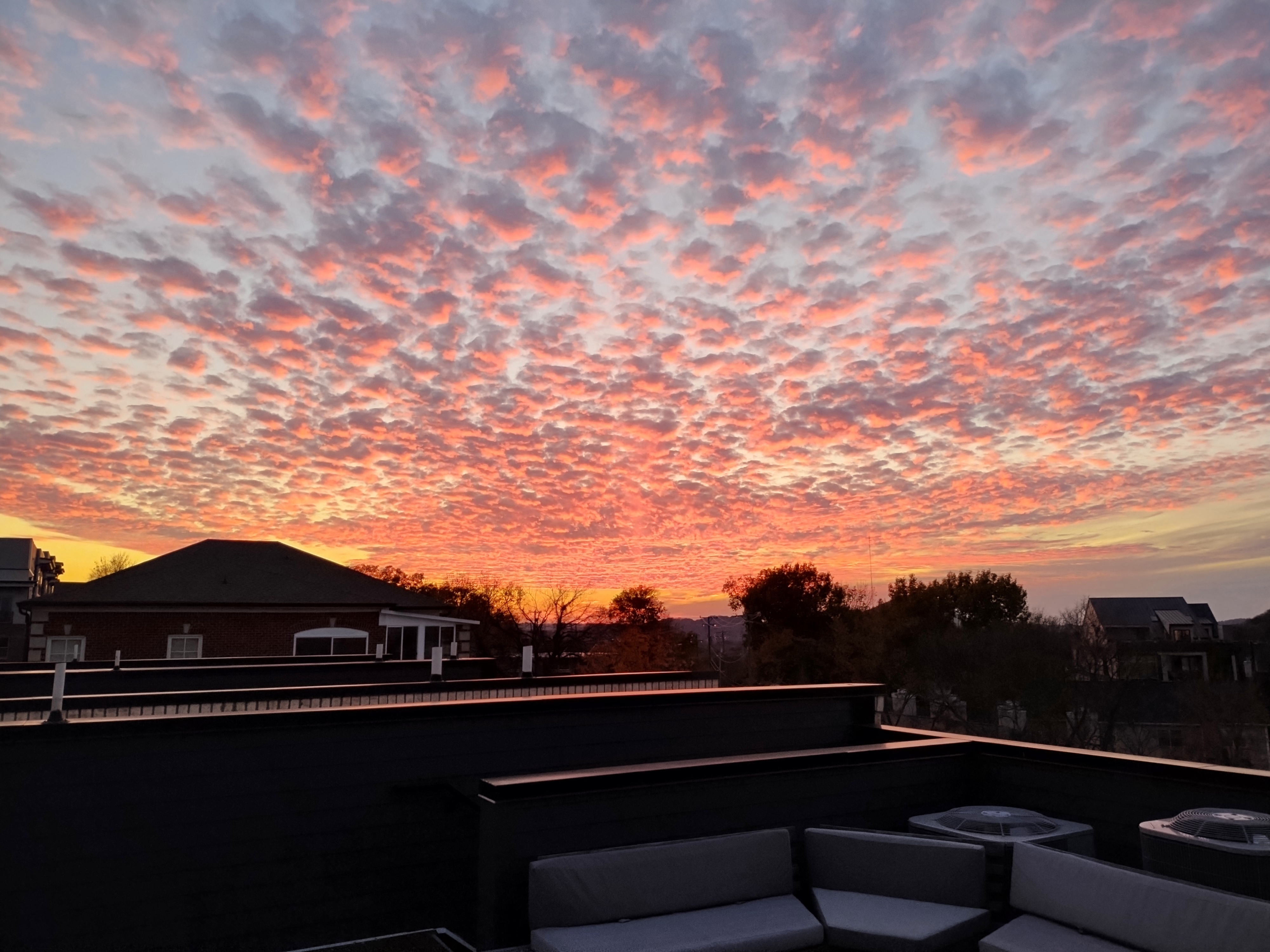
Between those moments, we did a lot of walking. First we set out from our well-located short-term apartment along side streets past the site of our residence in the early ’80s, which was also the place we built an isolation tank for ourselves, then to Centennial Park, the crown jewel among Nashville parks.
On Saturday morning we merely crossed the park, where one of our number had been arrested for drinking beer in public 40-plus years ago, exiting it at the end (or beginning) of the short Elliston Place. We noted the buildings and businesses gone from that street – such as Rotier’s and its barbecue chicken without peer – and additions, none of any particular character.
The Elliston Place Soda Shop still serves tasty meat-and-threes, wonderful breakfasts, and incredible milkshakes, though in a larger location next door to its original site, where it reopened in 2021. The look is about right, a larger space but still a close homage to the original. The real test was the food, and the place passed with flying colors.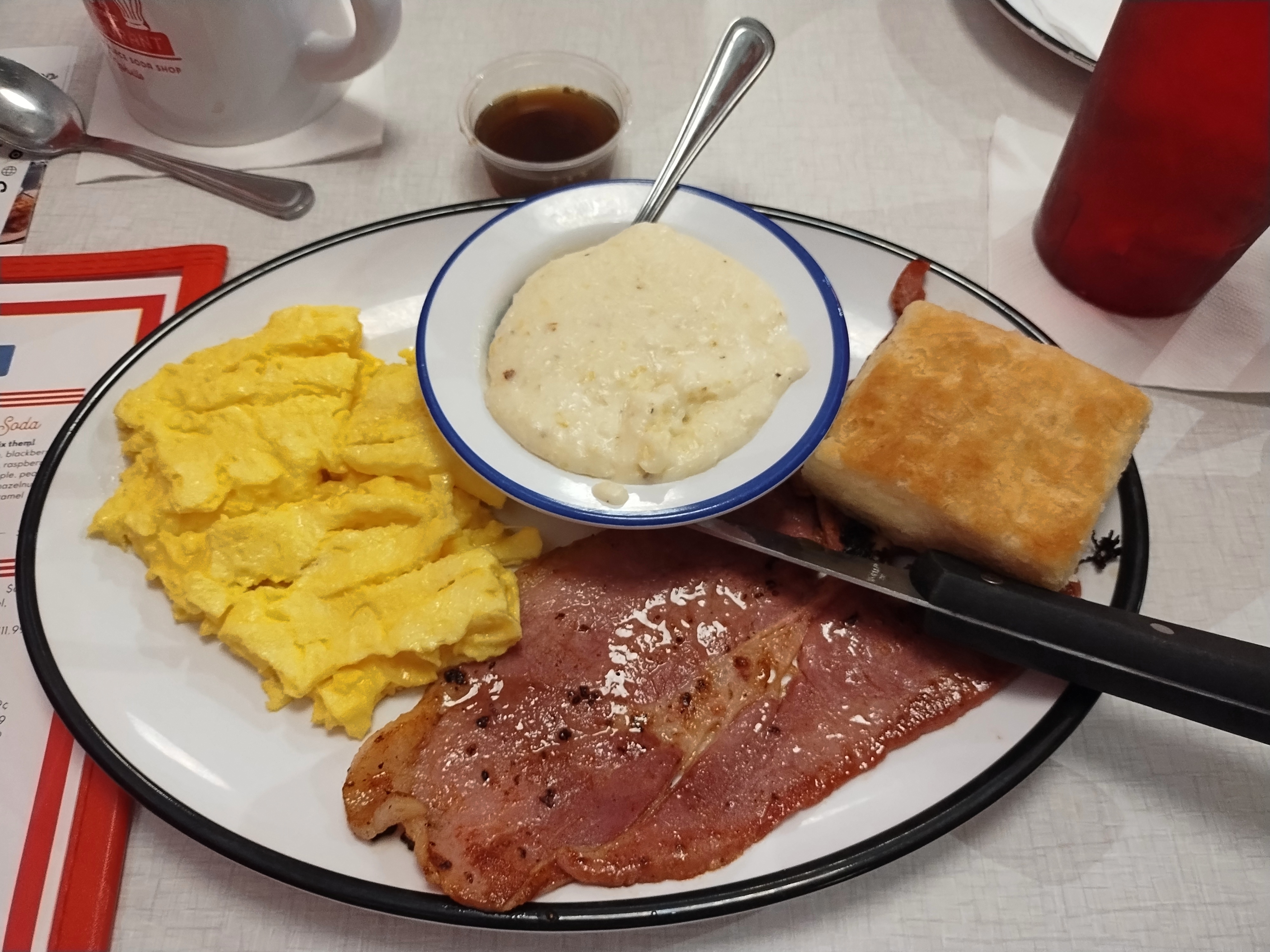
Then came the Vanderbilt Ramble: along sidewalks and across greens, past dorms and classrooms and other buildings, many tied to specific sets of memories: McGill Hall, Sarratt Student Center, the Main Library, Furman Hall, and 21st Avenue to the former Peabody Campus, where we noted that Oxford House had vanished, replaced by a parking garage still under construction; East Hall is still that and West Hall that; but Confederate Memorial Hall is merely Memorial Hall and the Social-Religious Building is named for some chancellor or other. Former Social-Religious has ten pillars out front, which to this day I believe stand for the Ten Commandments. On its expansive front steps, every day once upon a time, a blind student practiced his bagpipes. He wasn’t bad.
Further wanderings took us through Hillsboro Village, a storefront shopping district that existed 40+ years ago, though most of the shops are different these days. Returning to campus, we passed through the blocks of fraternity and sorority houses, once marked by regular streets, which are now pedestrian walkways. We had little to do with them in our student days, though one of us pledged ATO, which didn’t take. I noted the spot where I had a short springtime conversation with a tipsy future vodka billionaire. Indeed, besides going to the same junior high and high school as I did, he spent one year at VU.
The arboretum that is the Vanderbilt campus, including Peabody, was near peak coloration, a blaze of leaves in places. Many trees are enormous and stood well before anyone on campus today was born. The day was warm and campus alive with people, though never crowded anywhere. Students went about their weekend business, and paid no attention to the oldsters wandering by, with their collective recollections trailing behind them.
On Sunday afternoon, we spent more time in Centennial Park, legacy of a long-ago expo.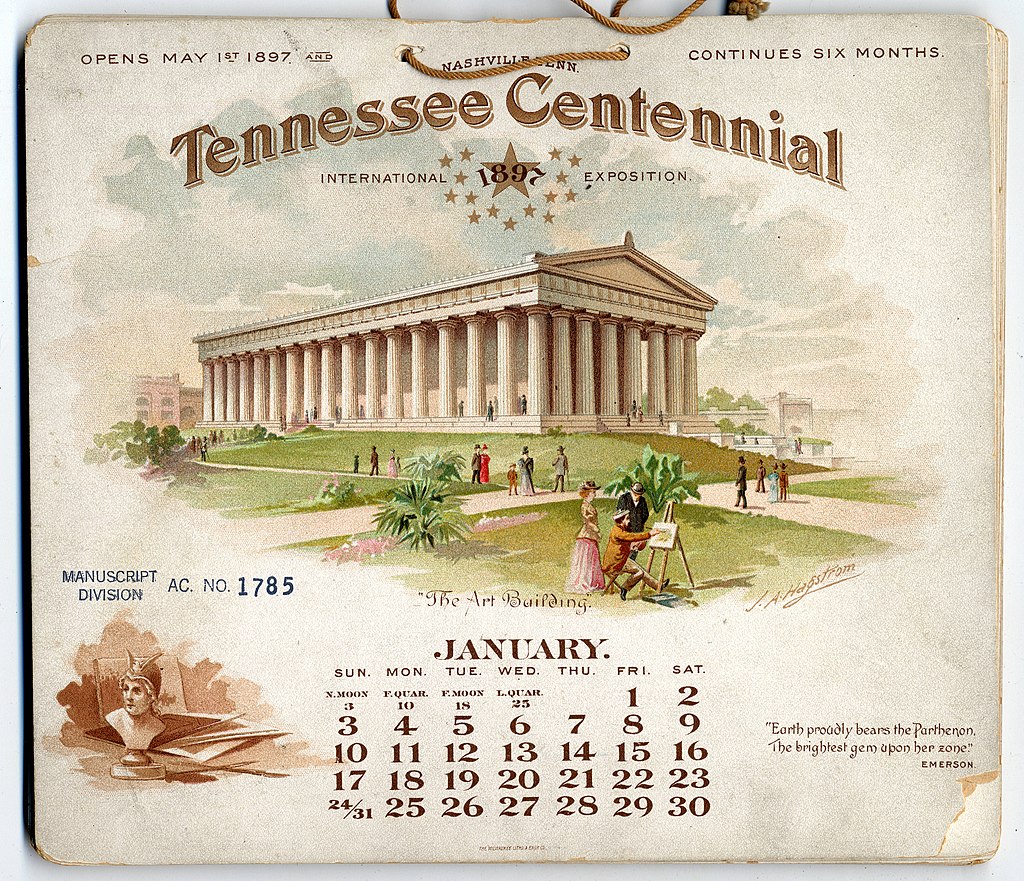
The temporary art building, a replica of the Parthenon, was rebuilt in the 1920s to be more permanent, and it abides. So does Athena inside.
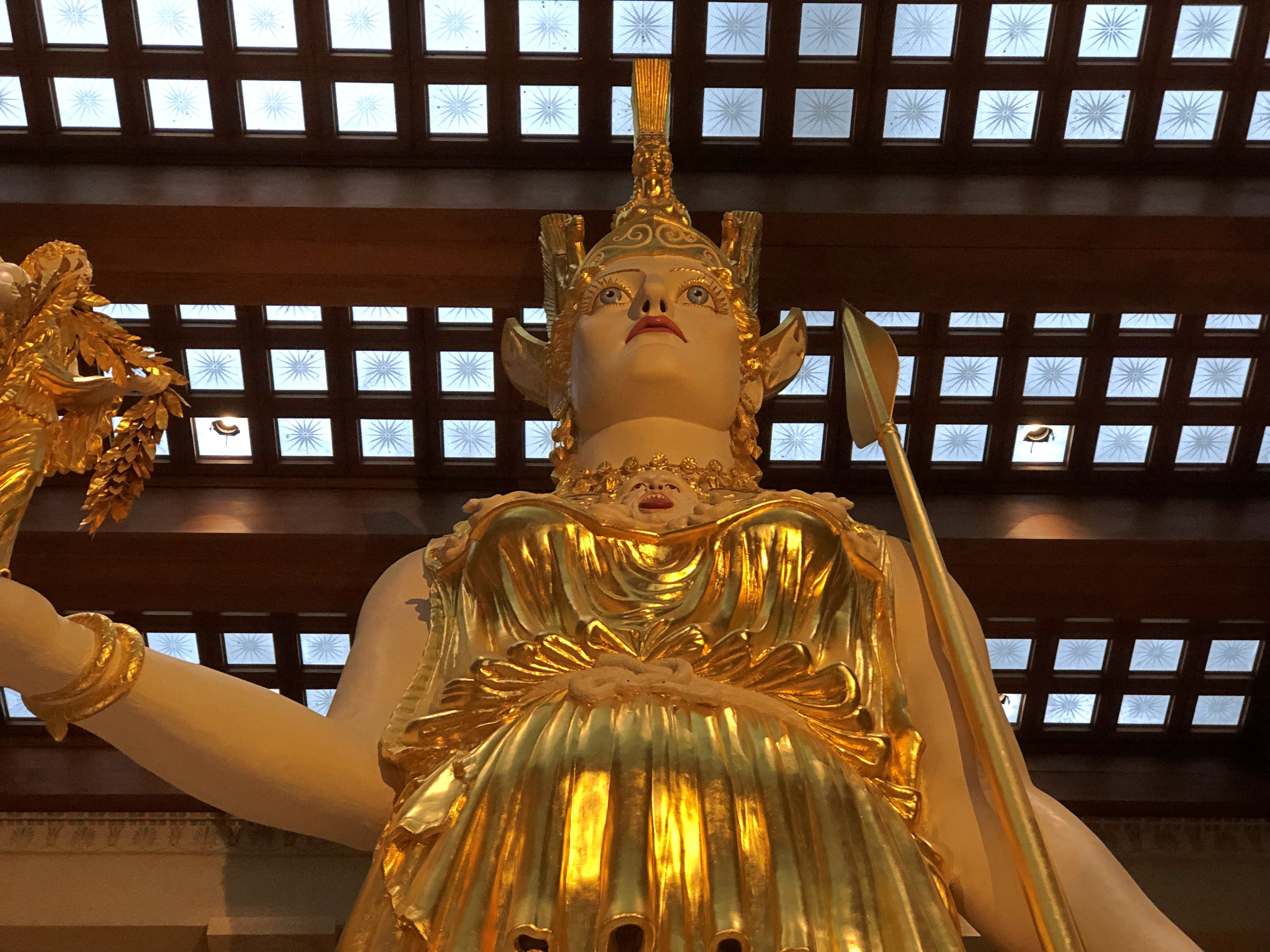
She wears the world’s largest sandals, probably.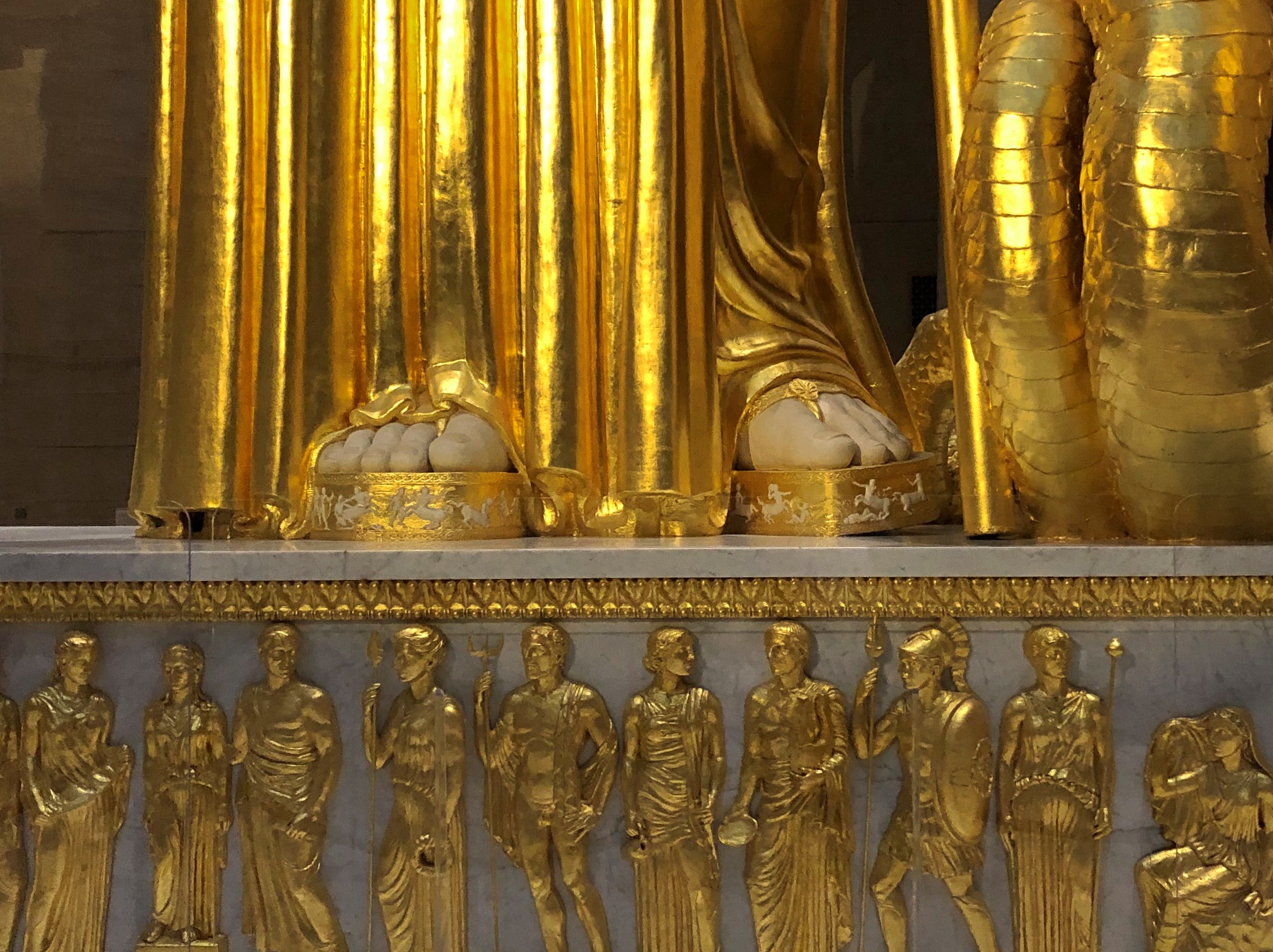
Though Steve and Rich had never seen her, Athena isn’t exactly new, having been completed by sculptor Alan LeQuire in 1990. I’ve visited a few times in the years since.
Much more recent (2016) is the Tennessee Women’s Suffrage Monument, also done by Alan LeQuire. None of us had seen it.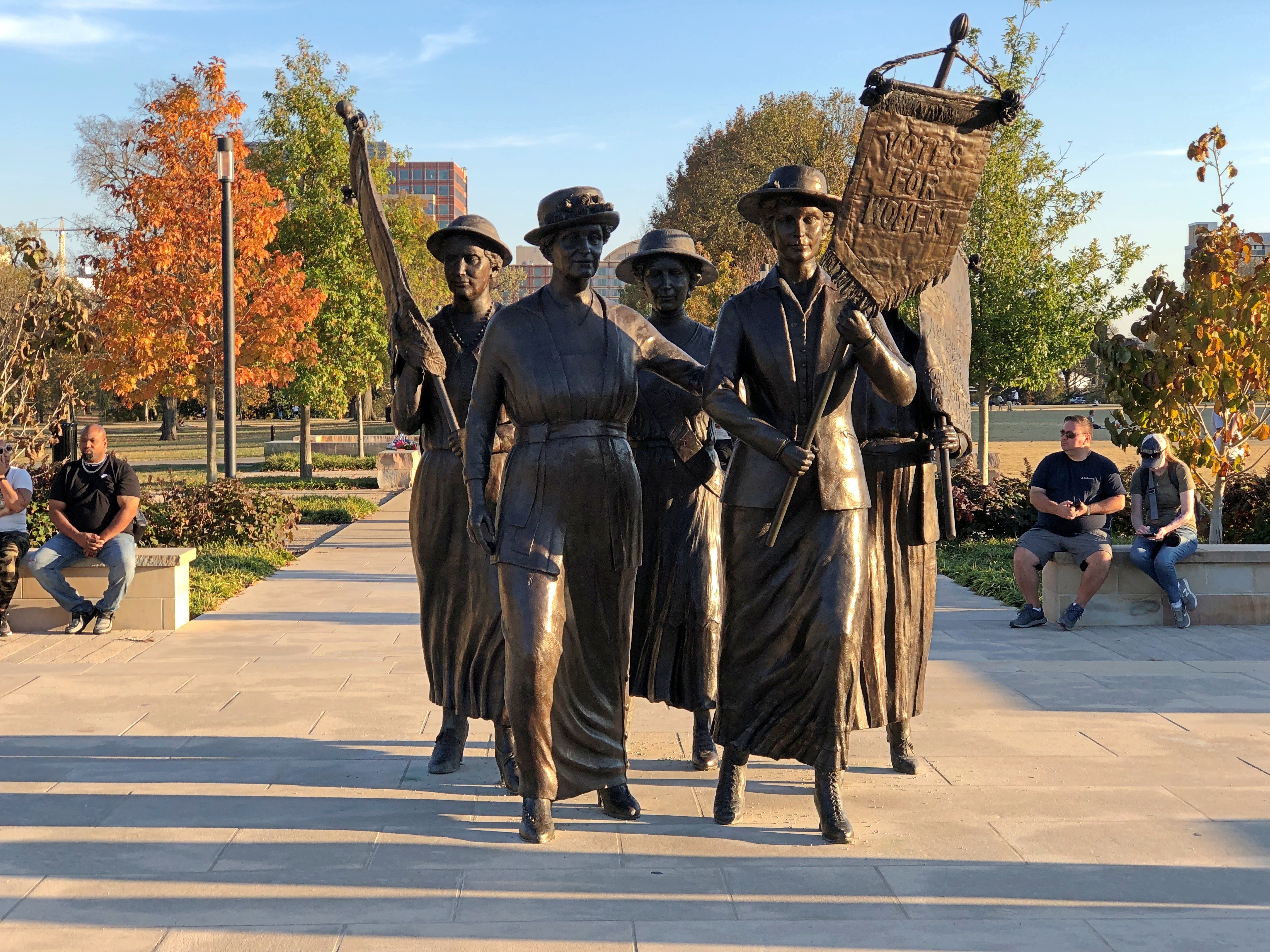
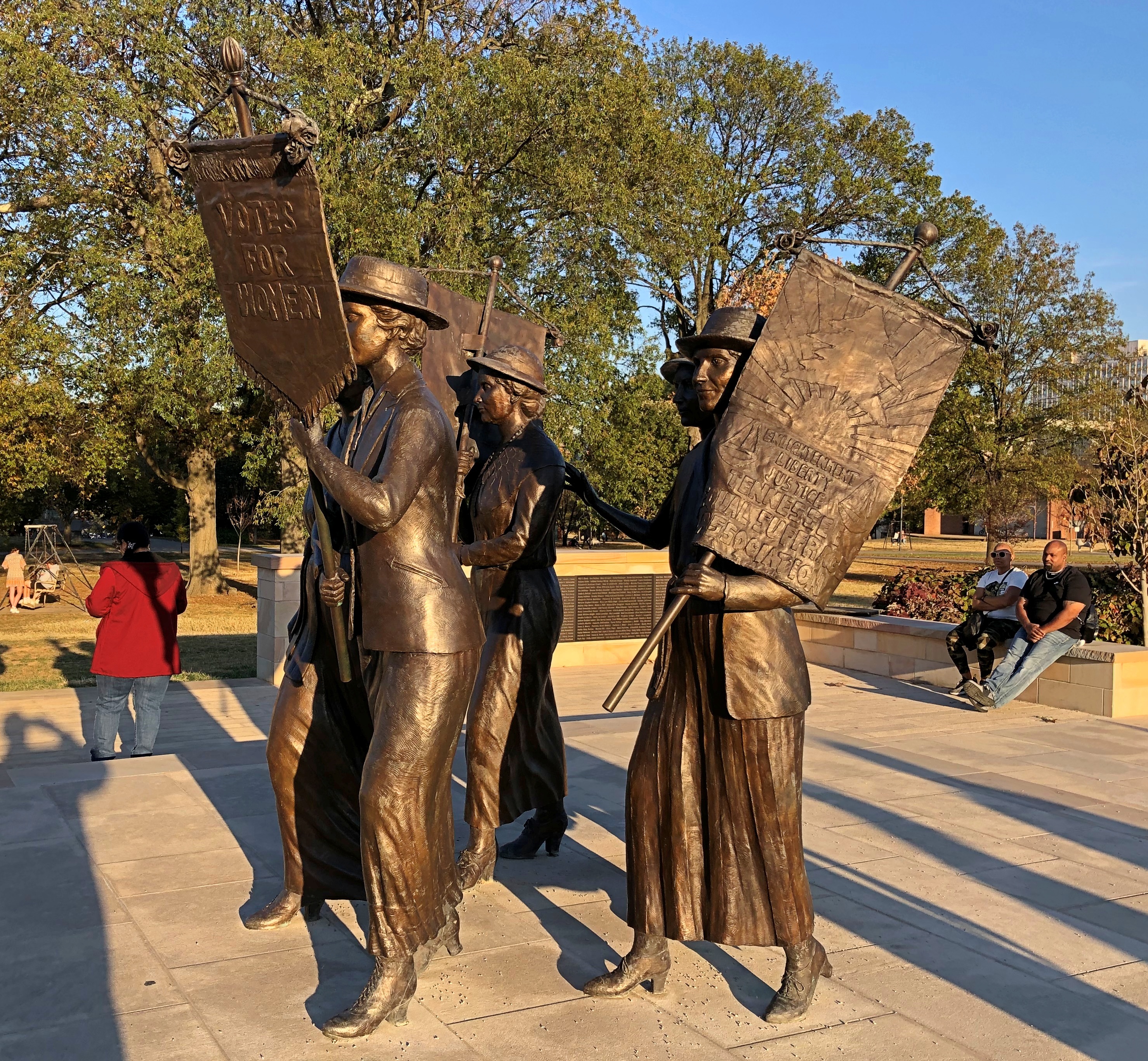
We visited a few other spots in the park, but forget to visit the new Taylor Swift Bench. Oops.
